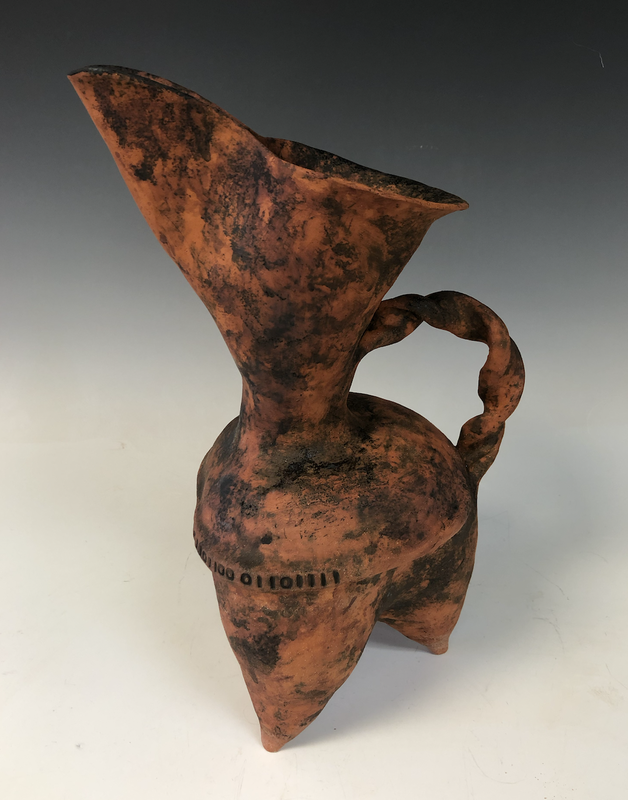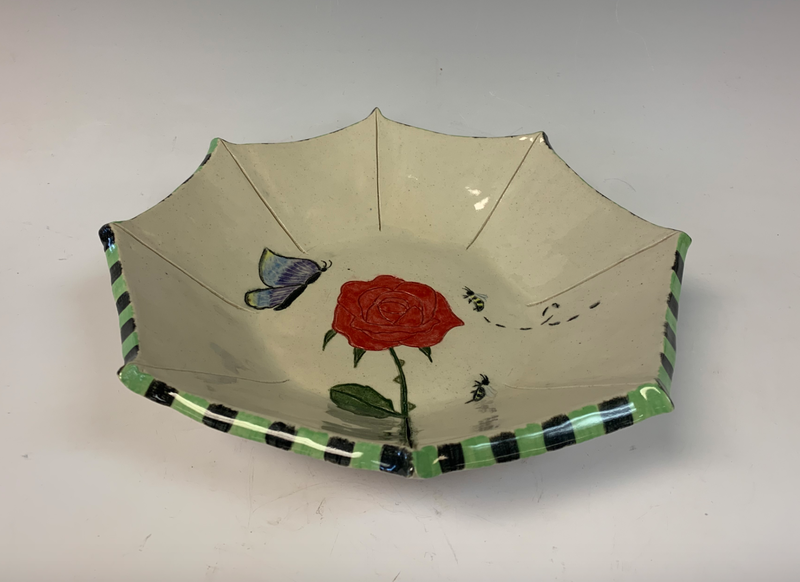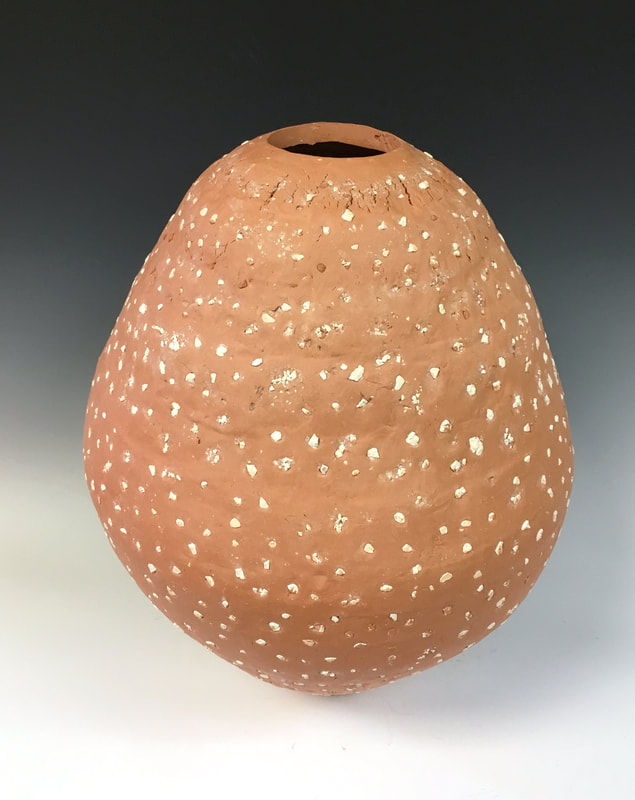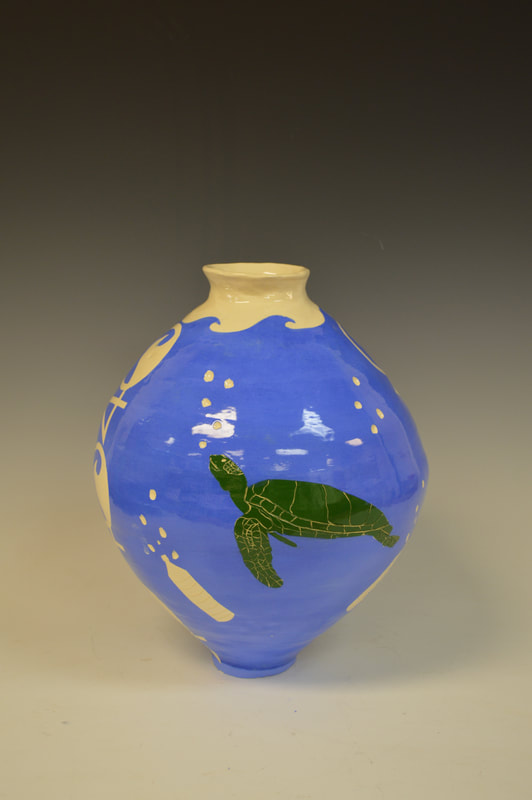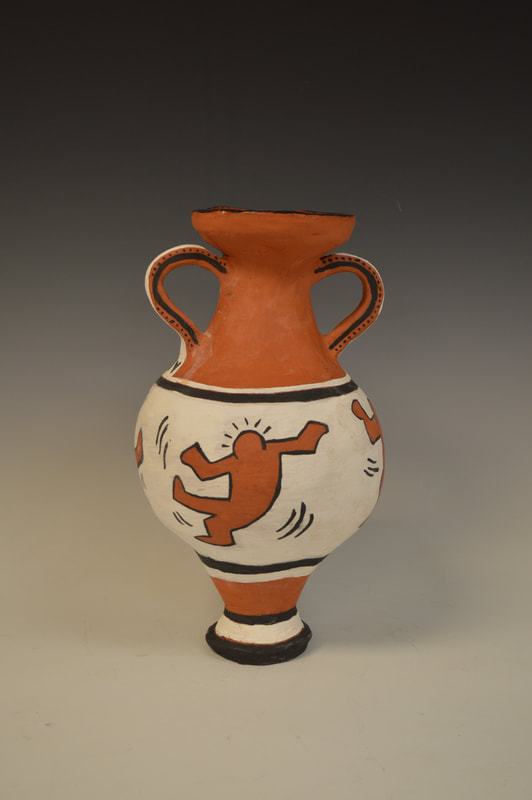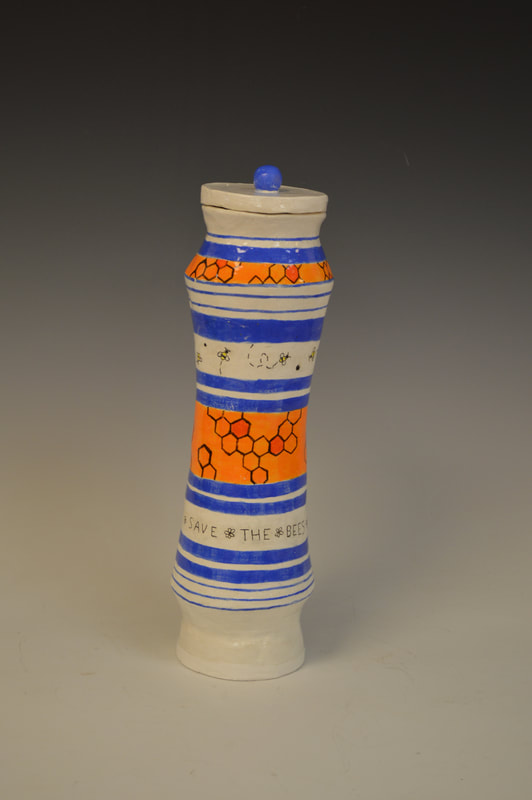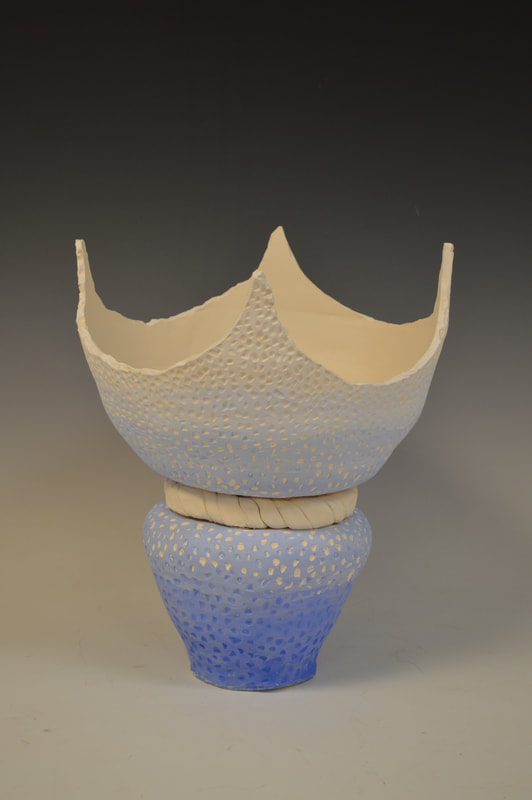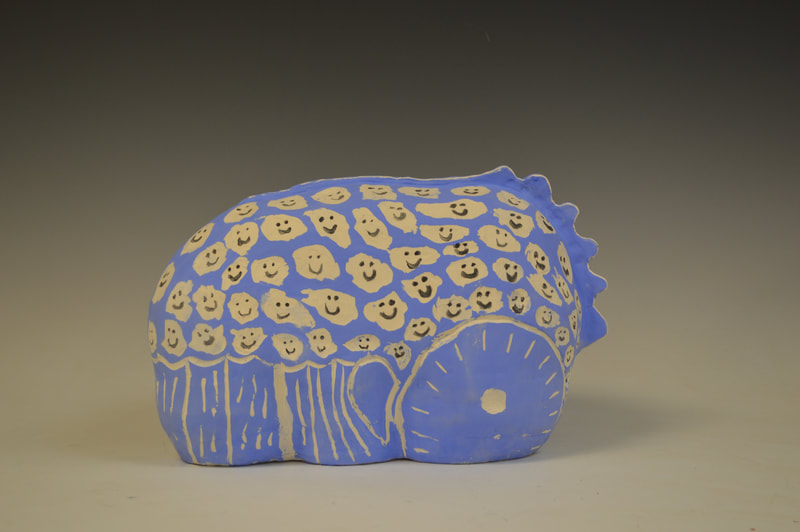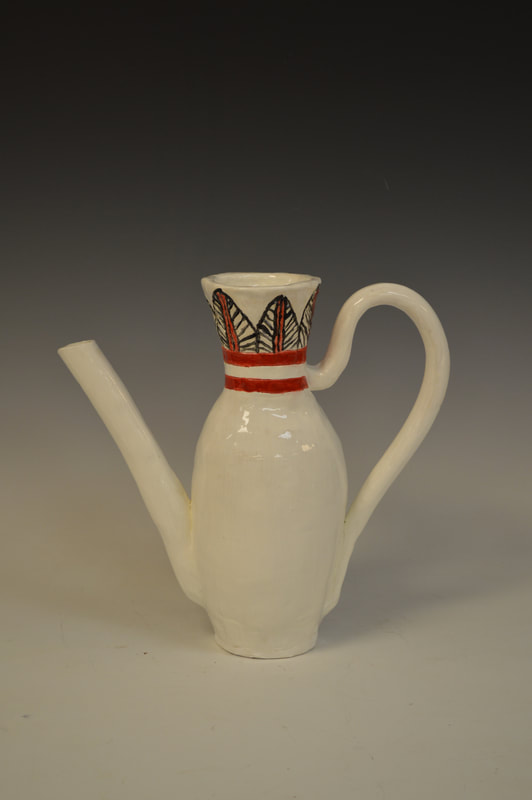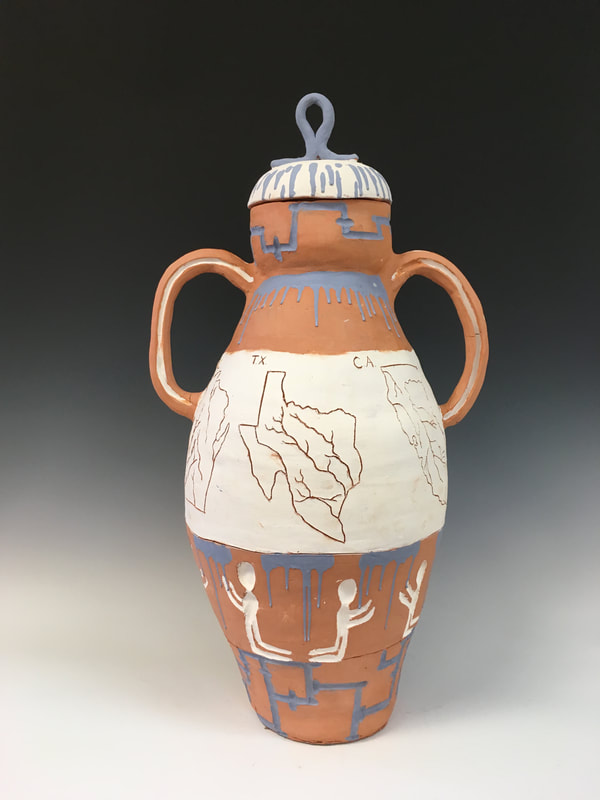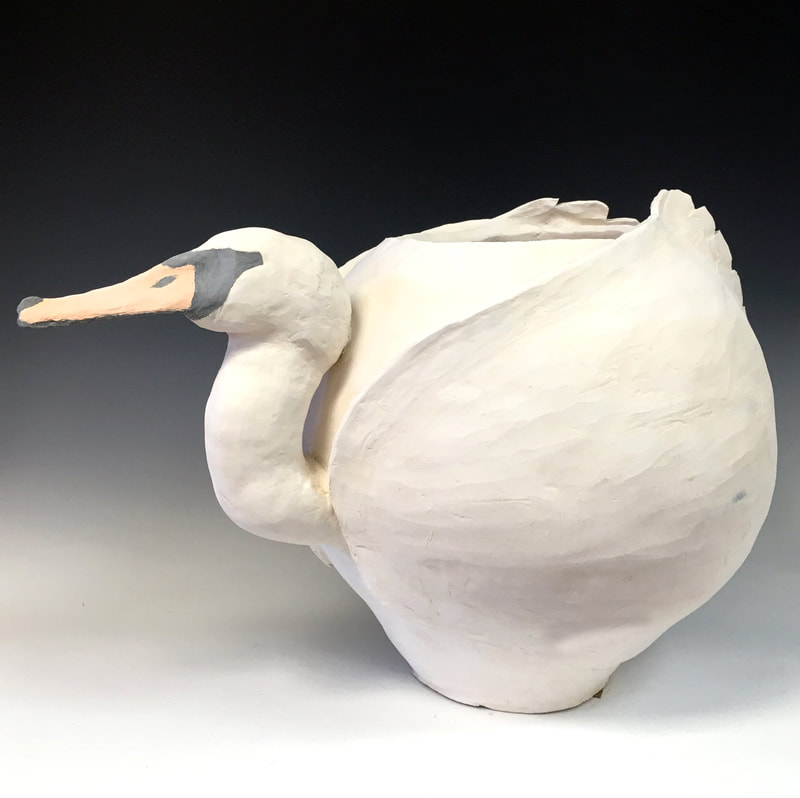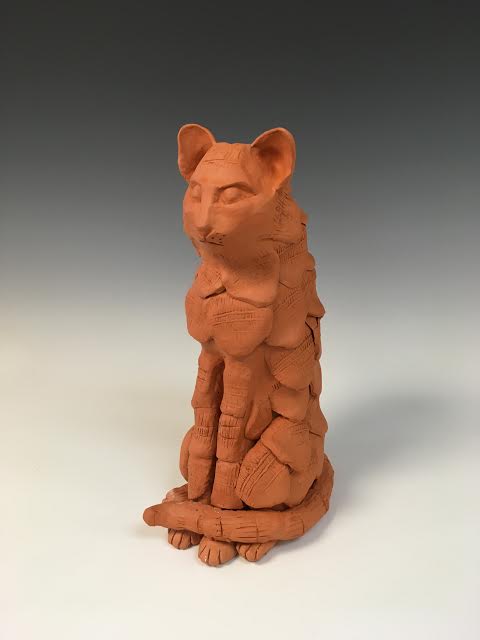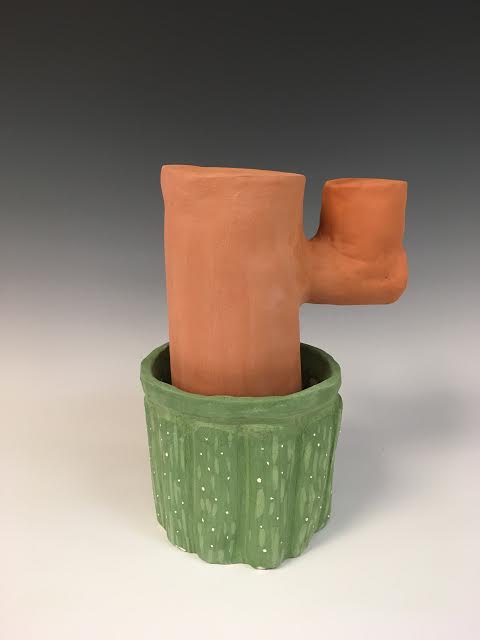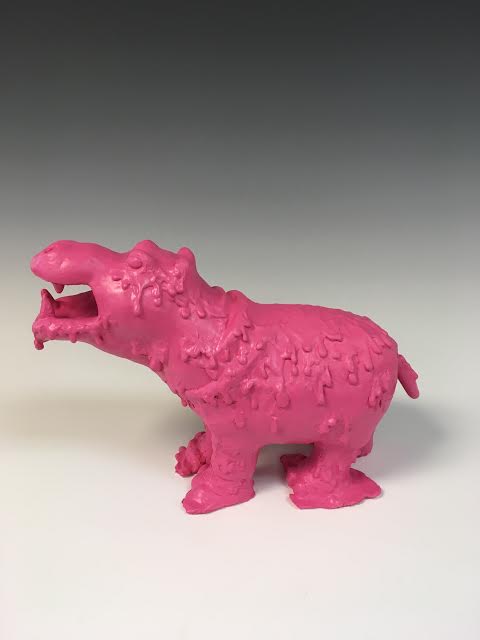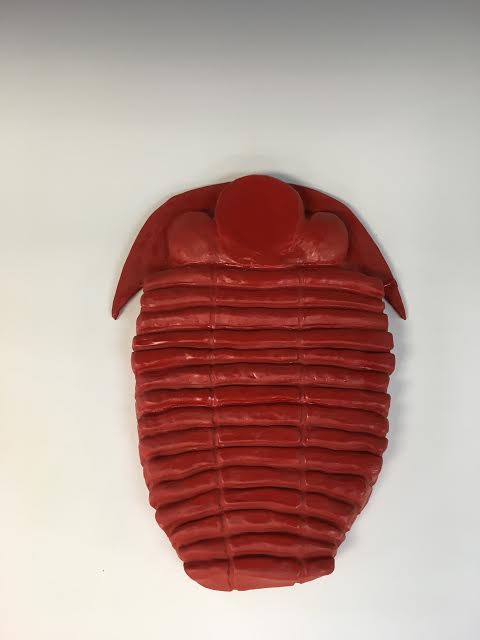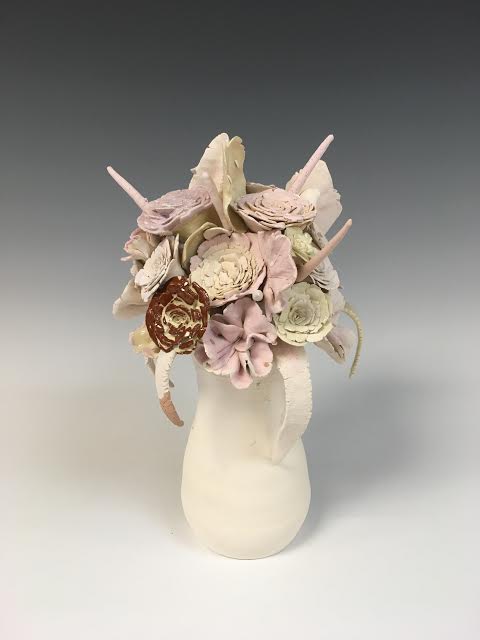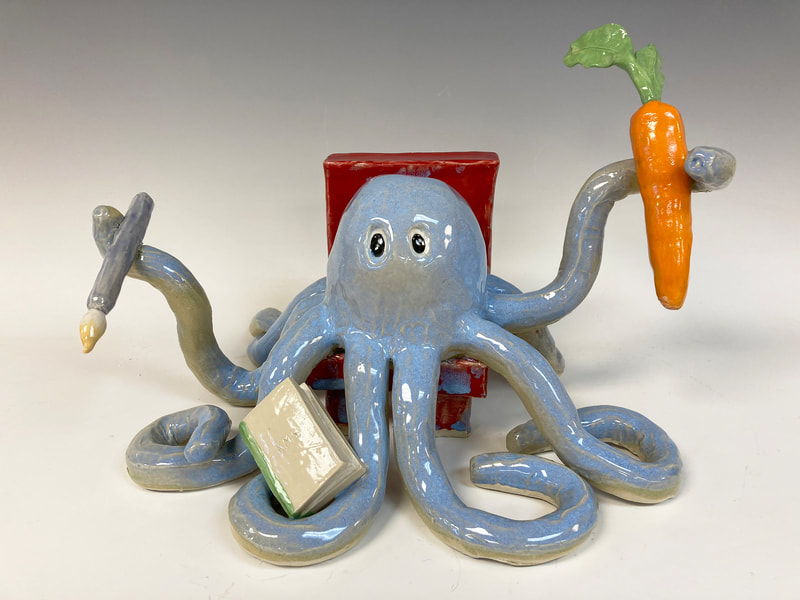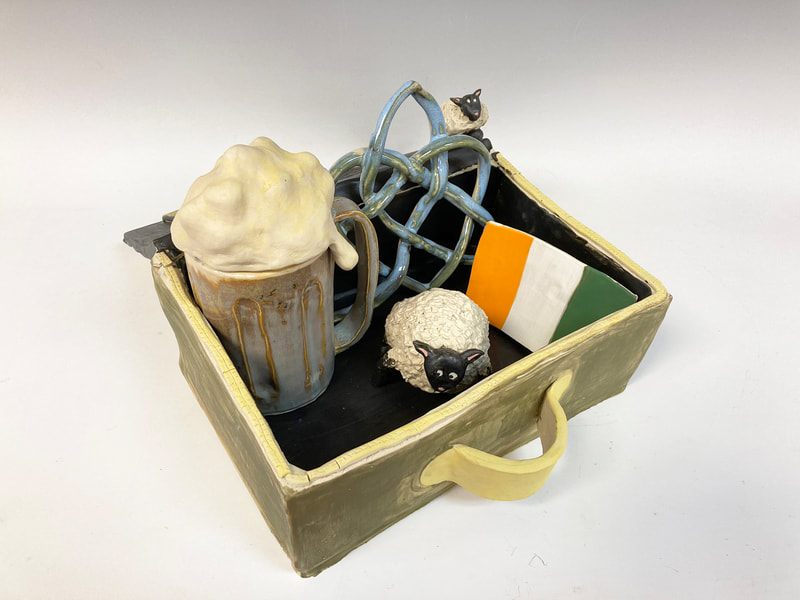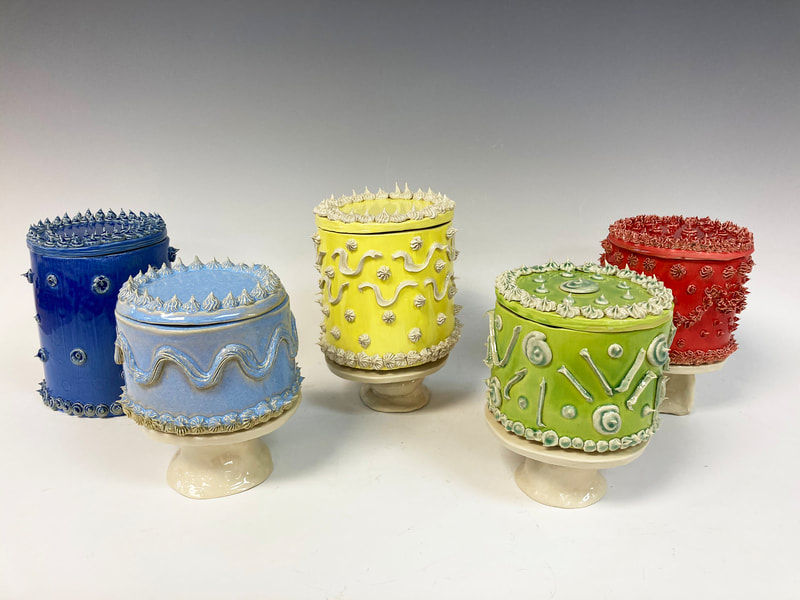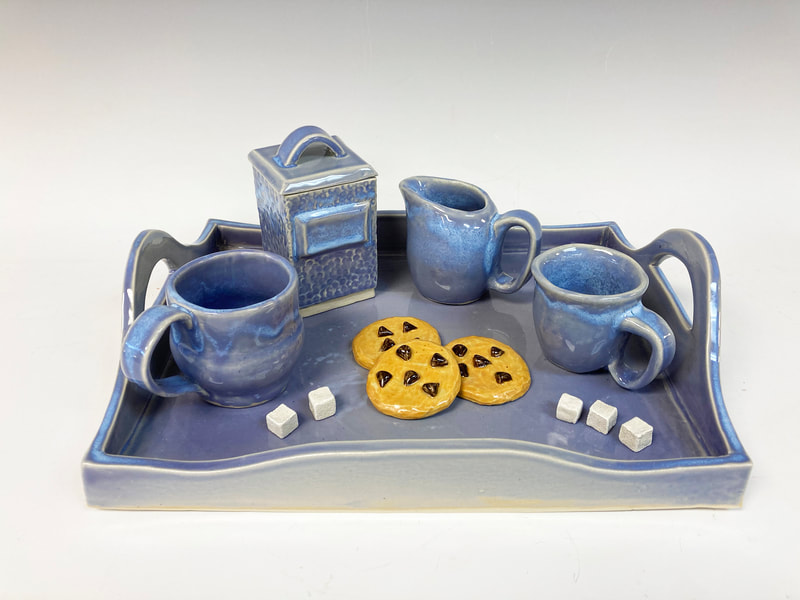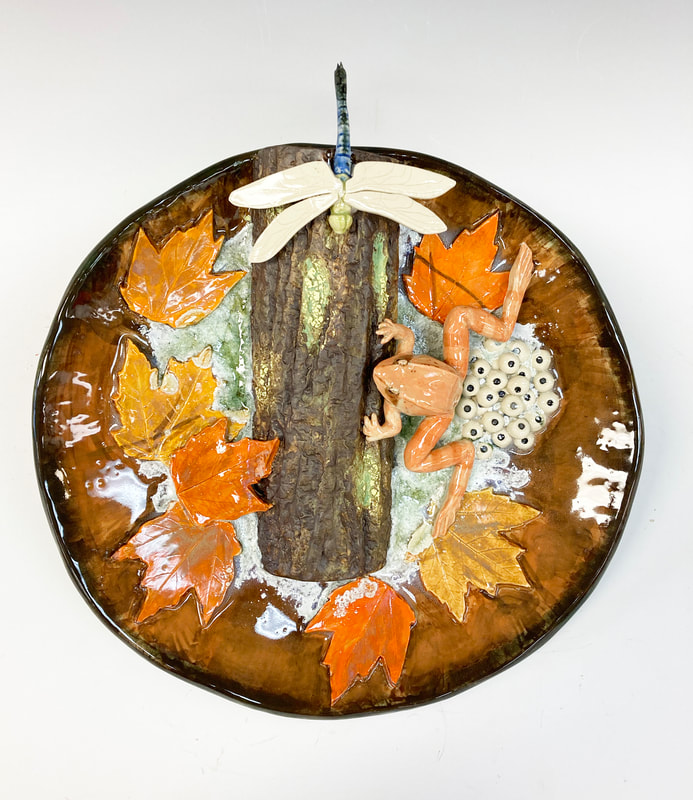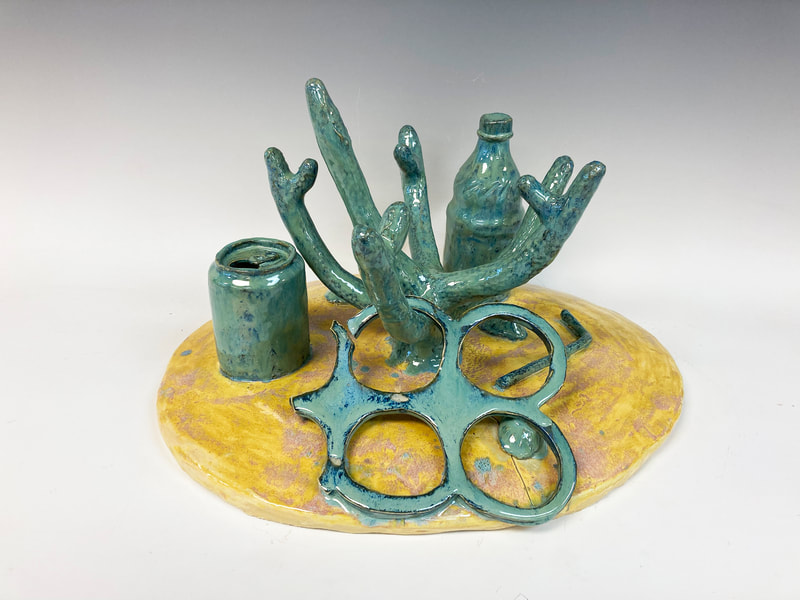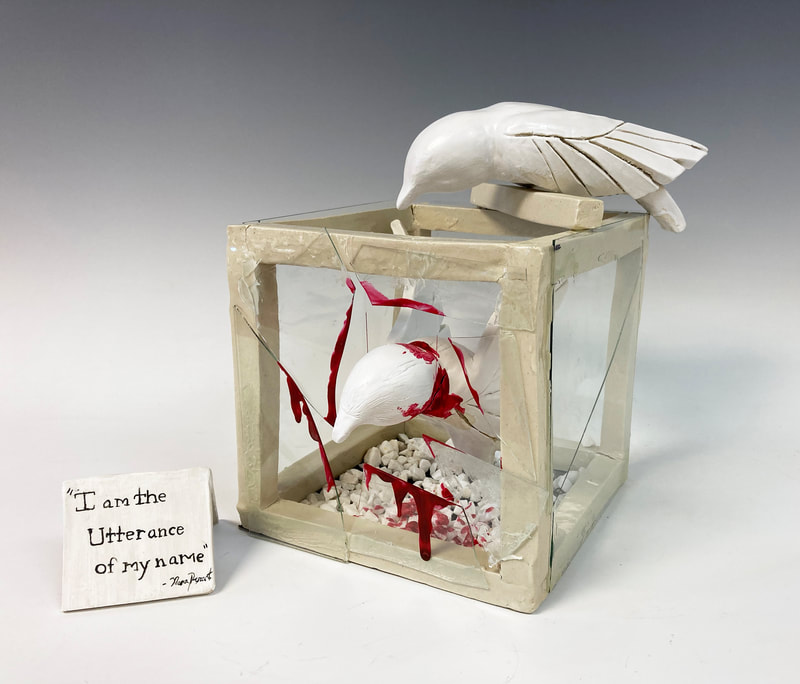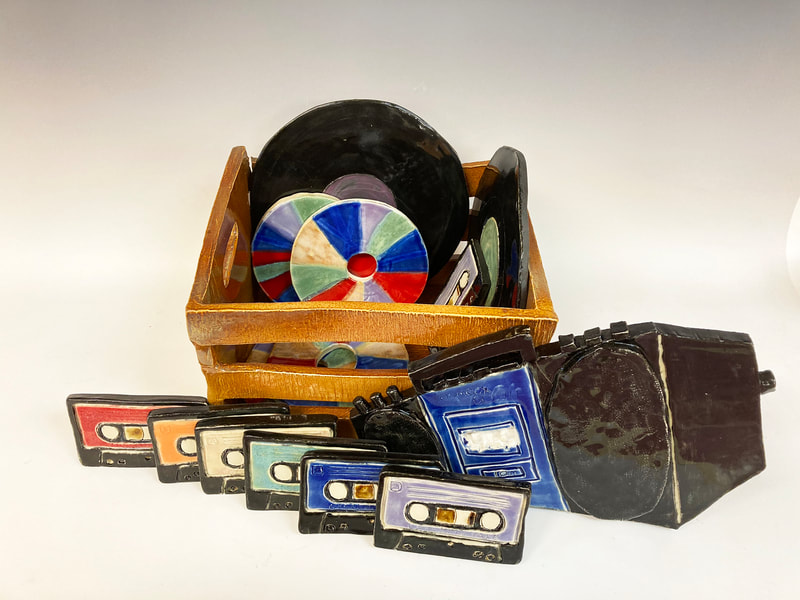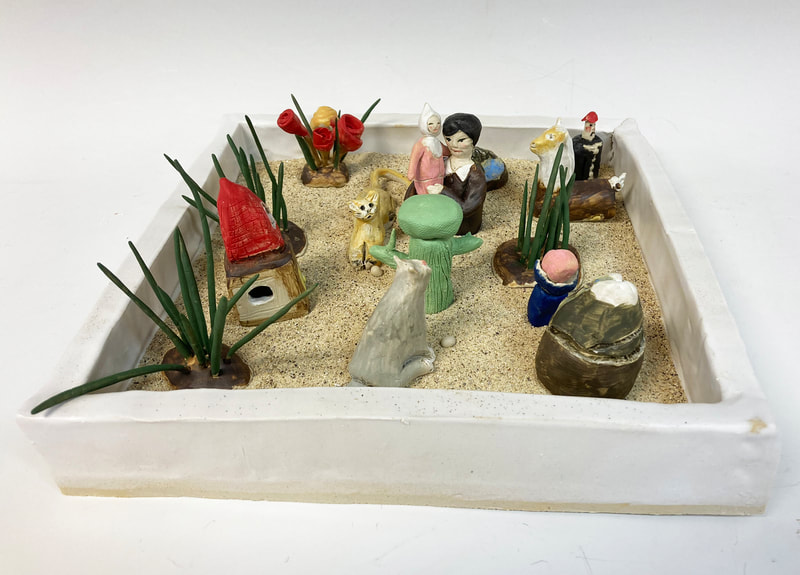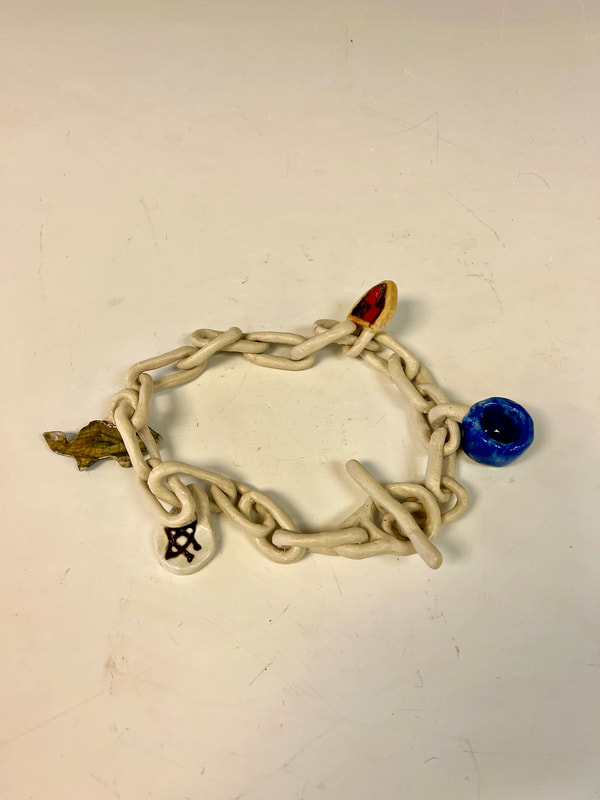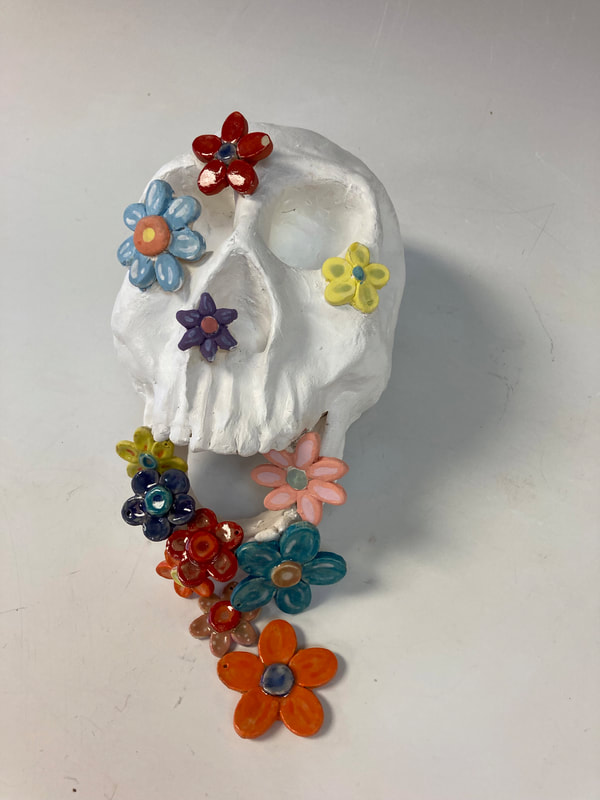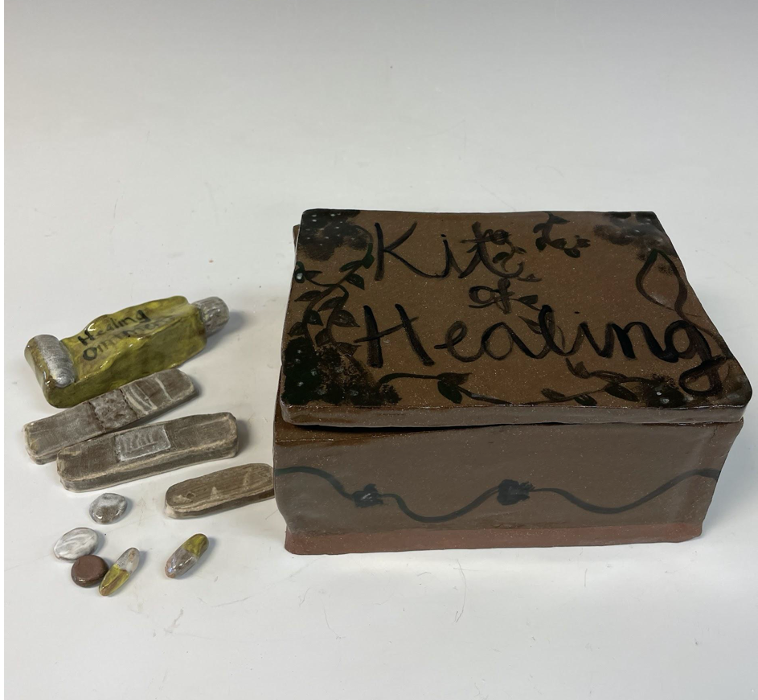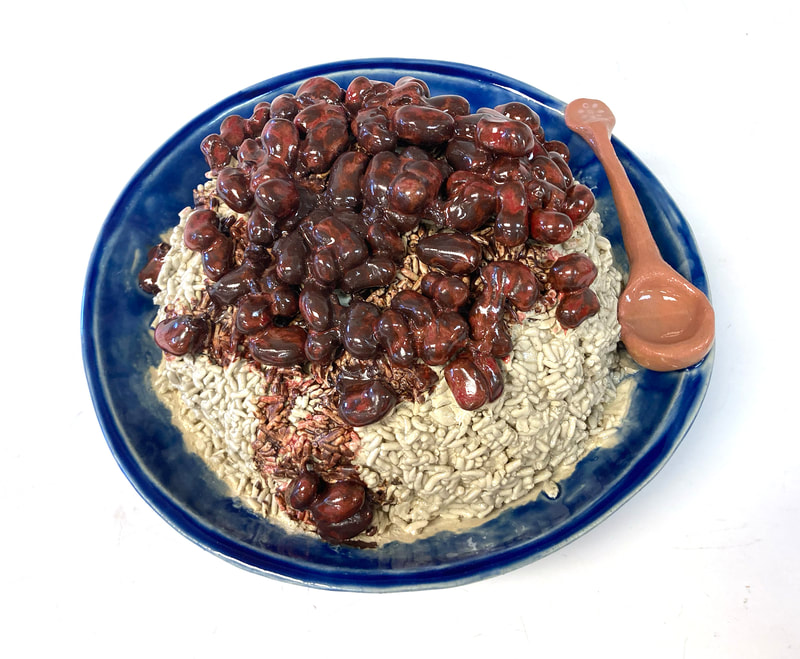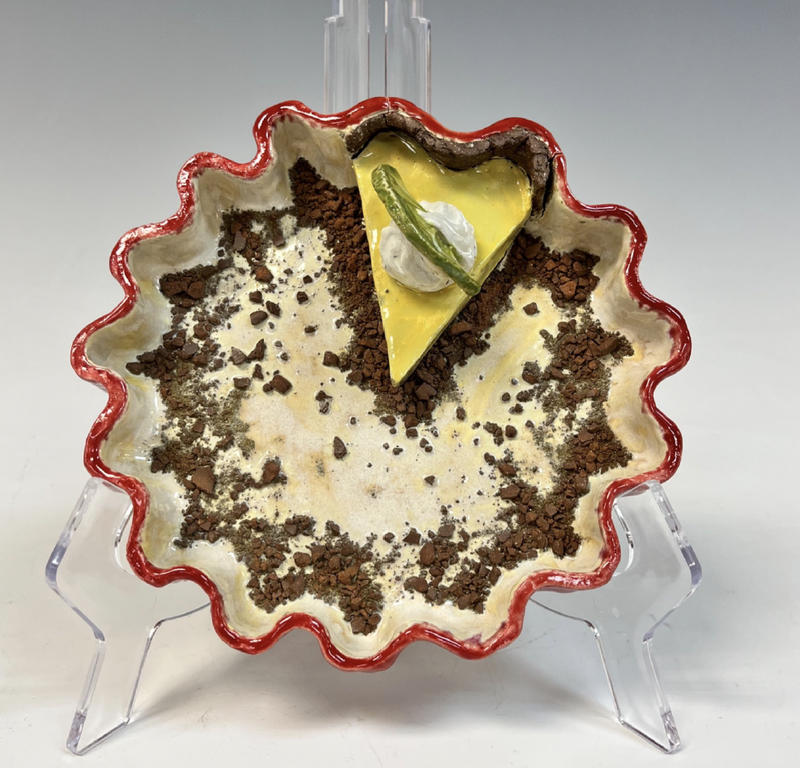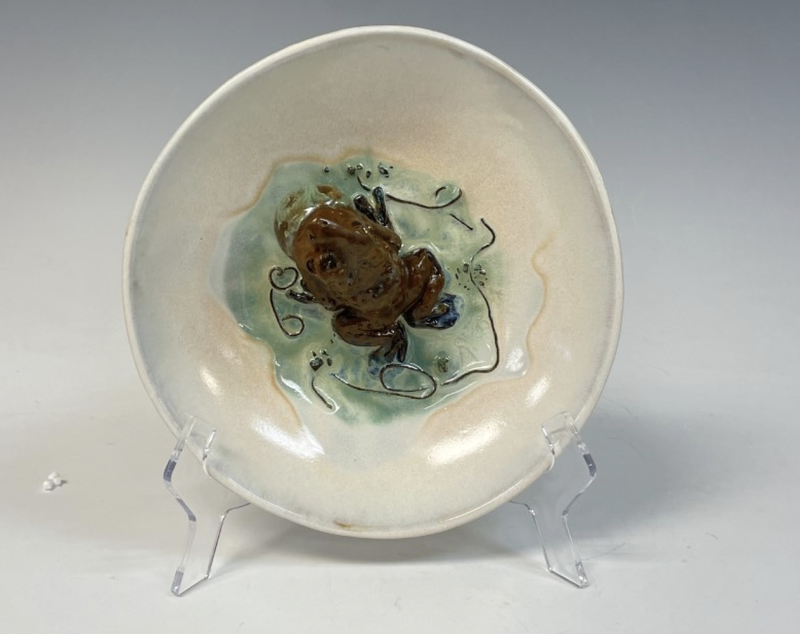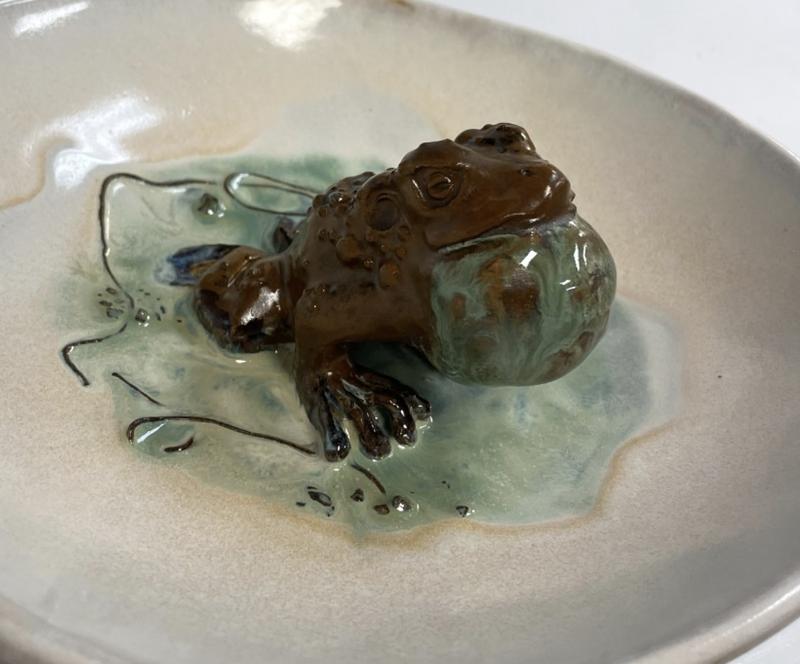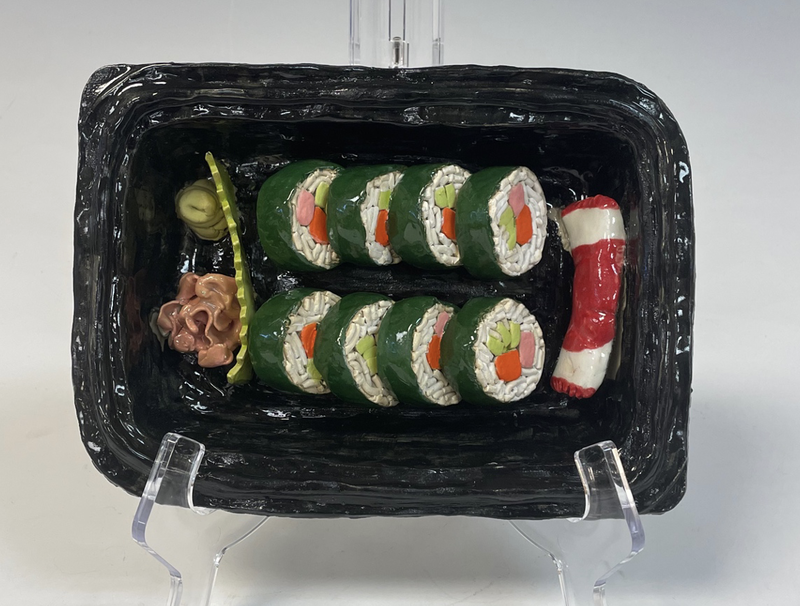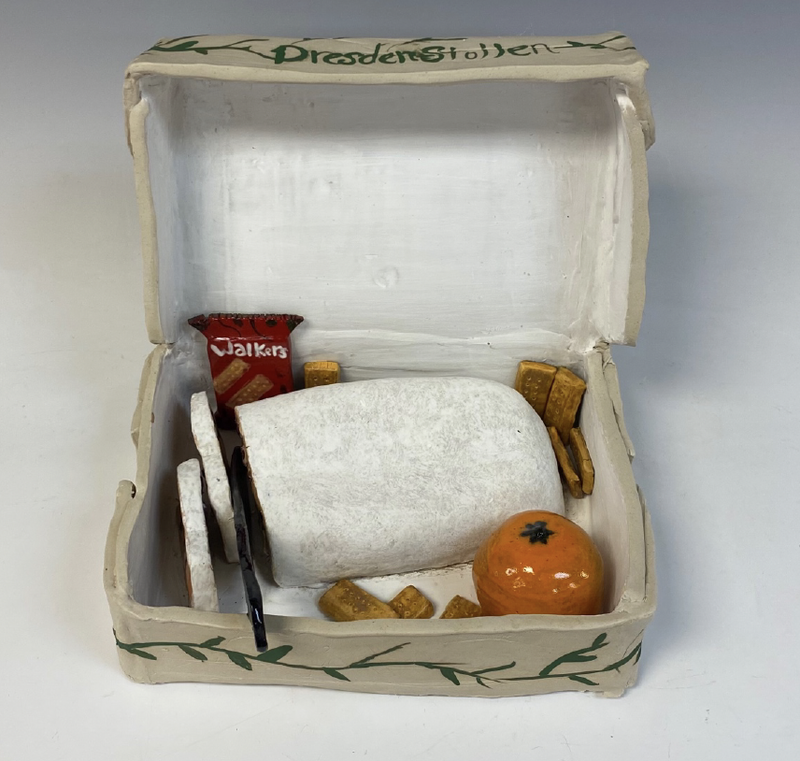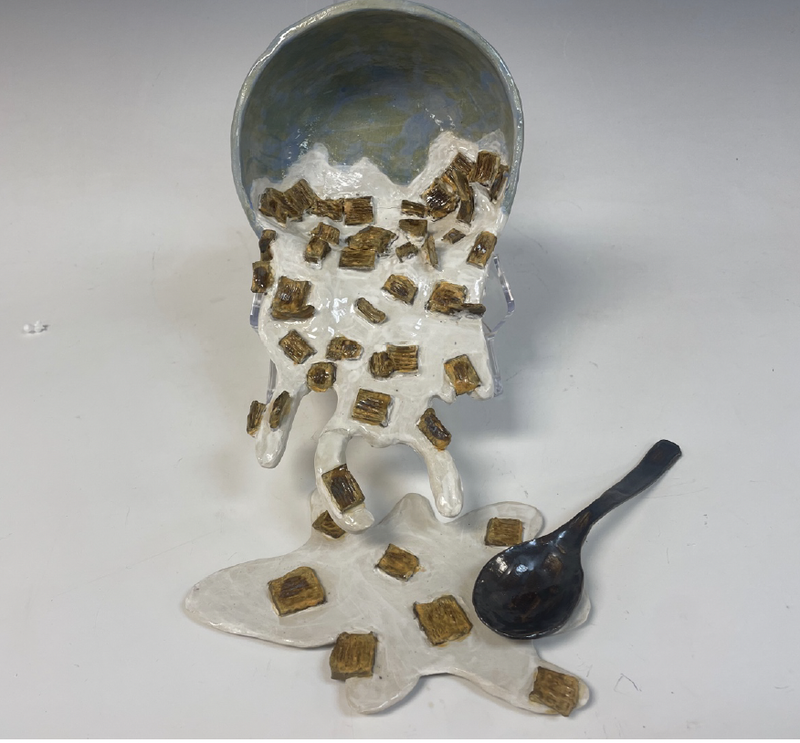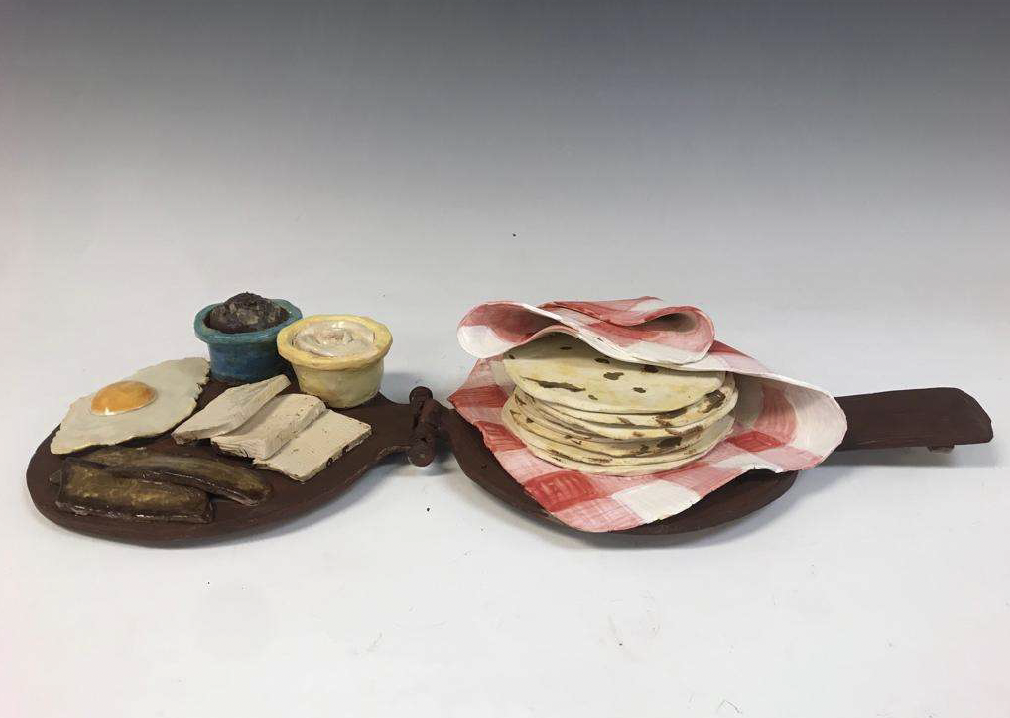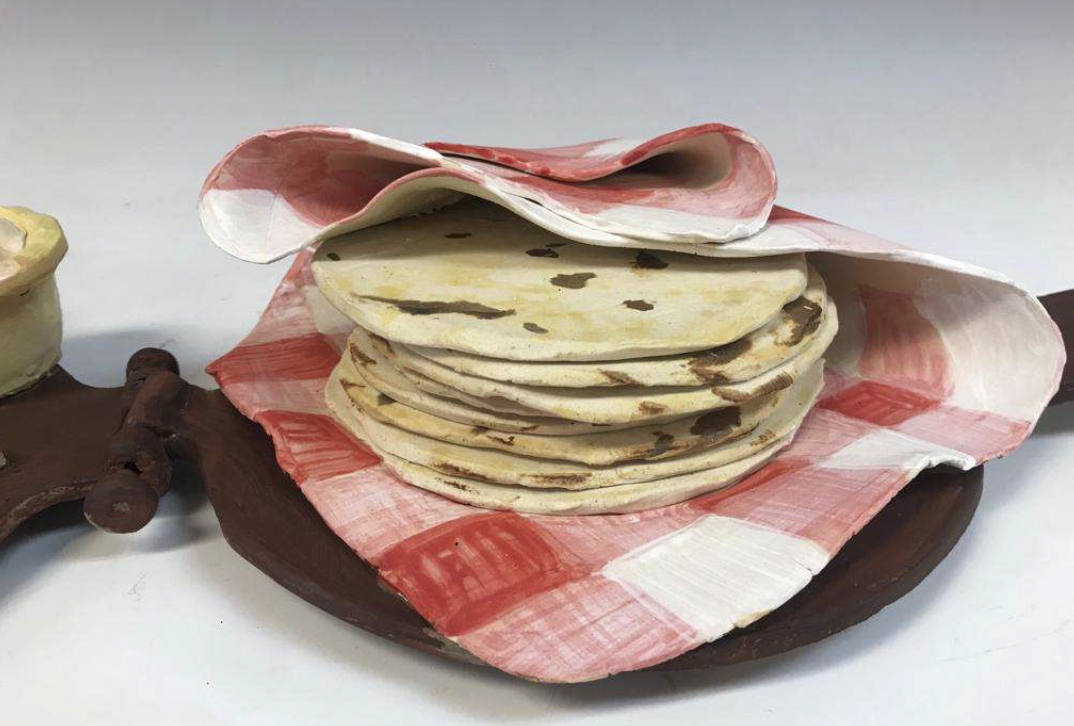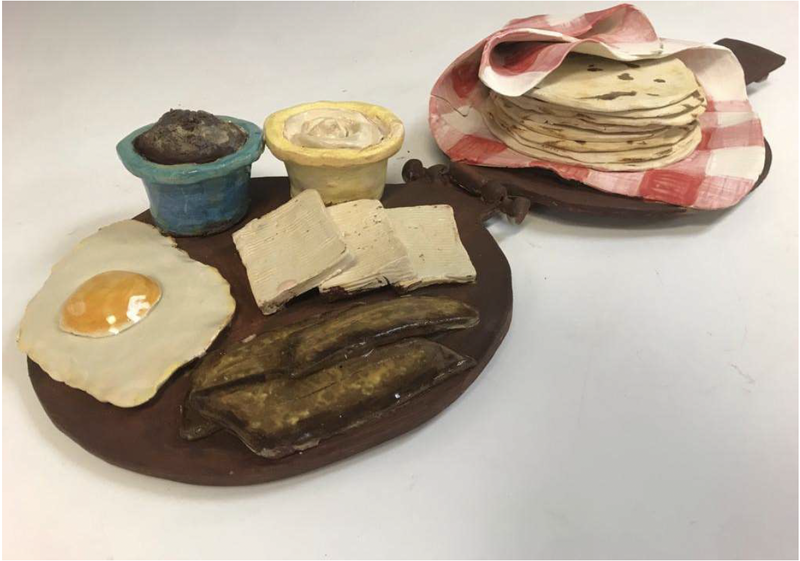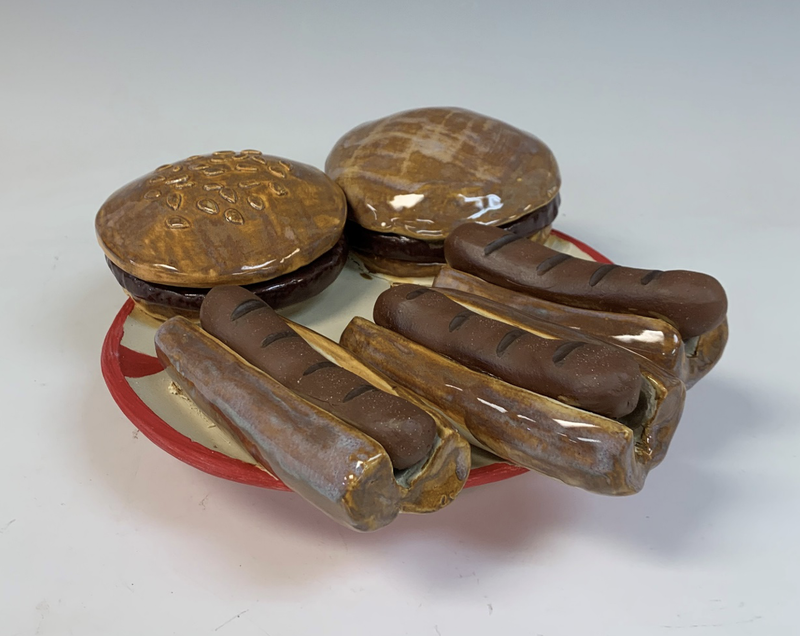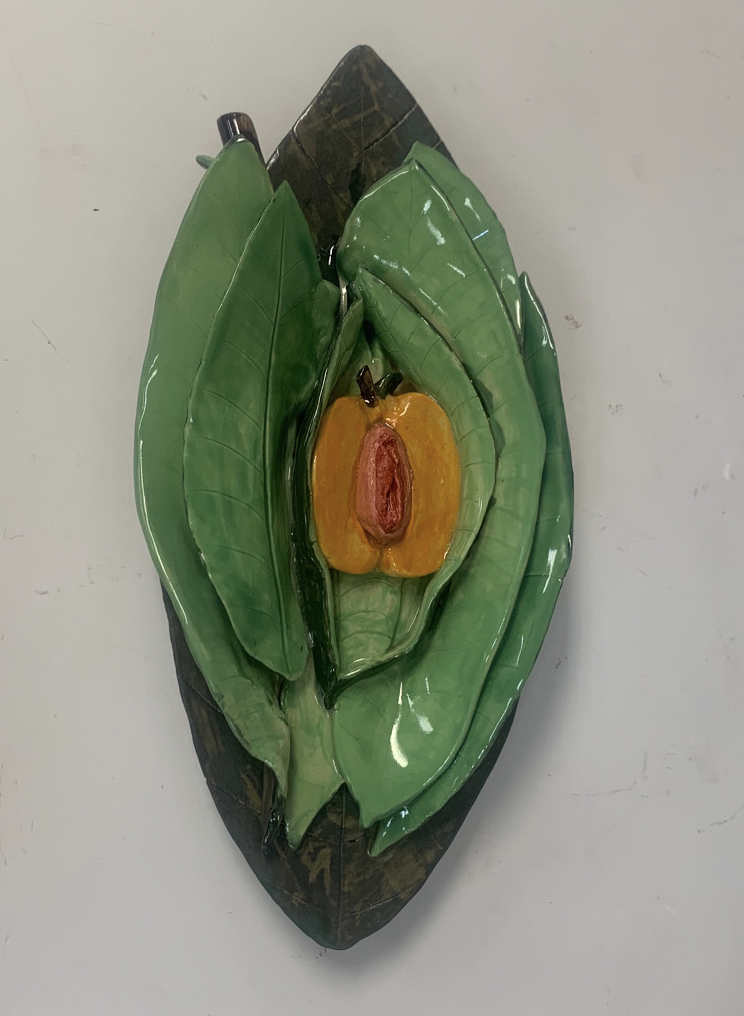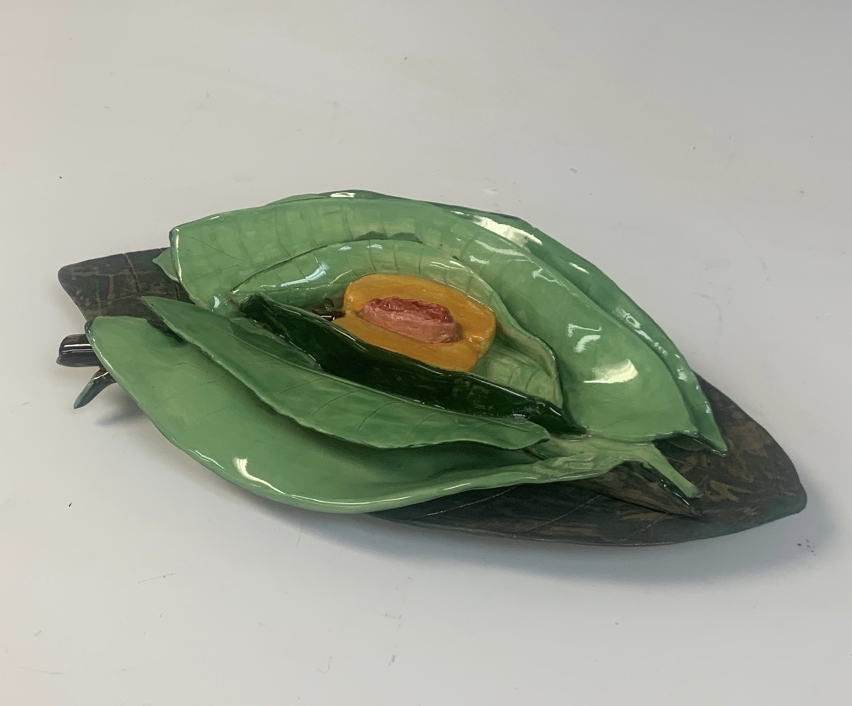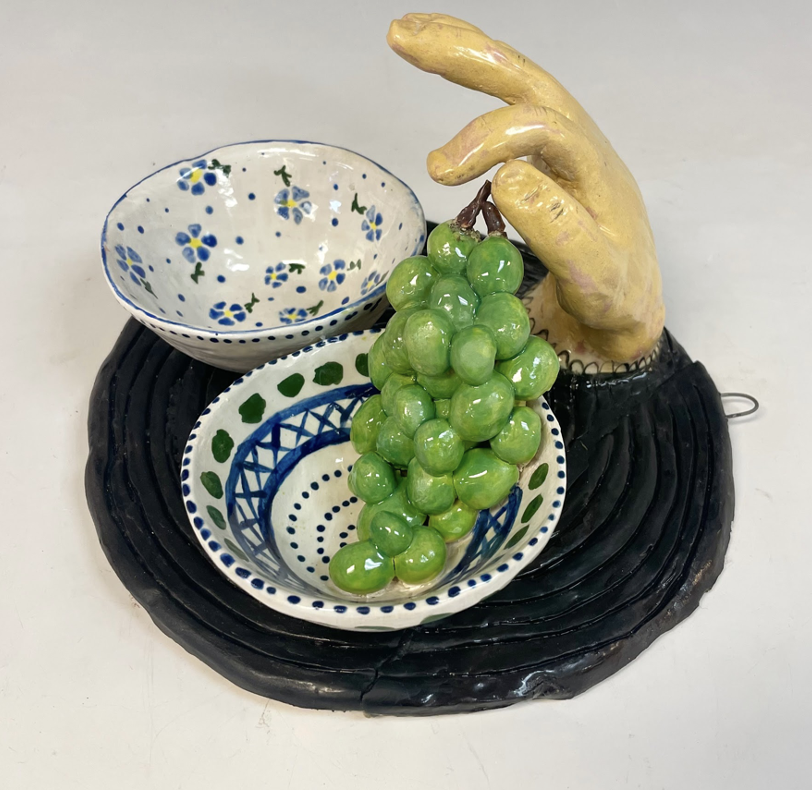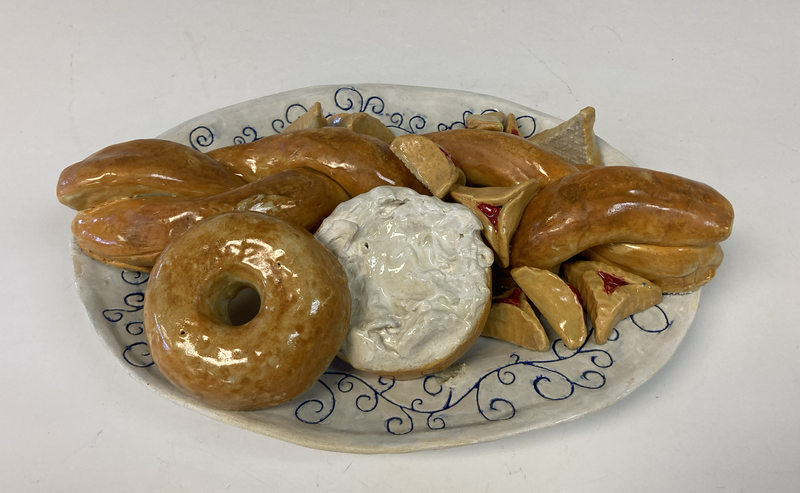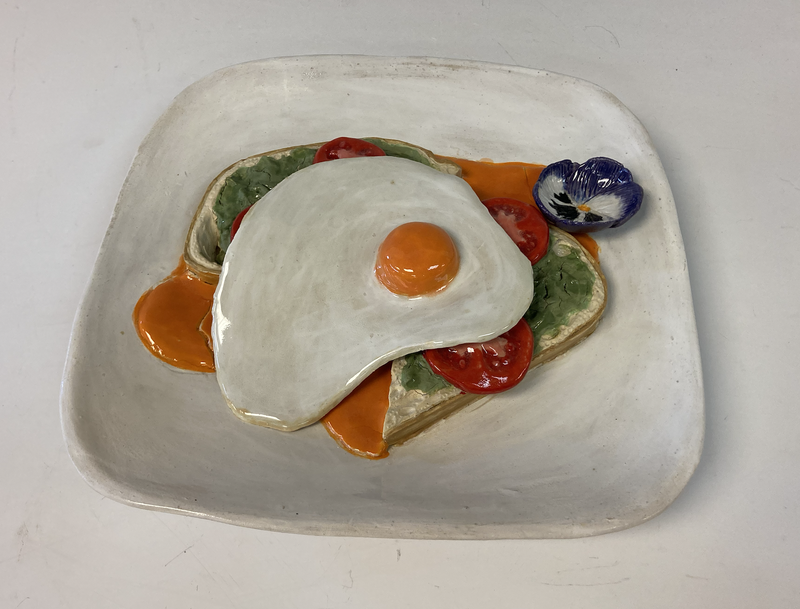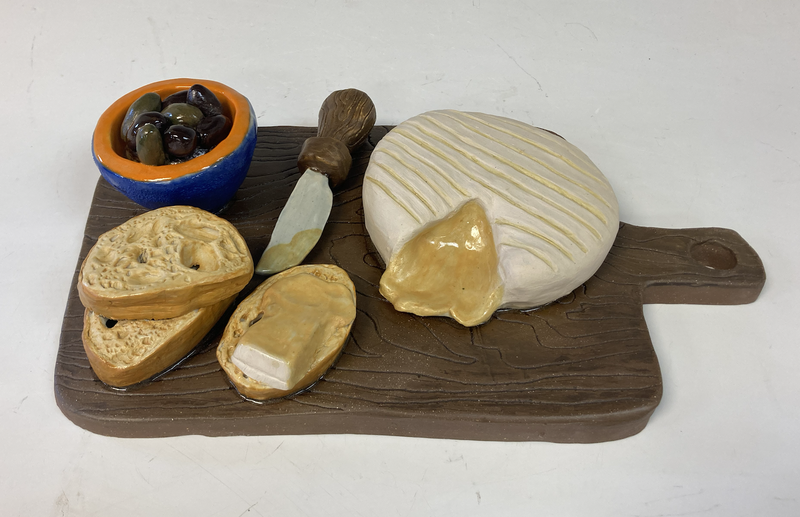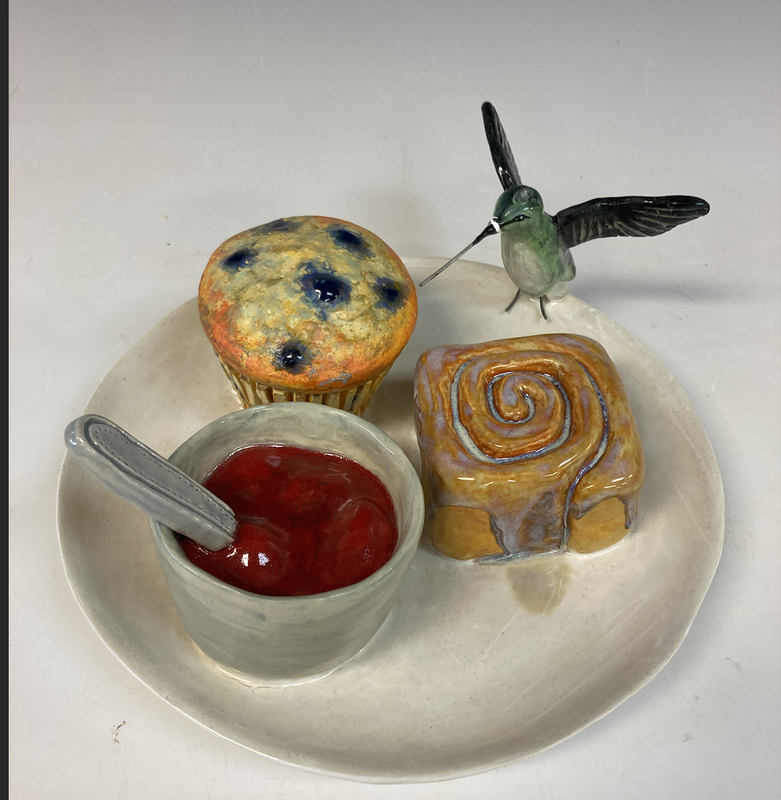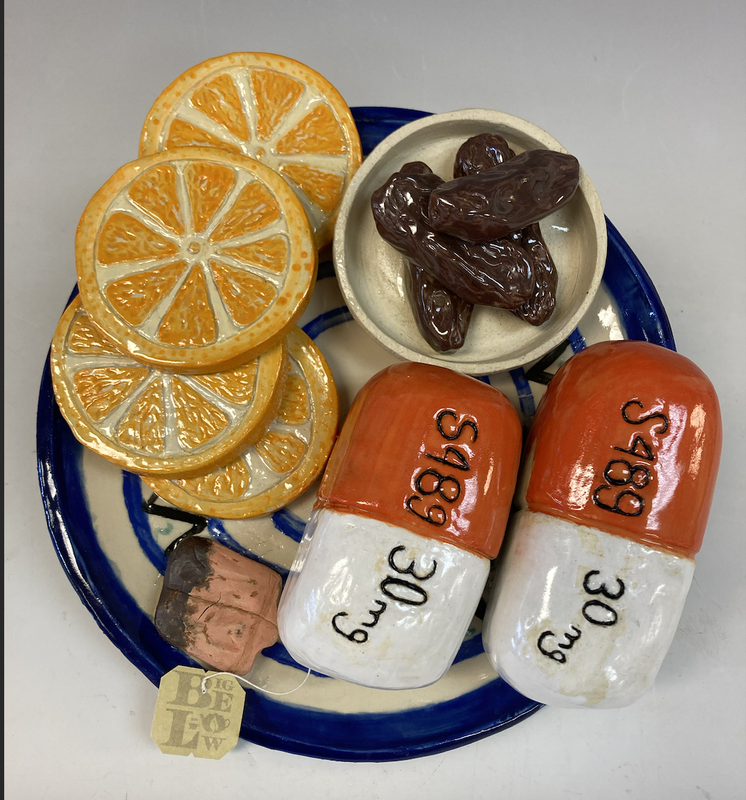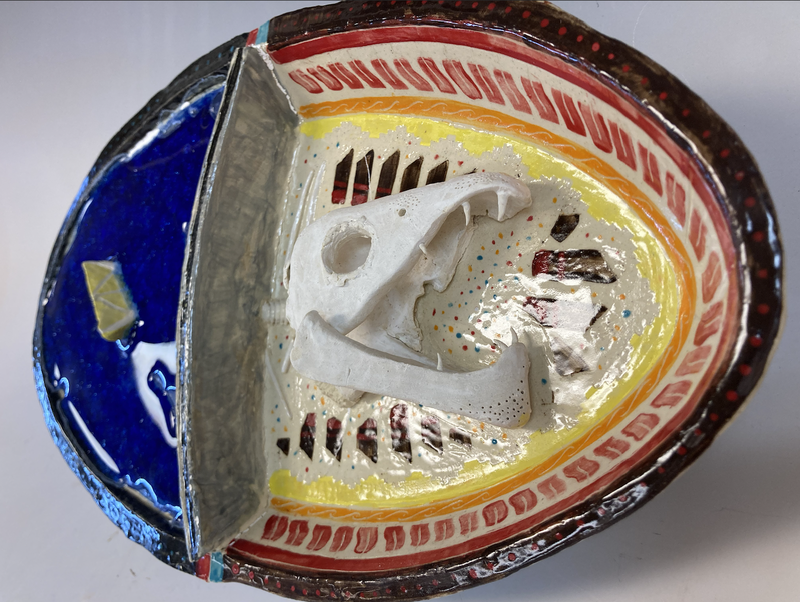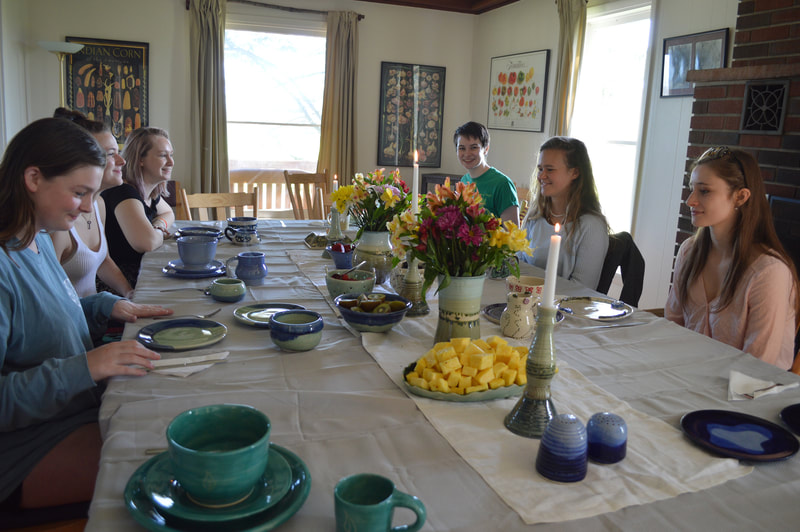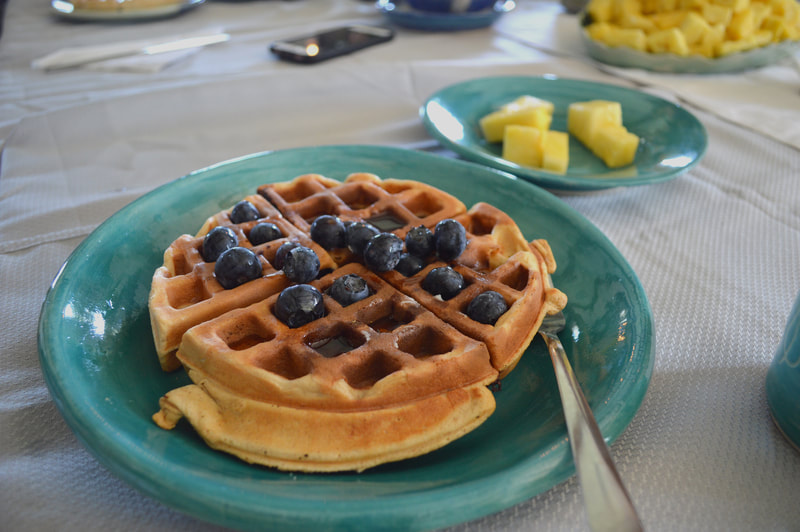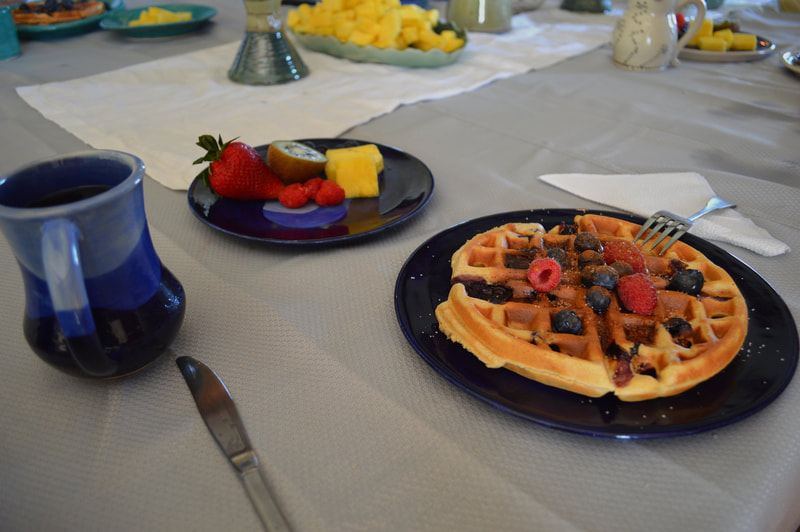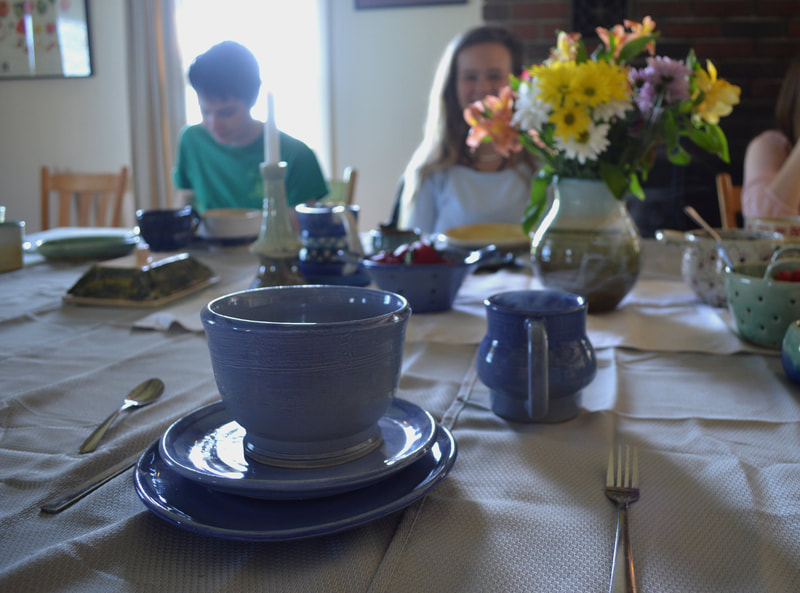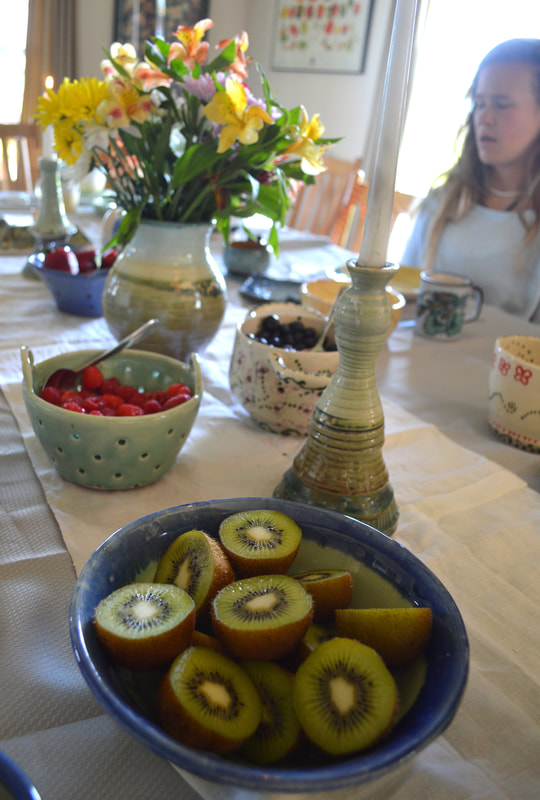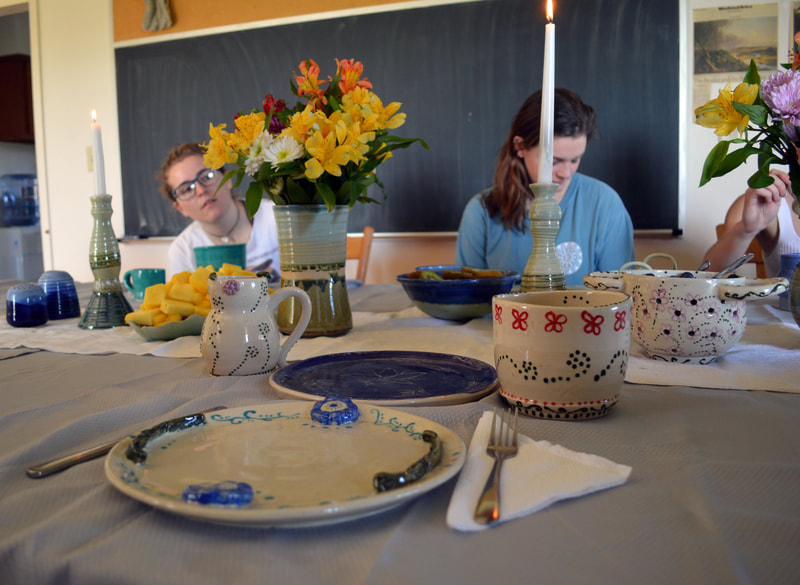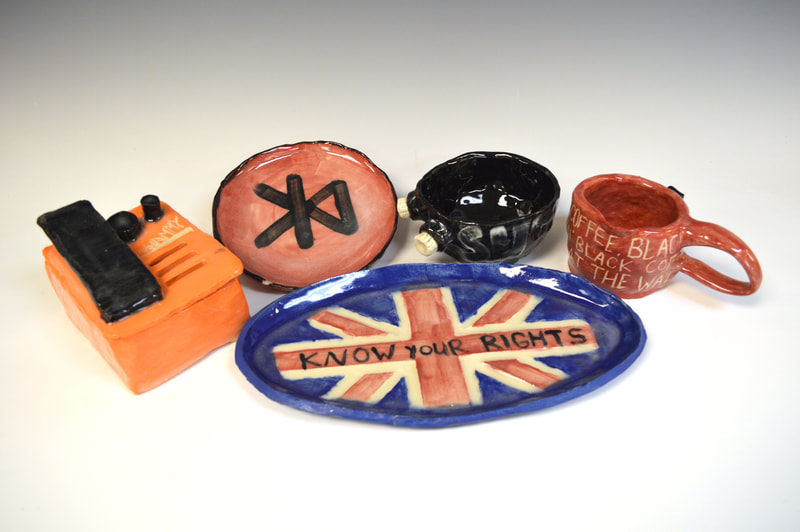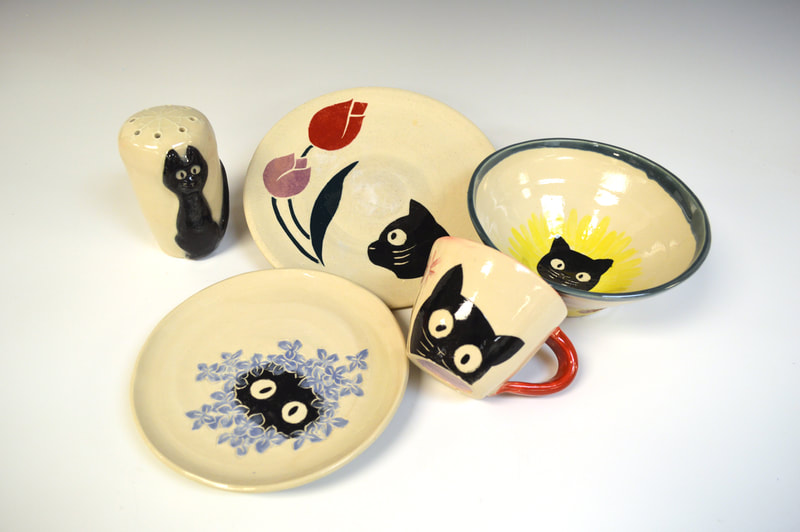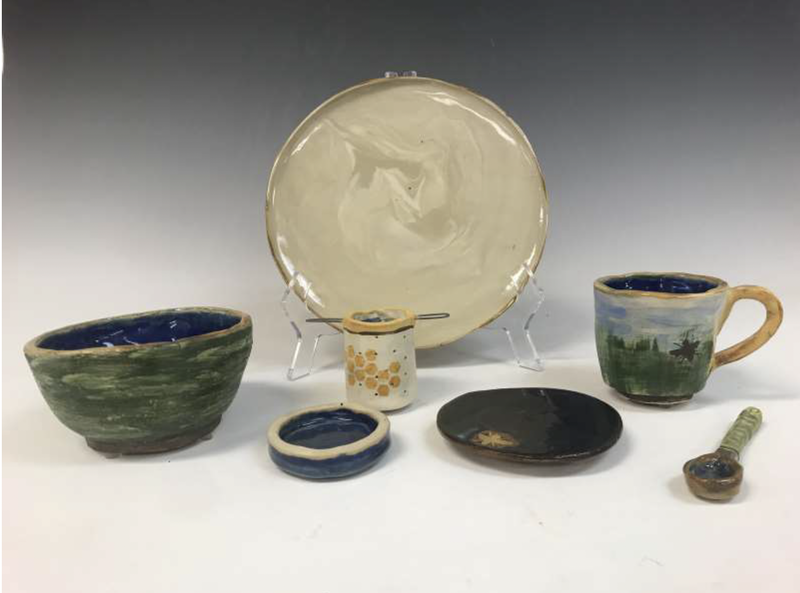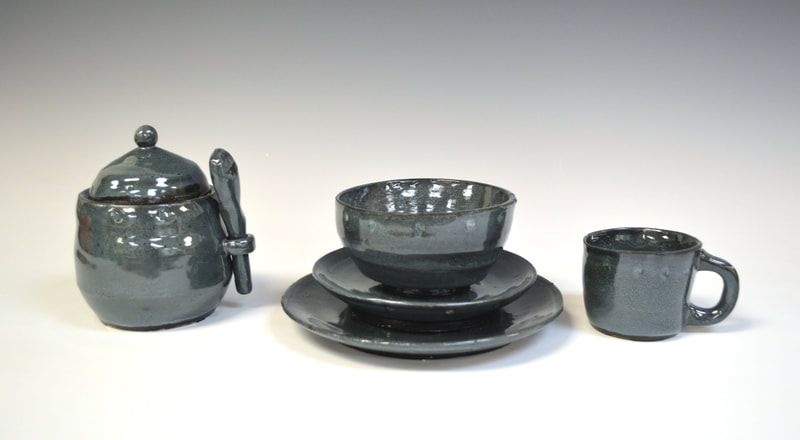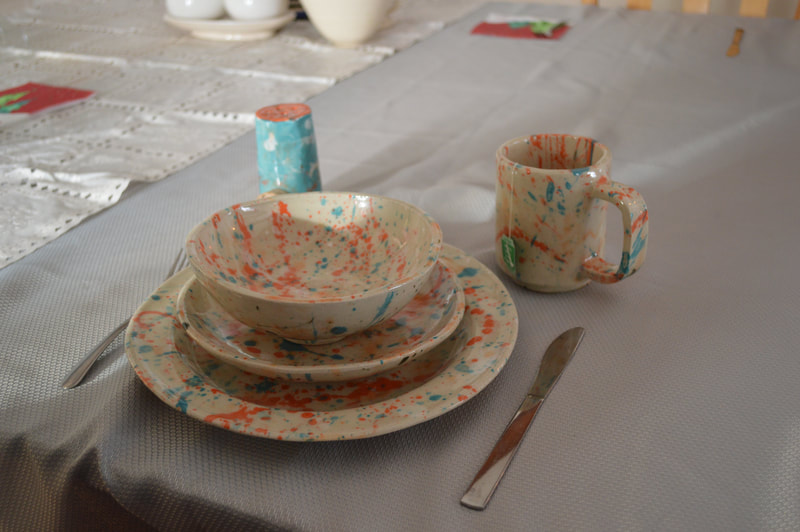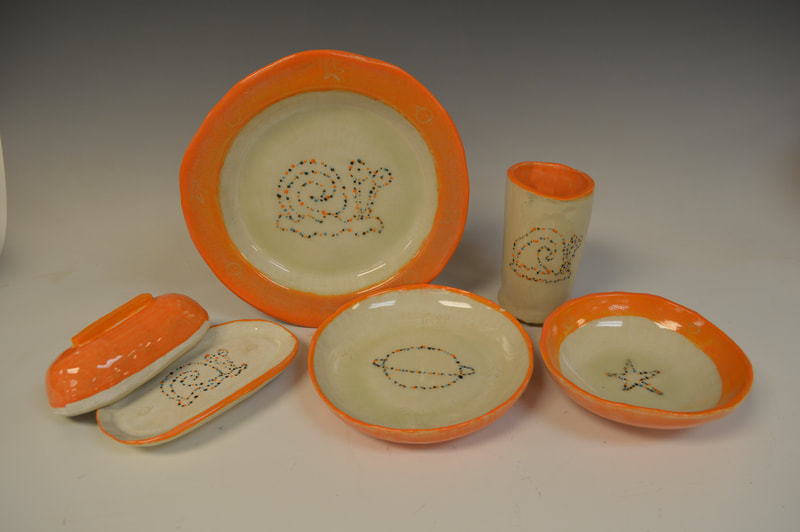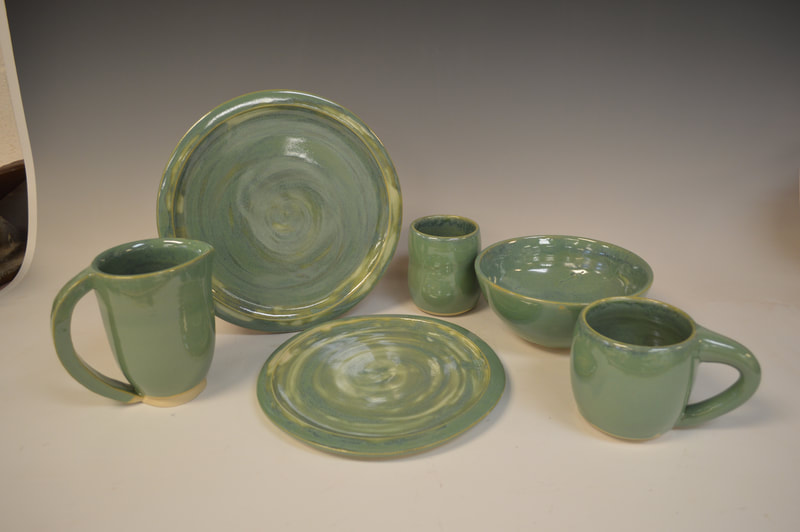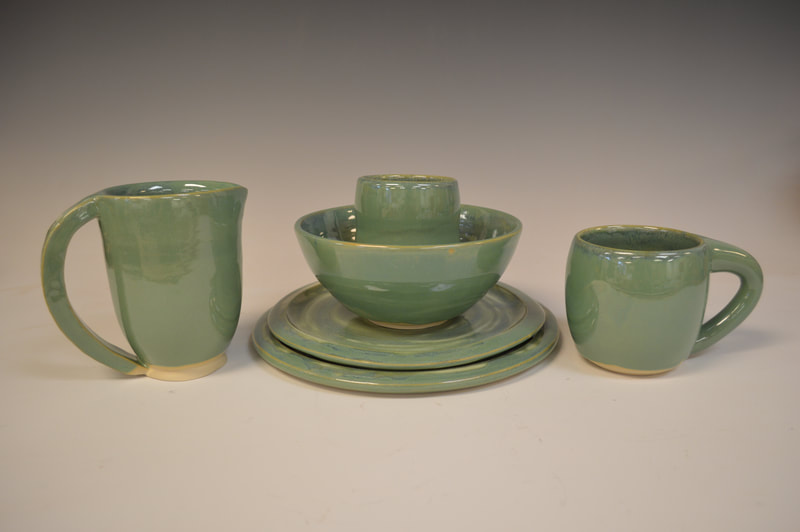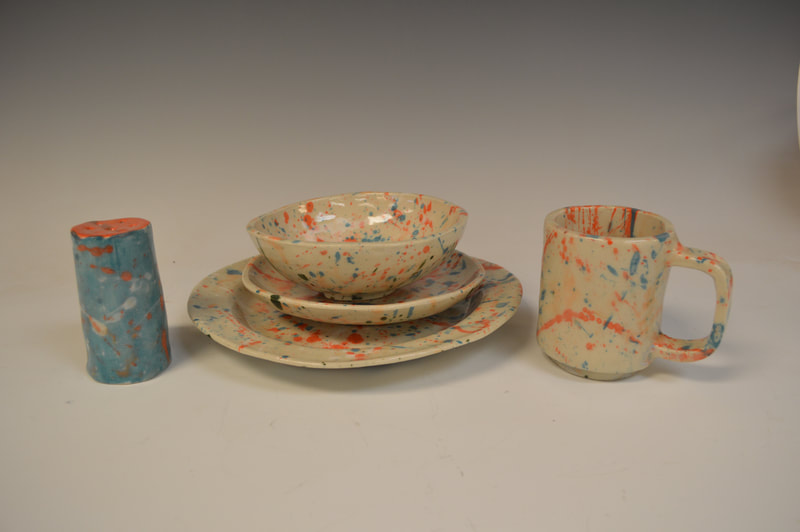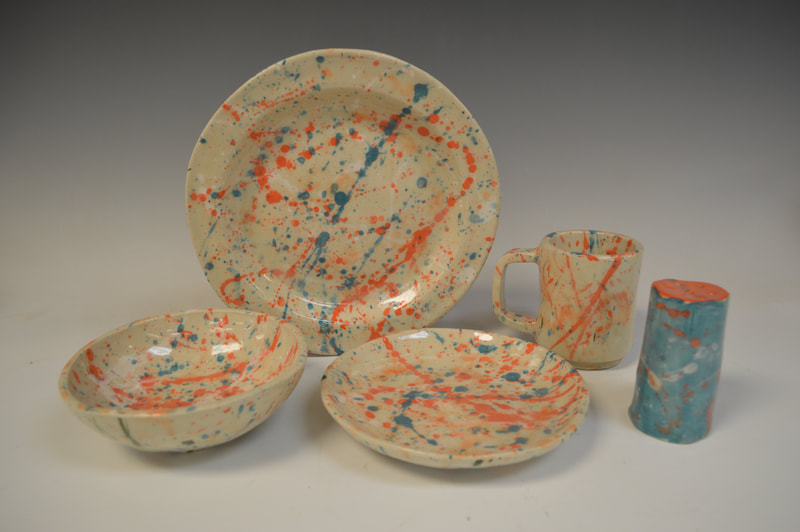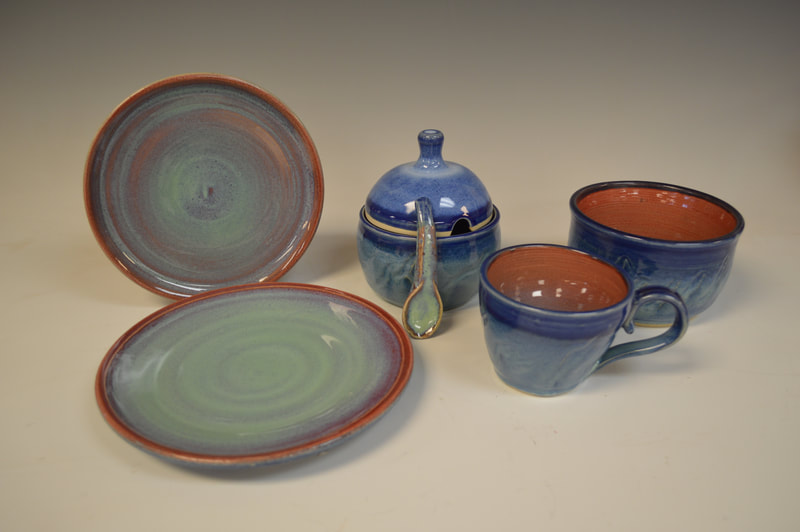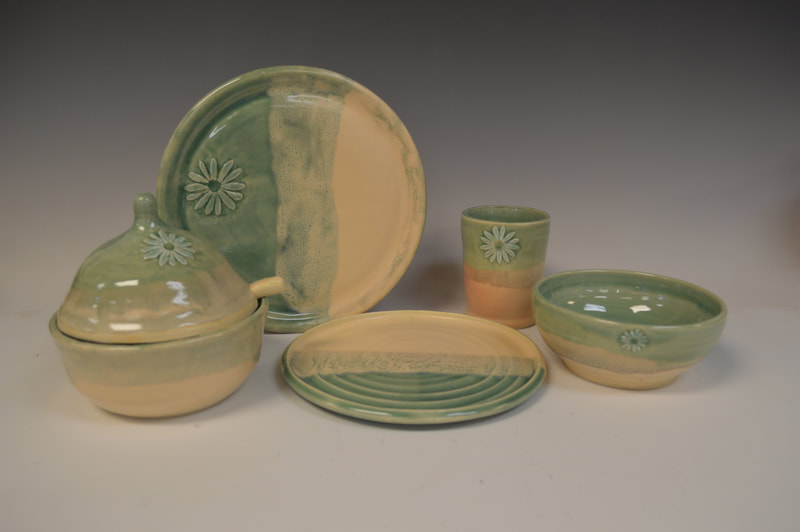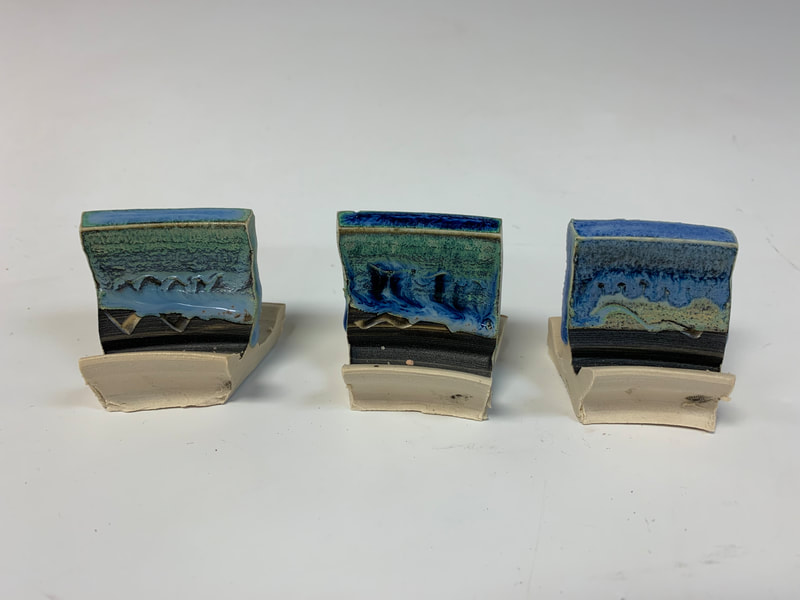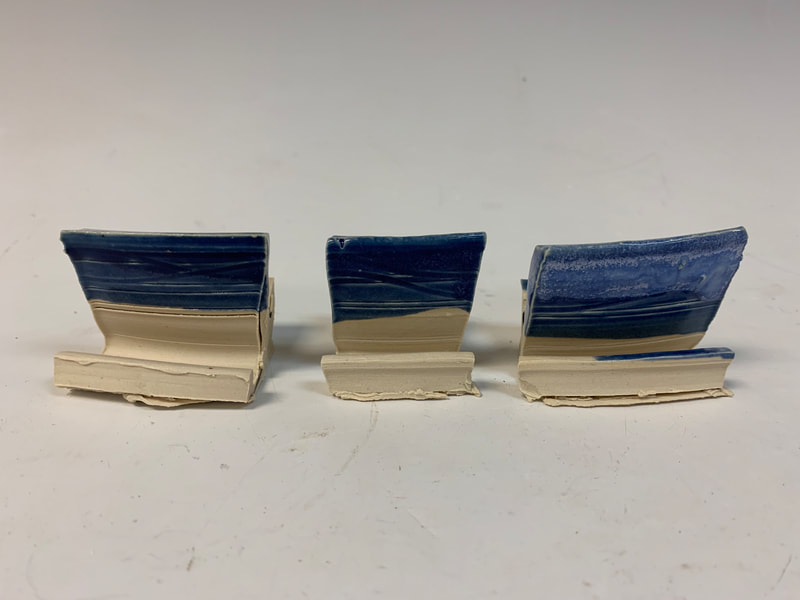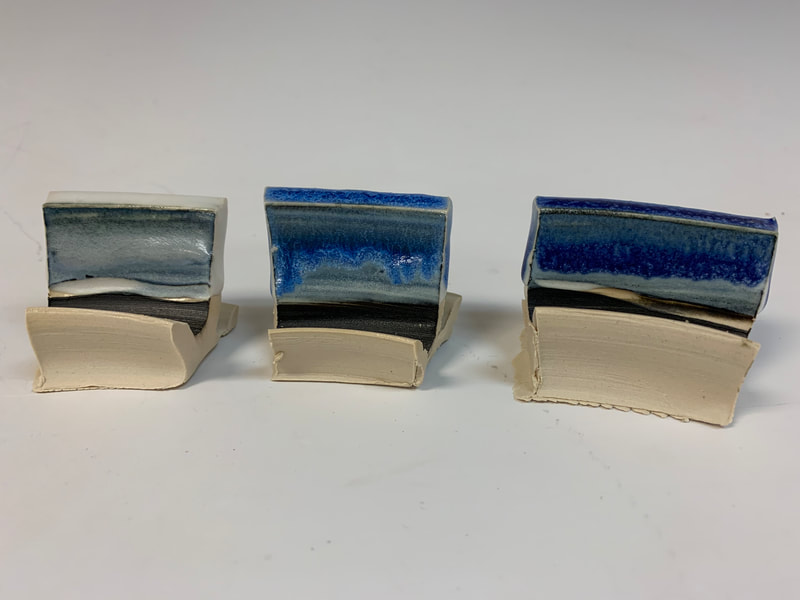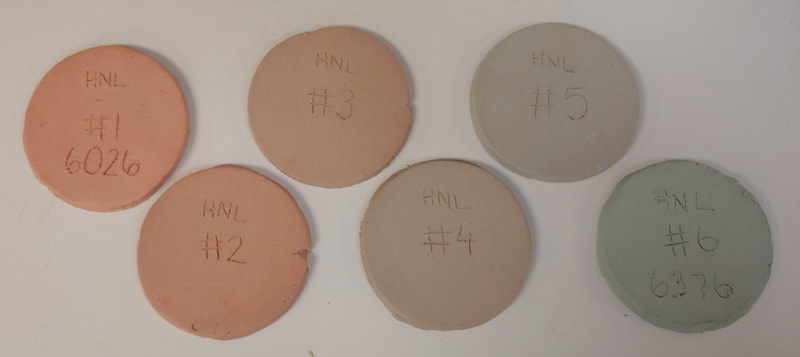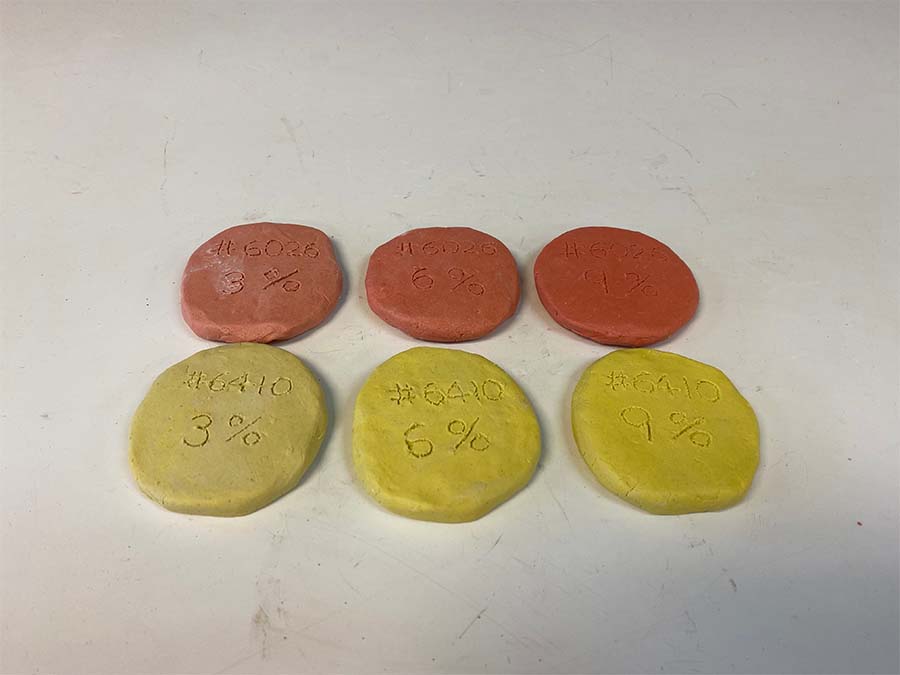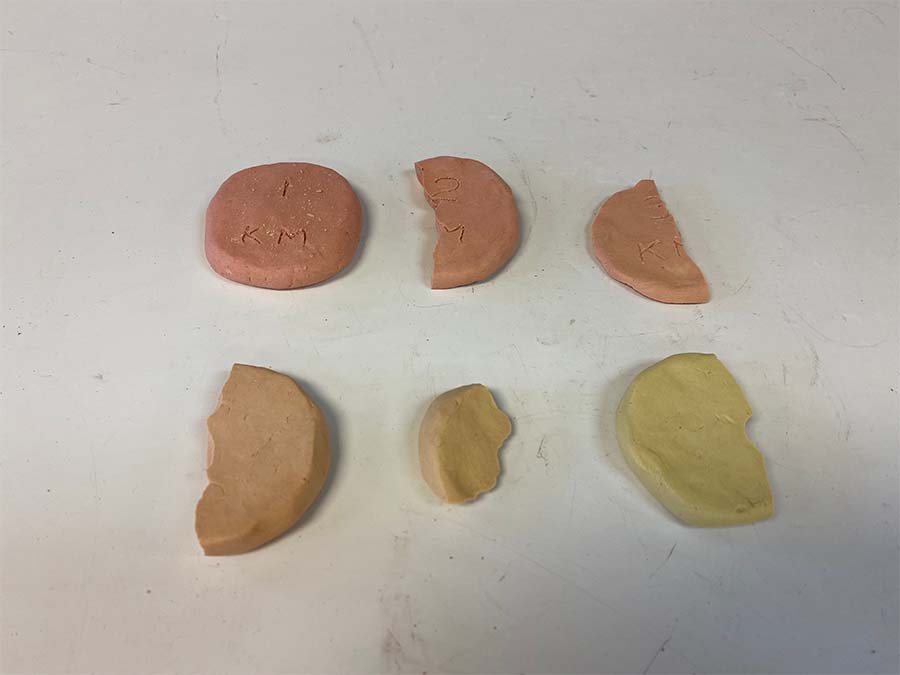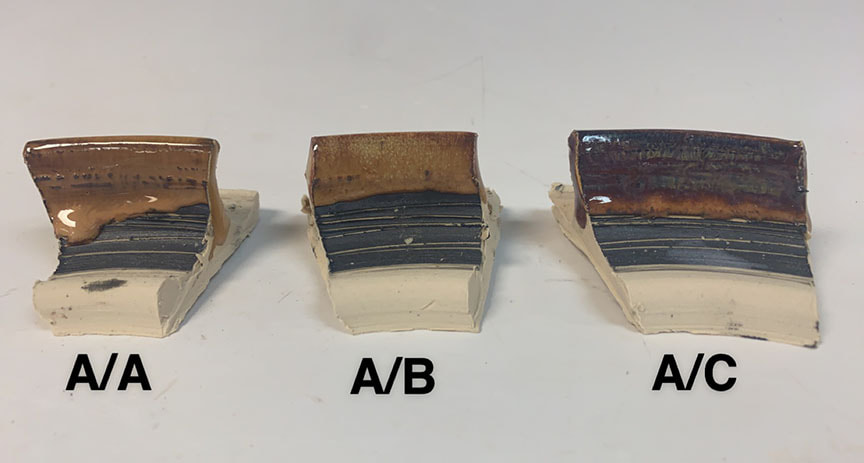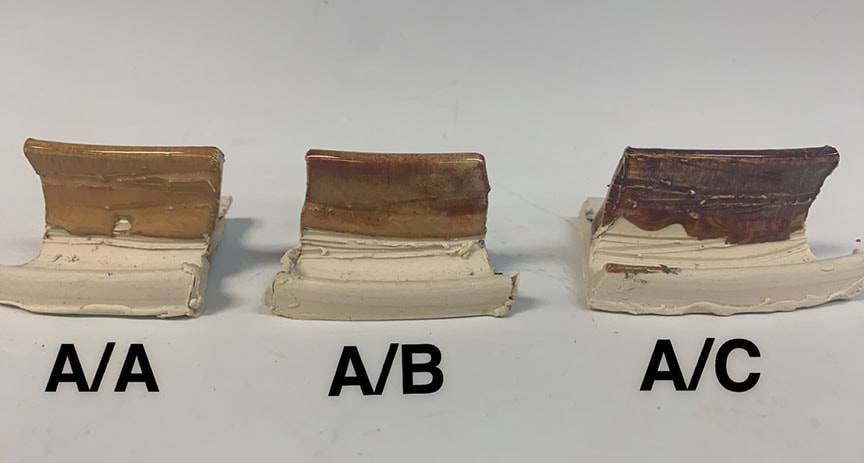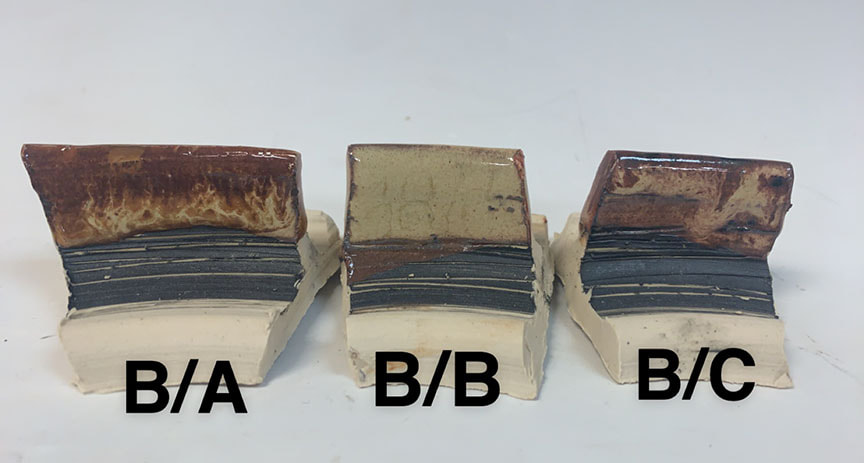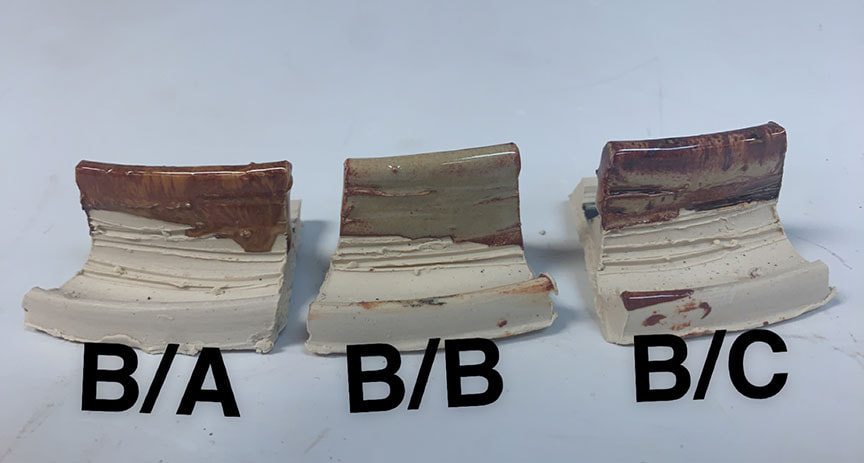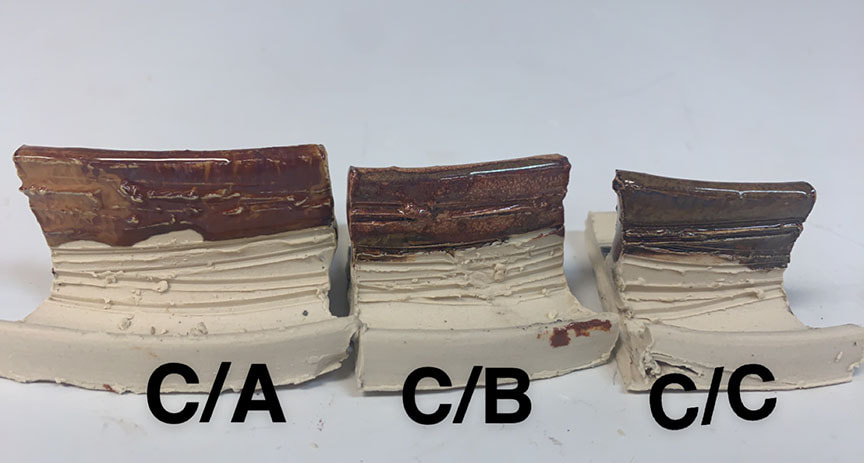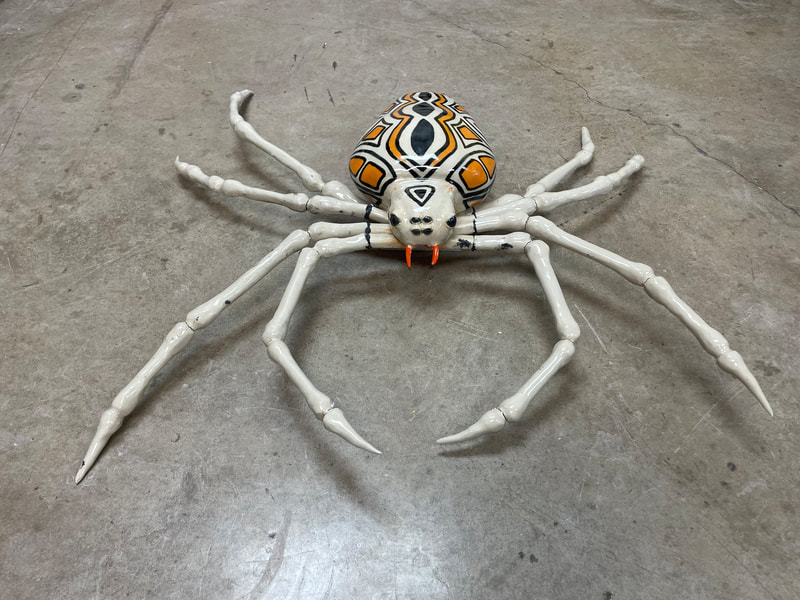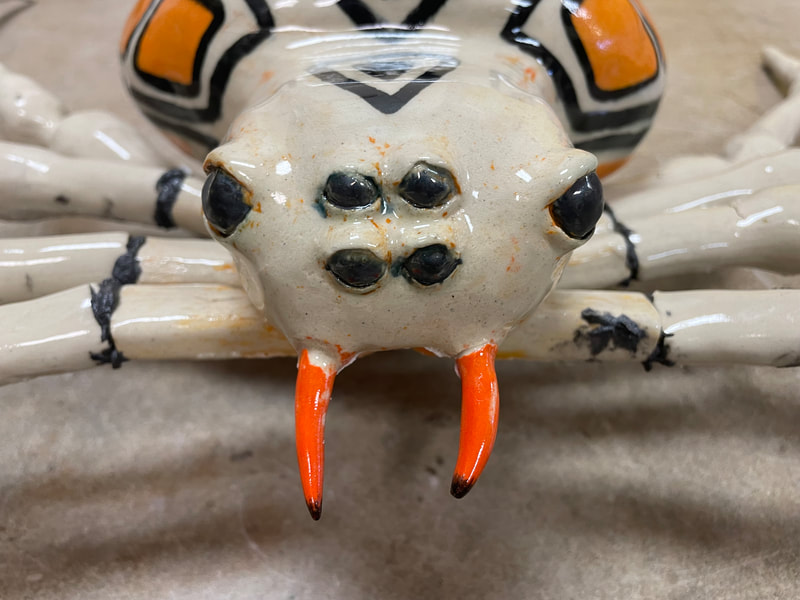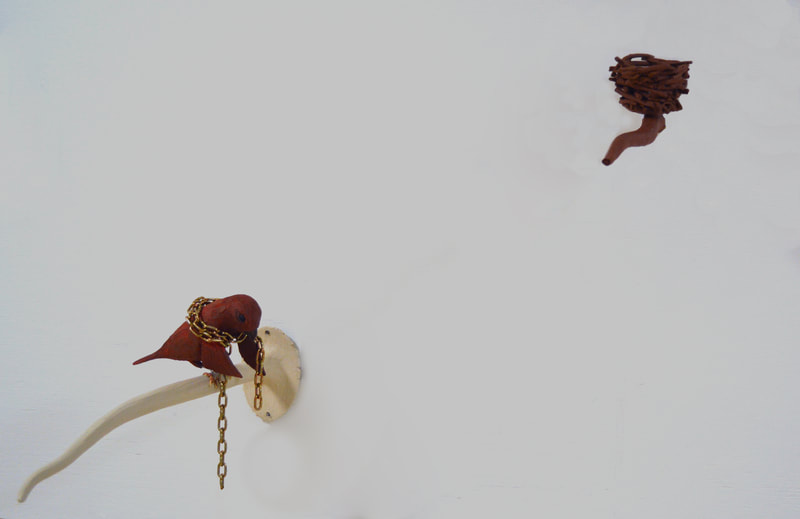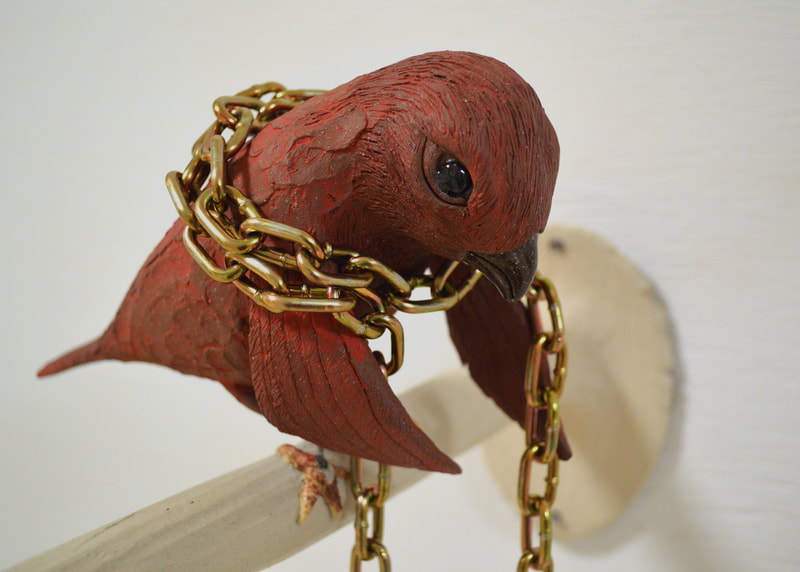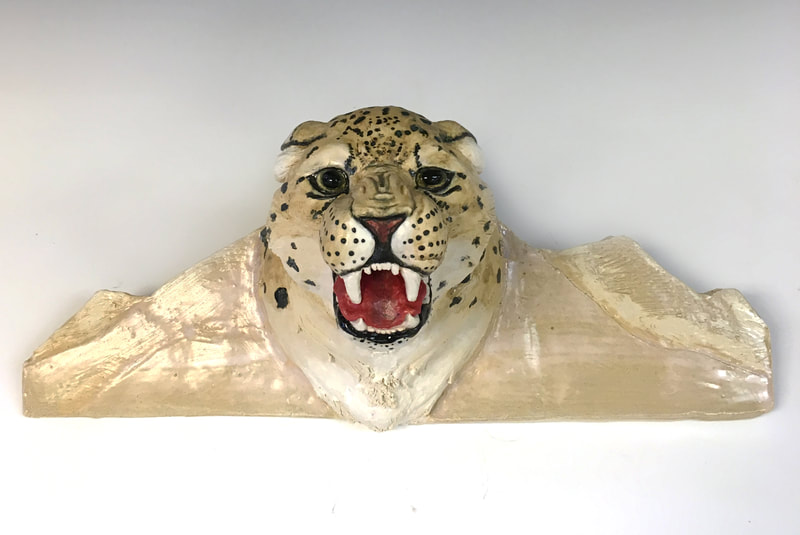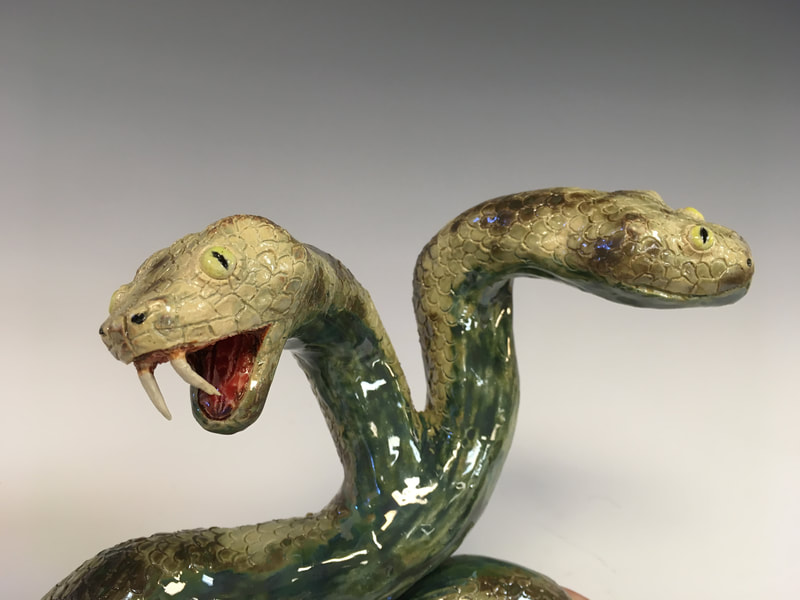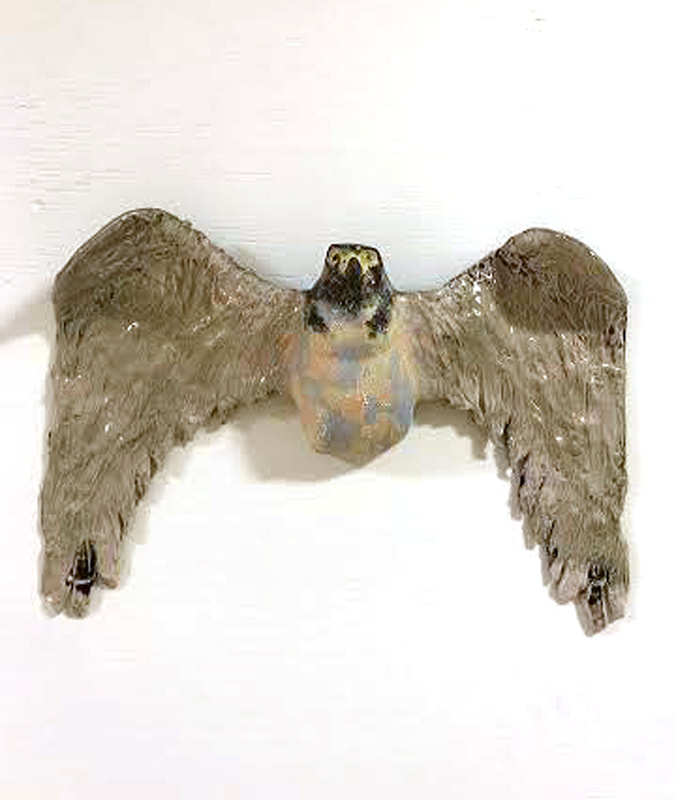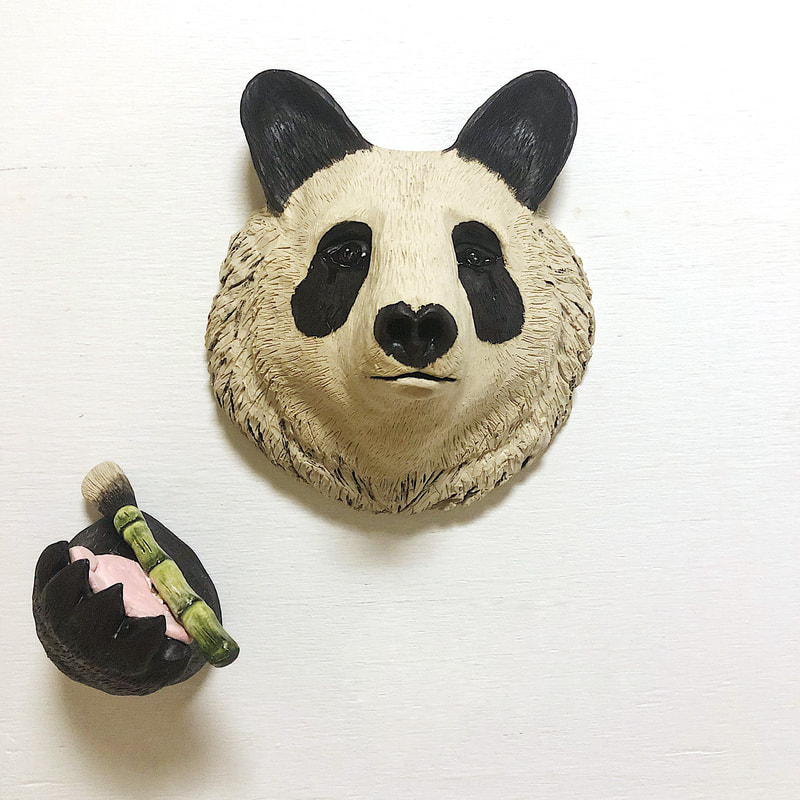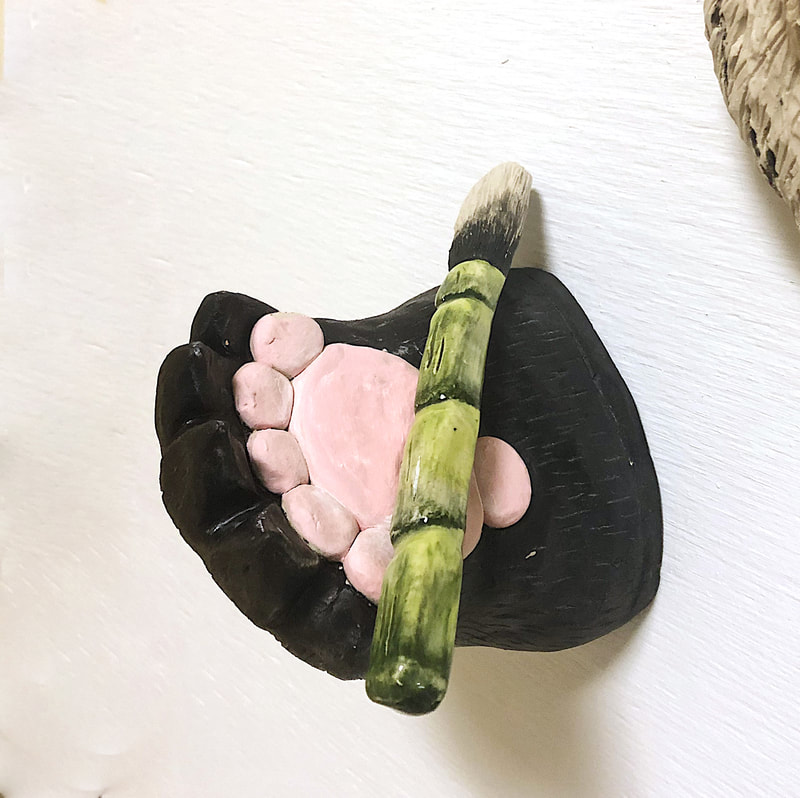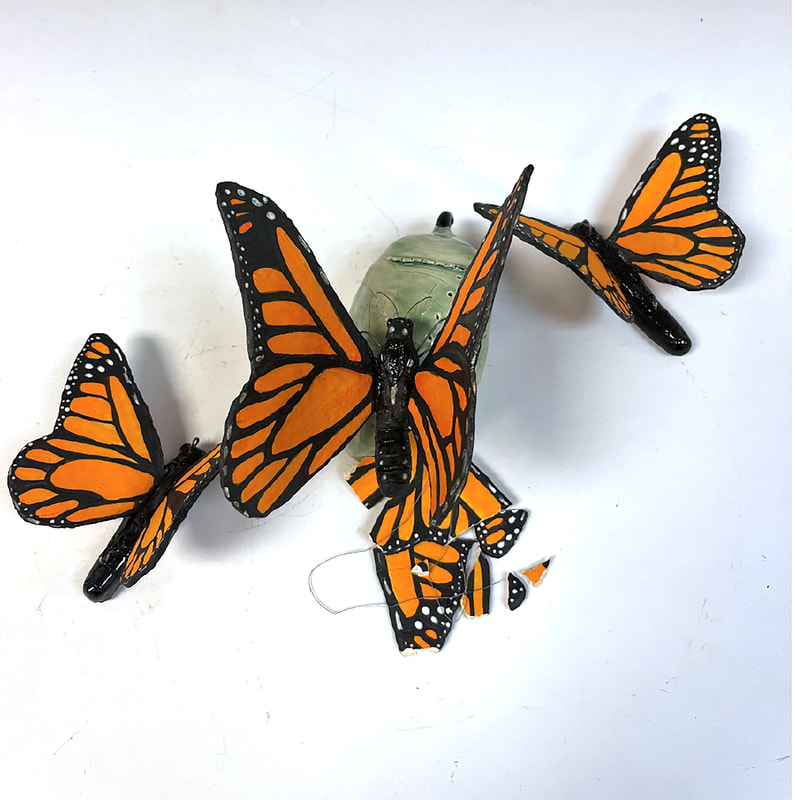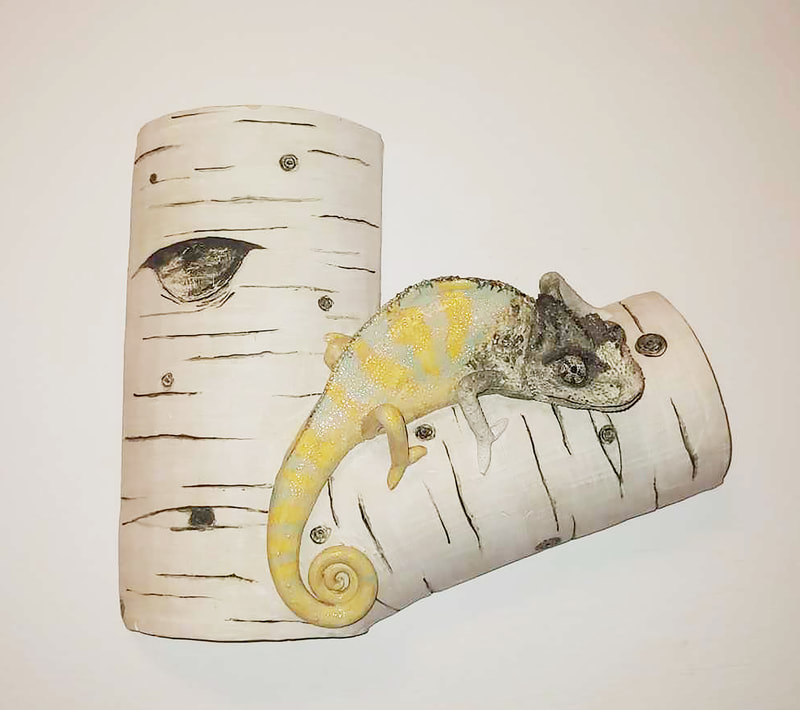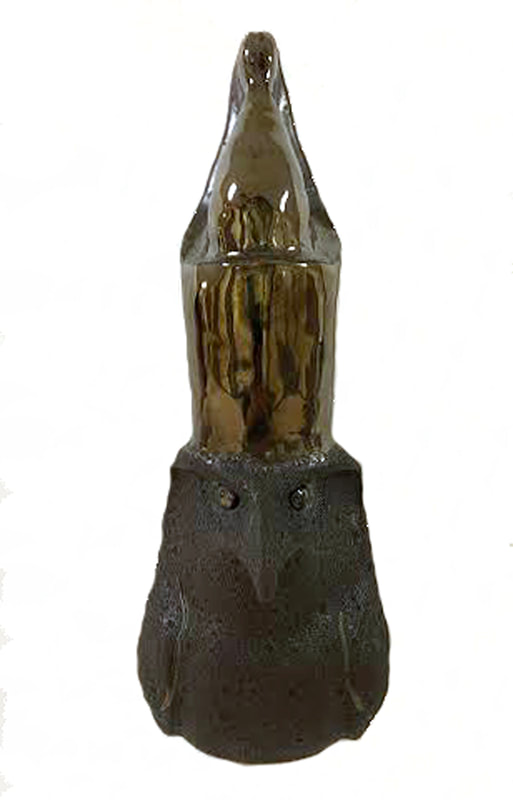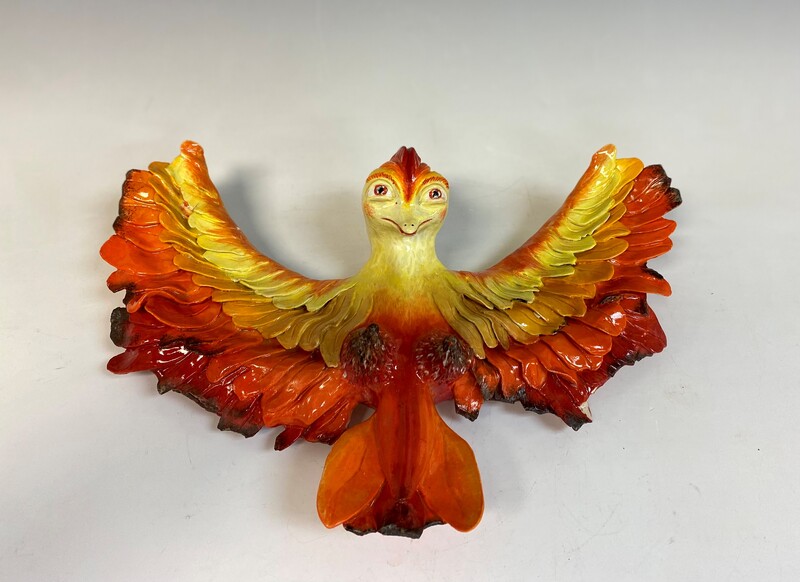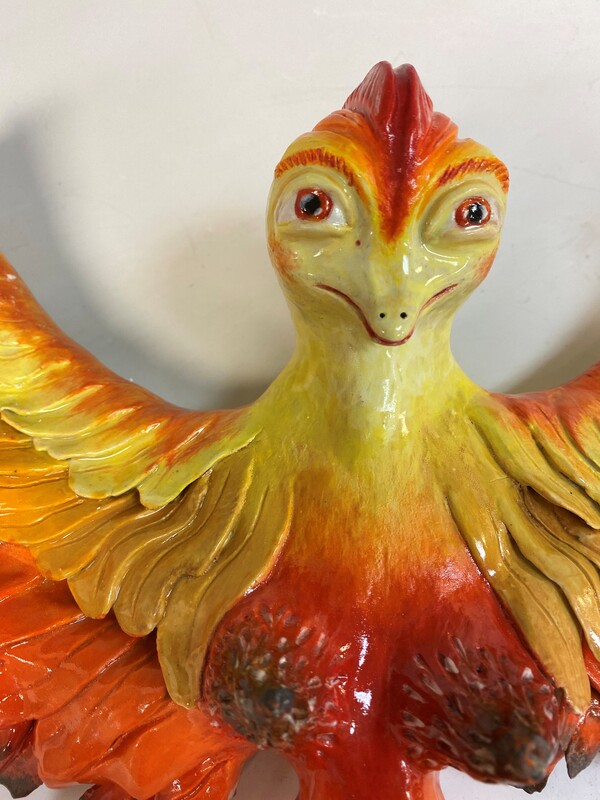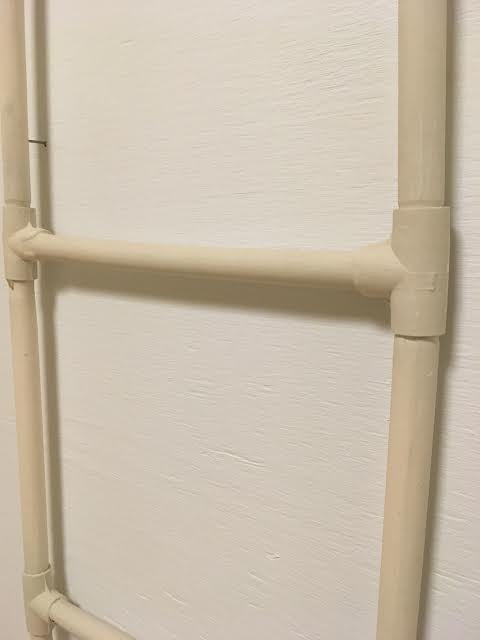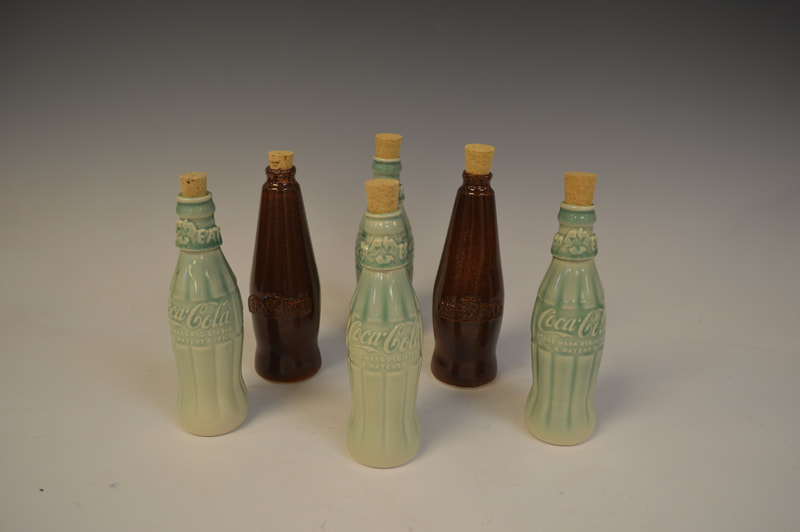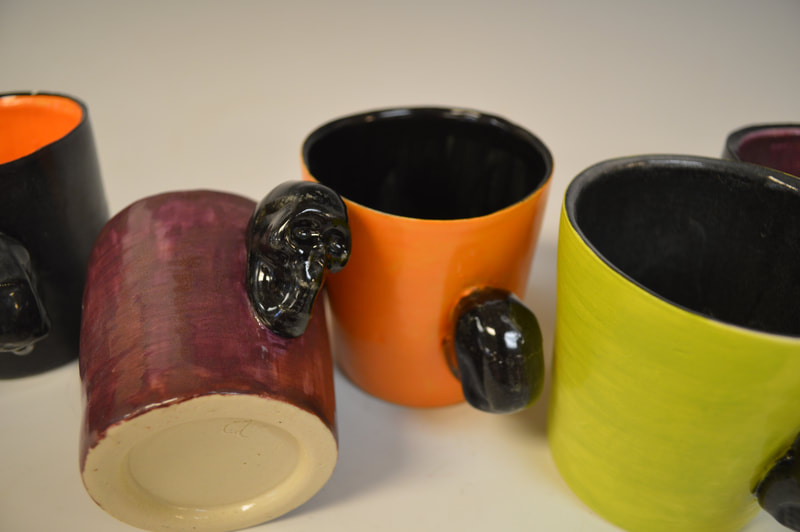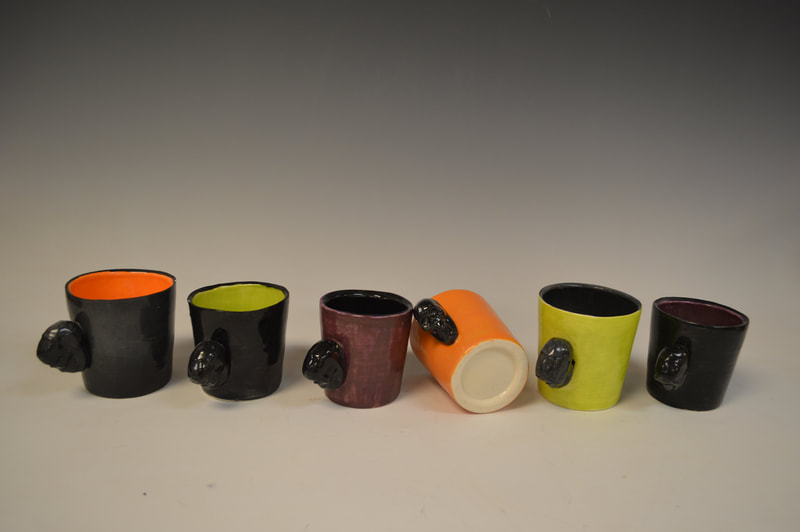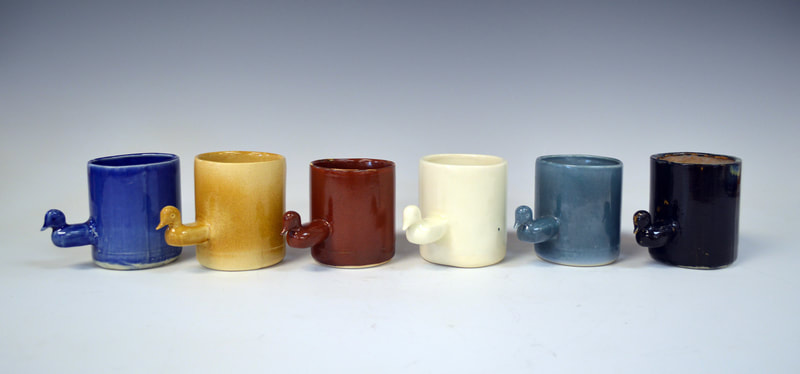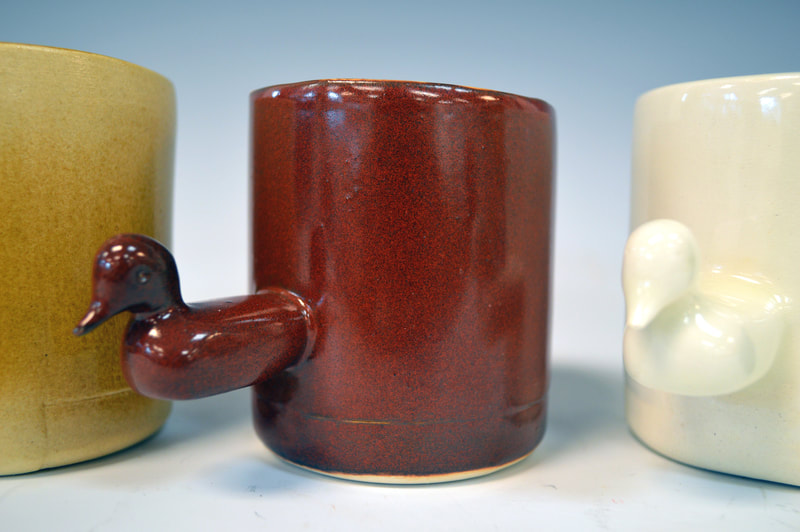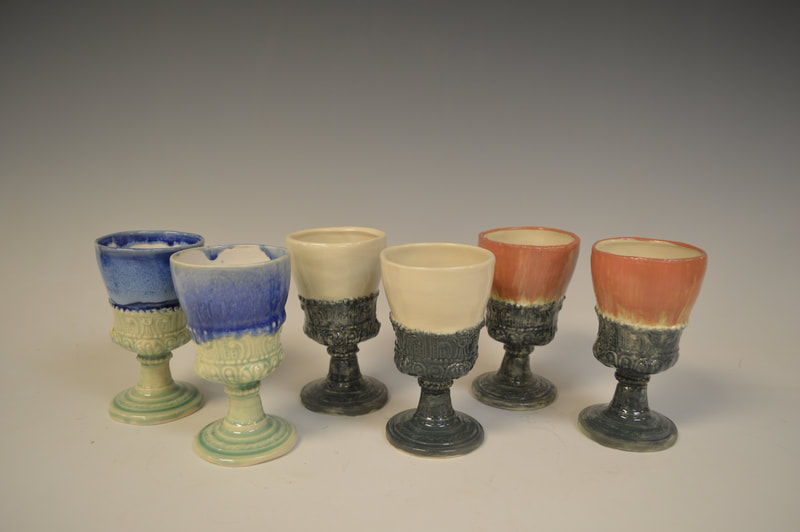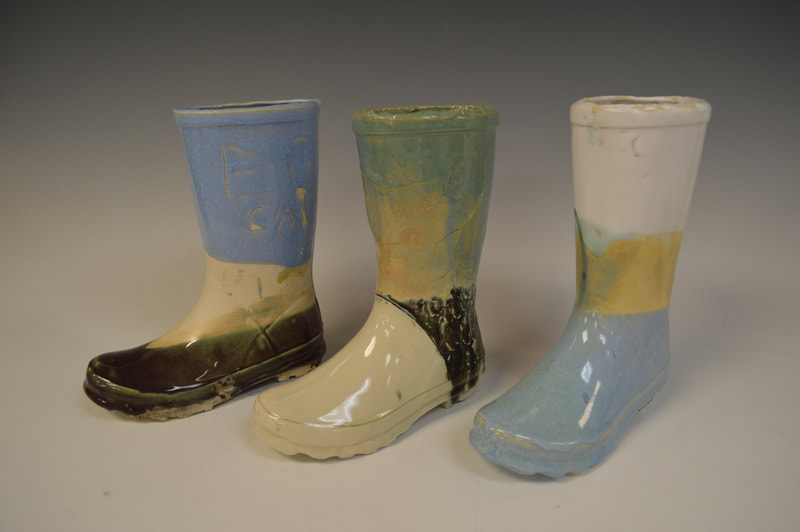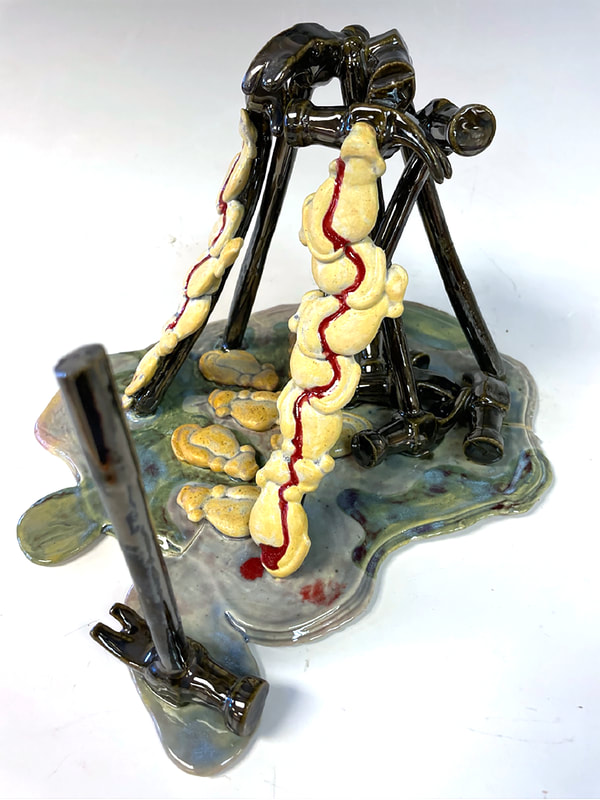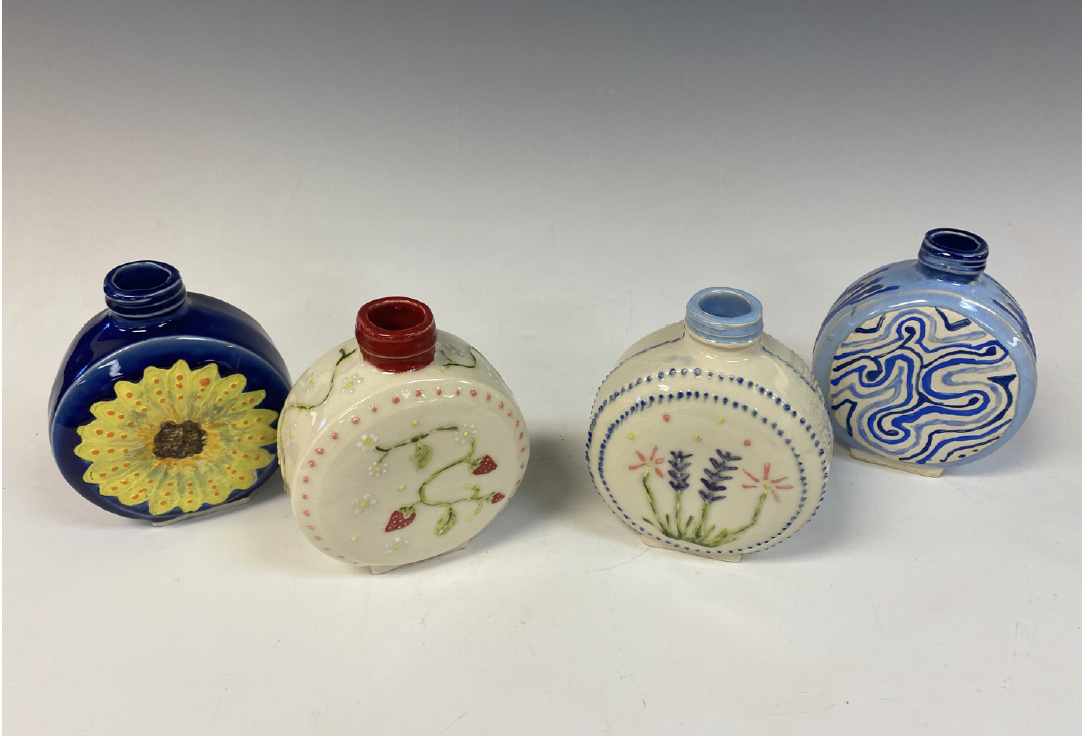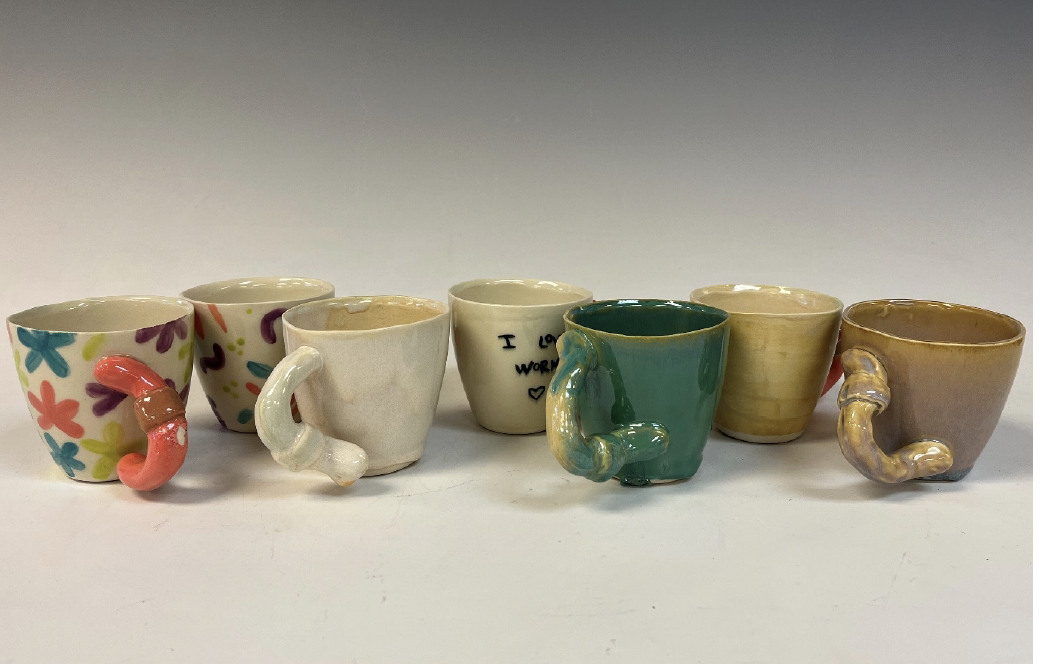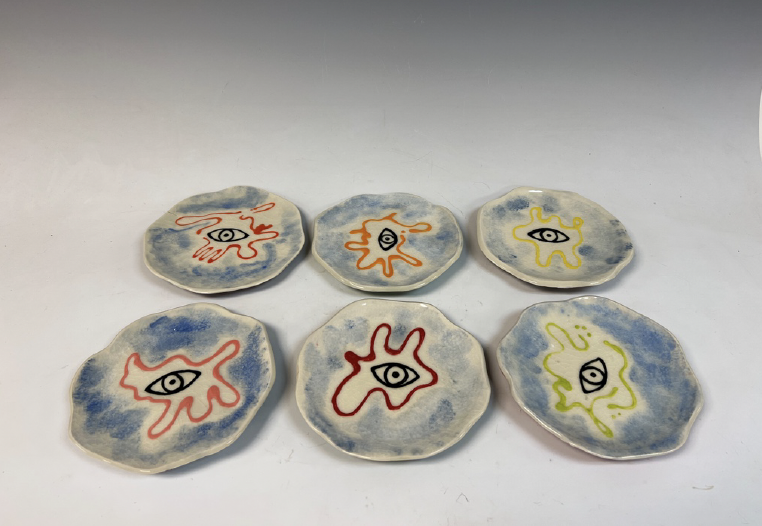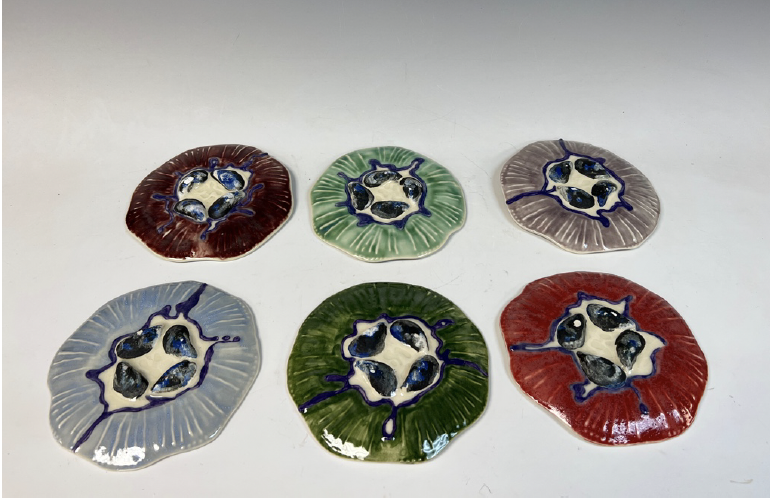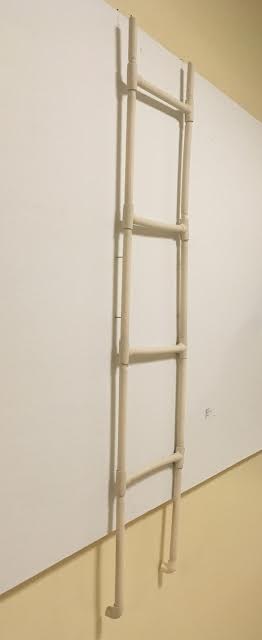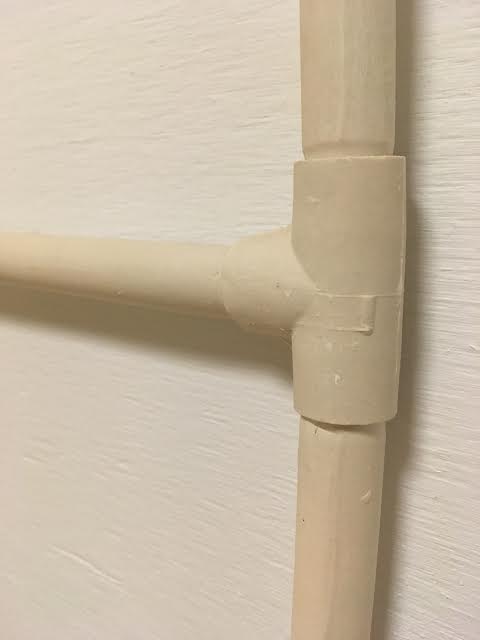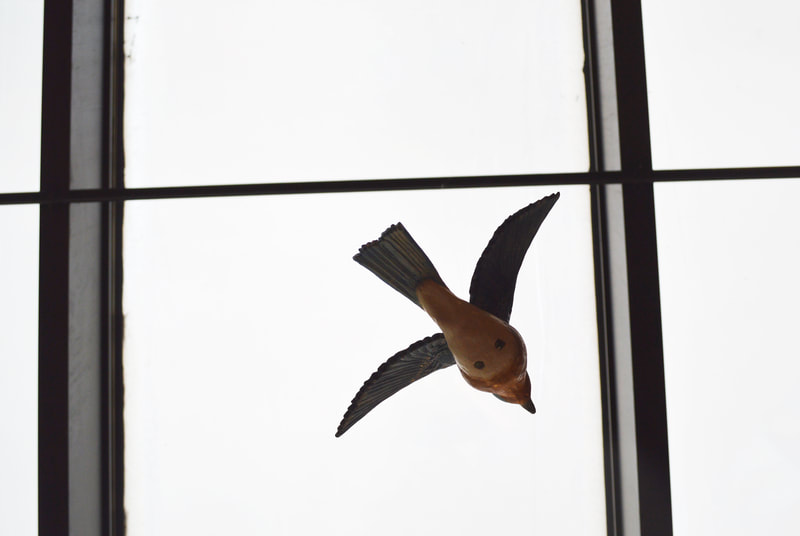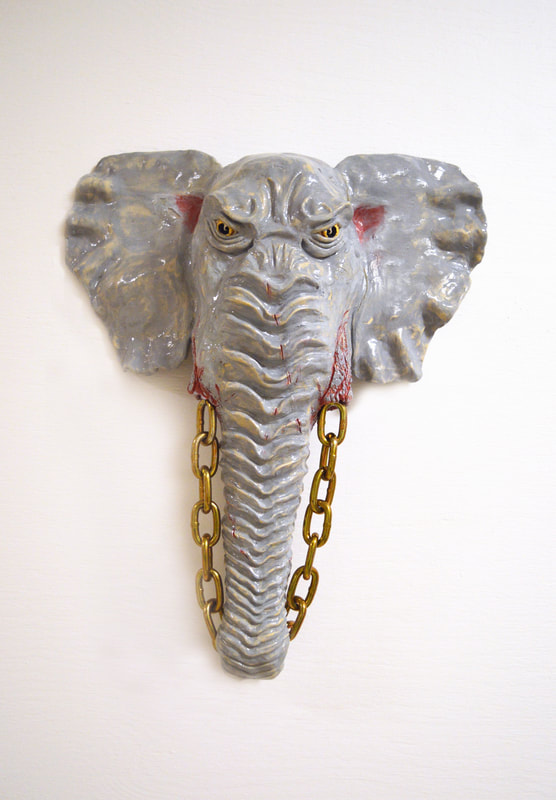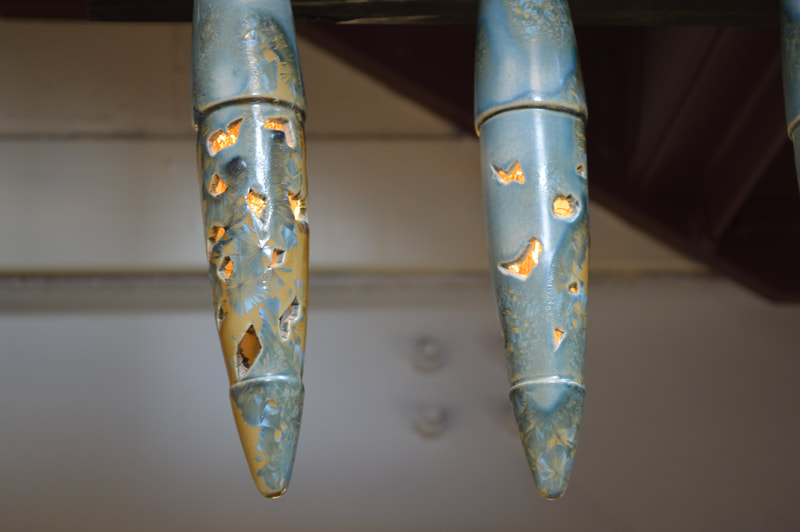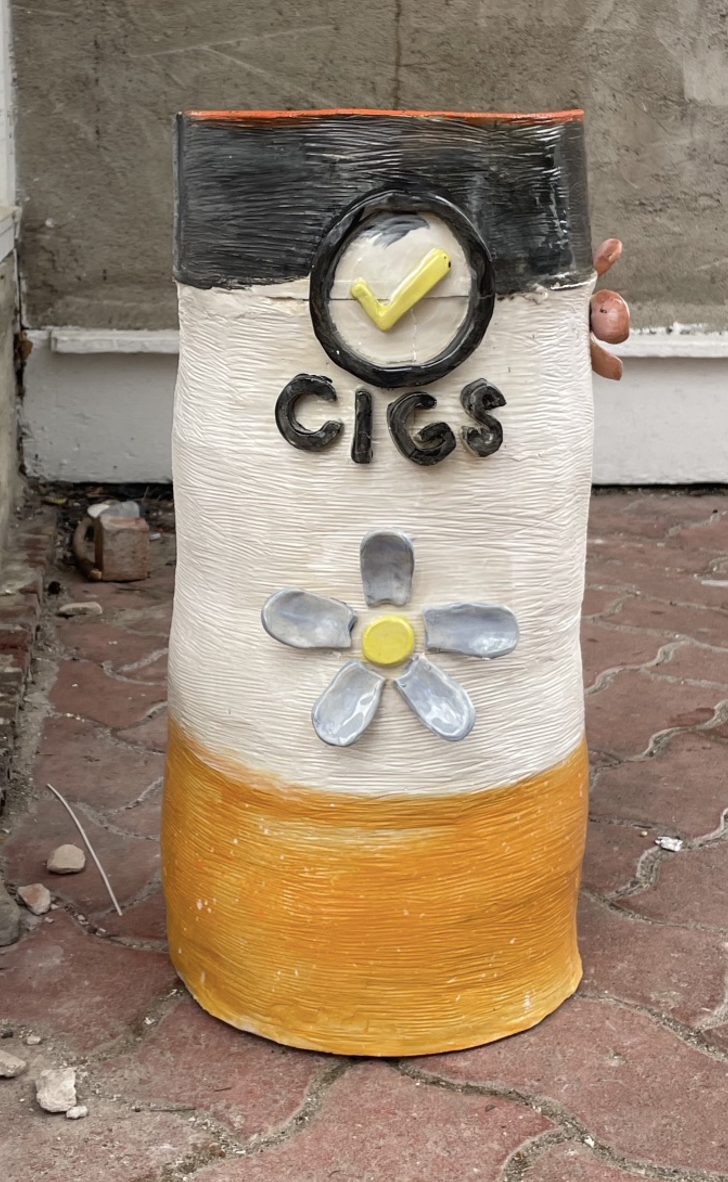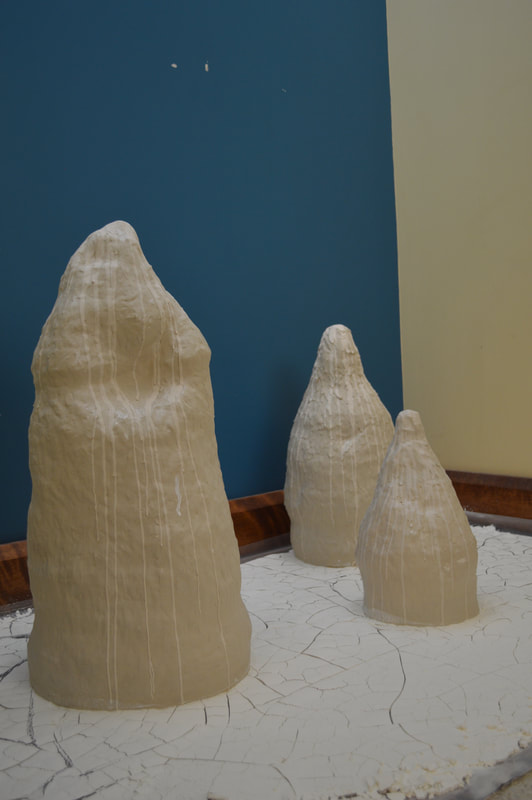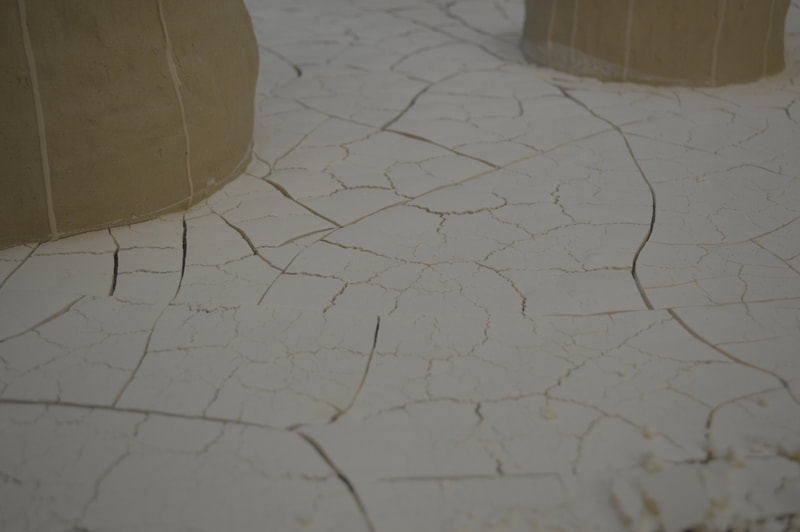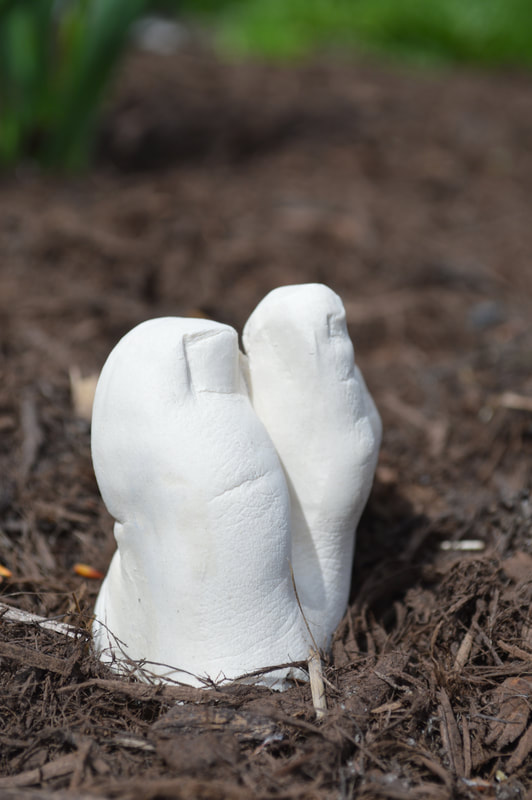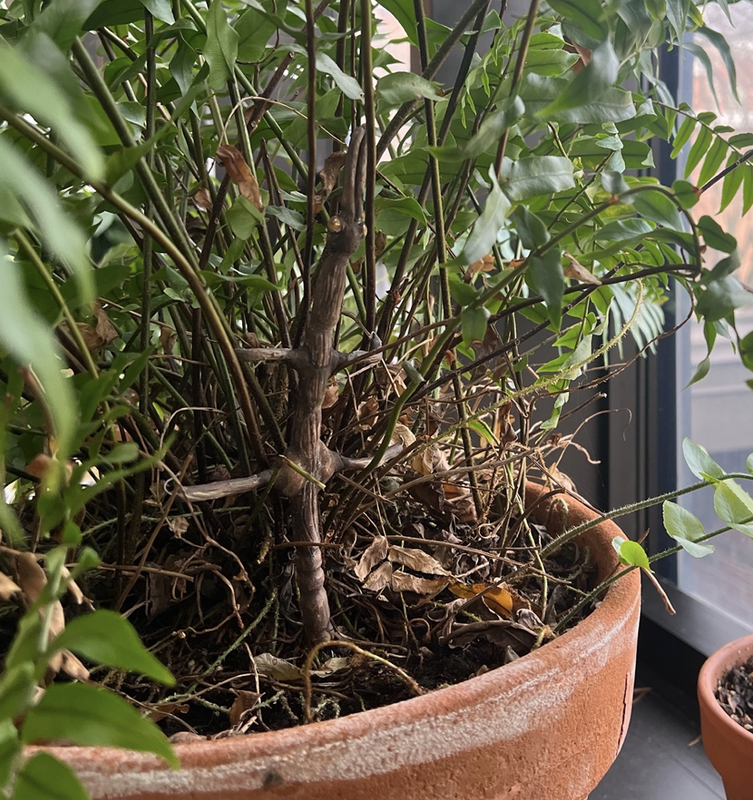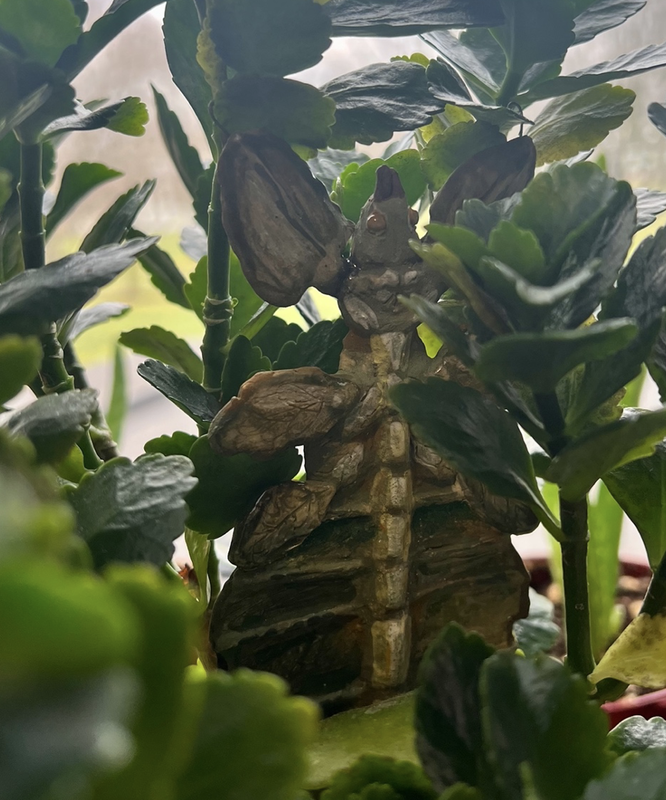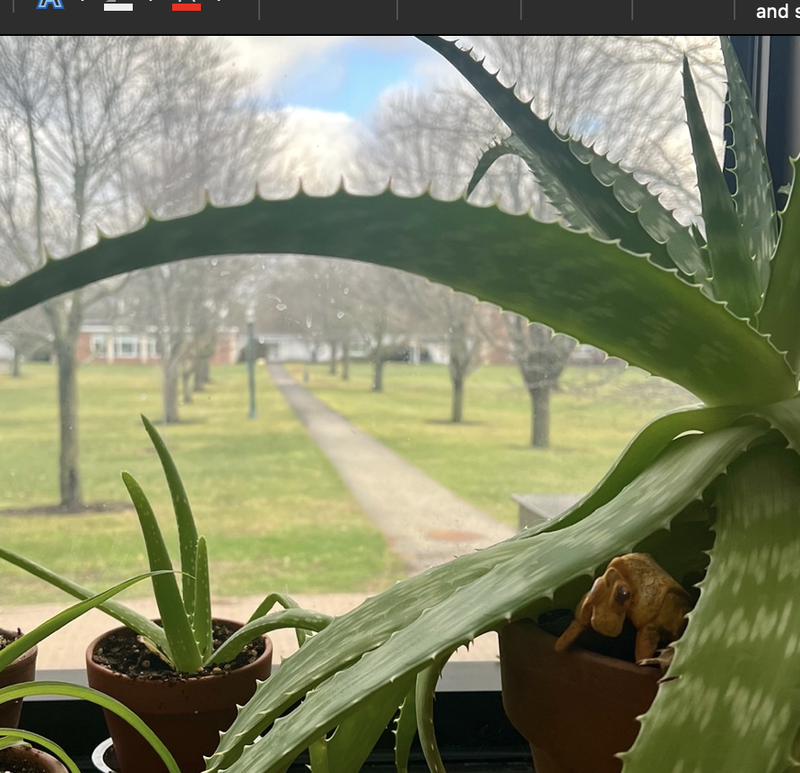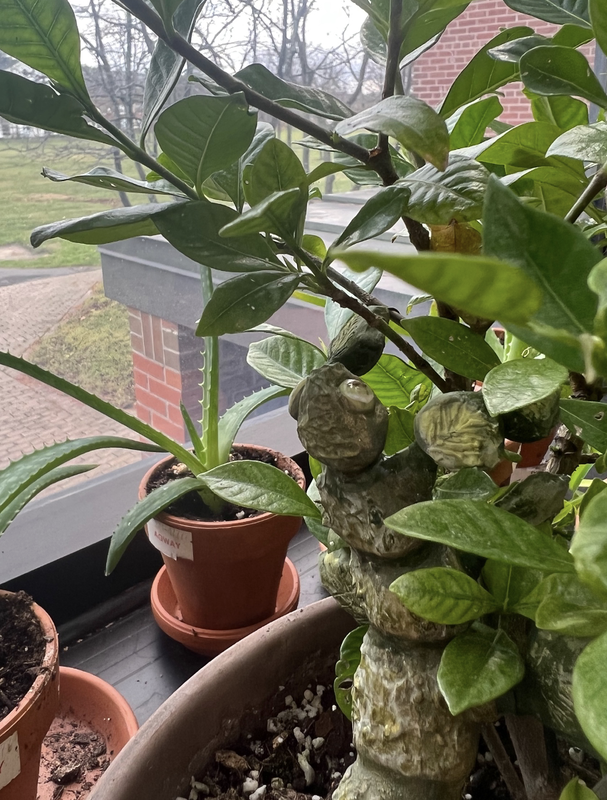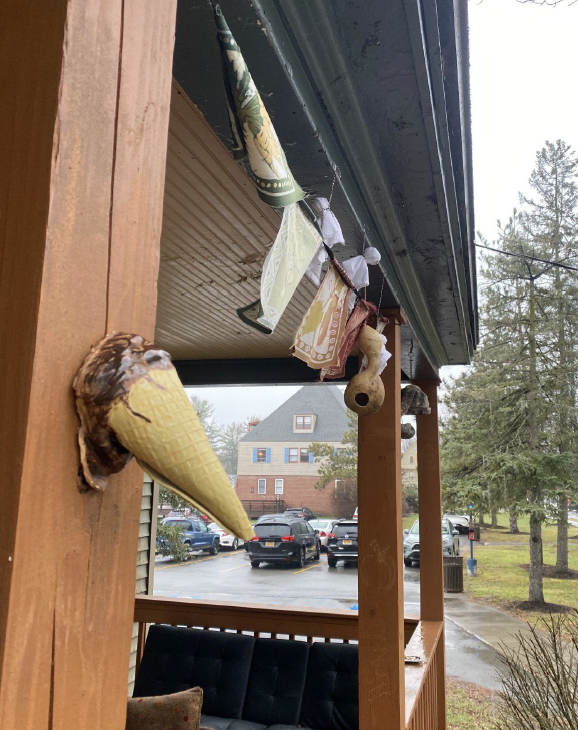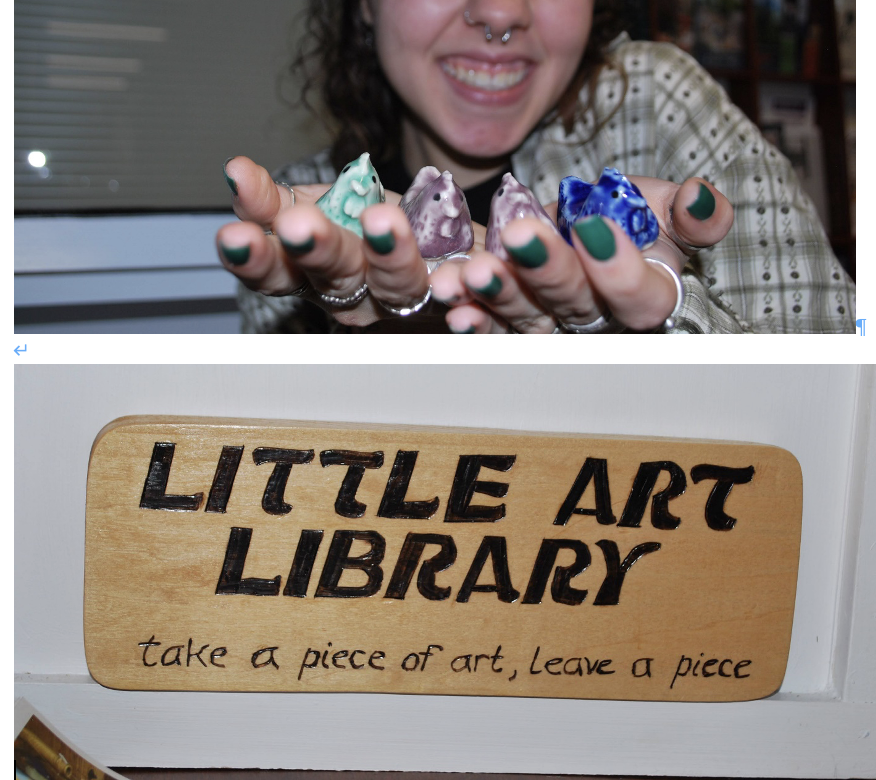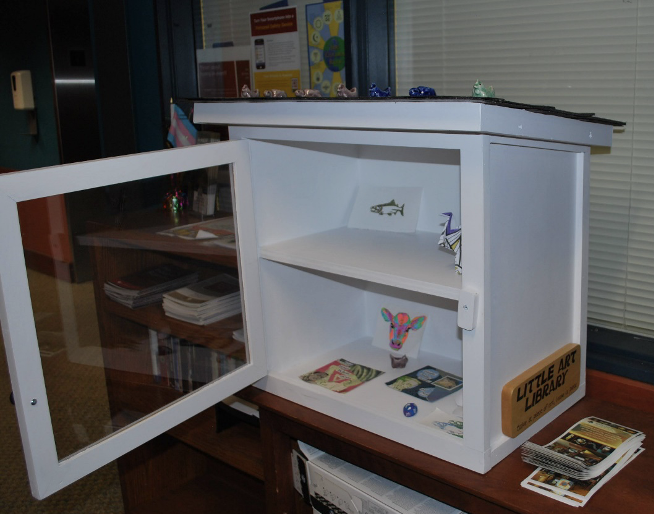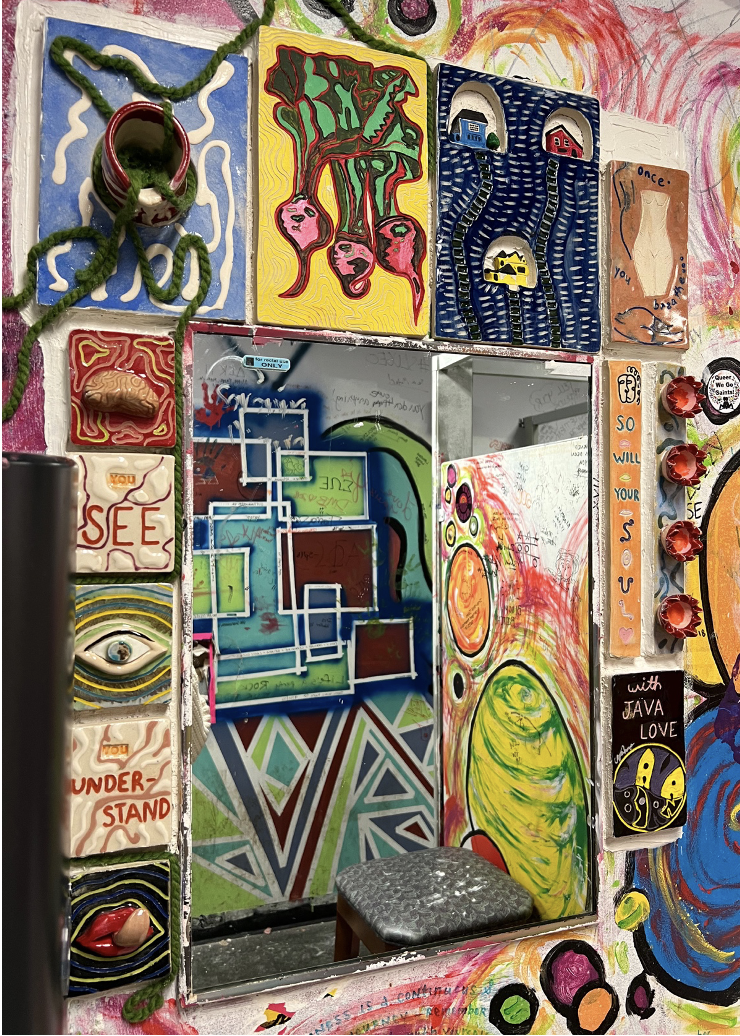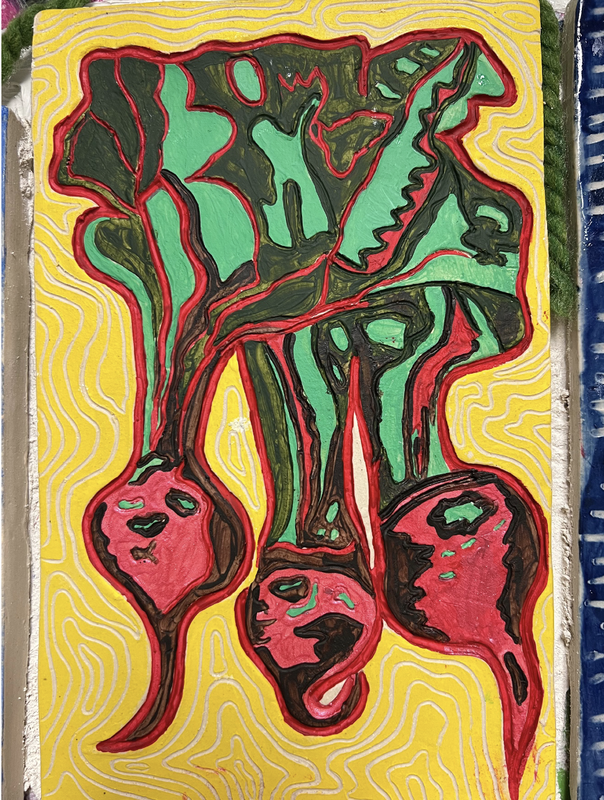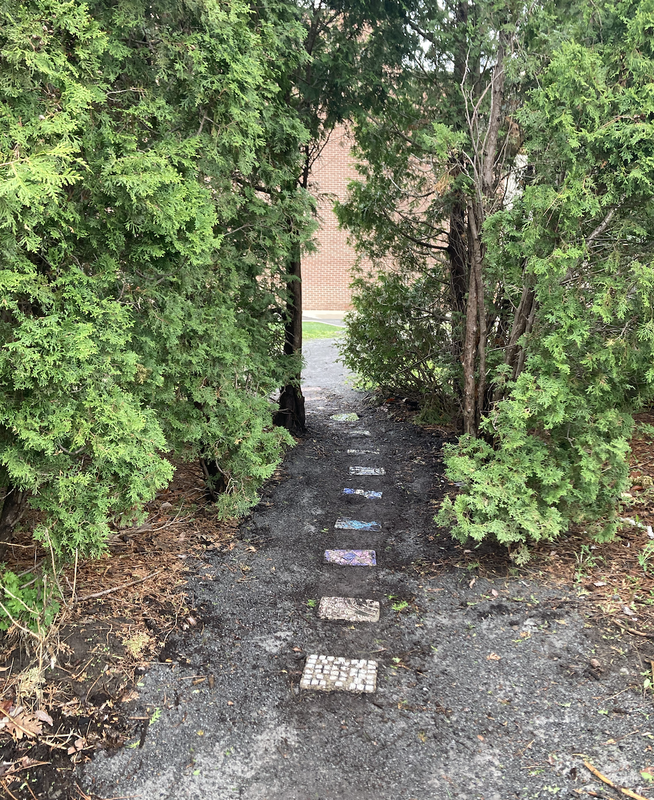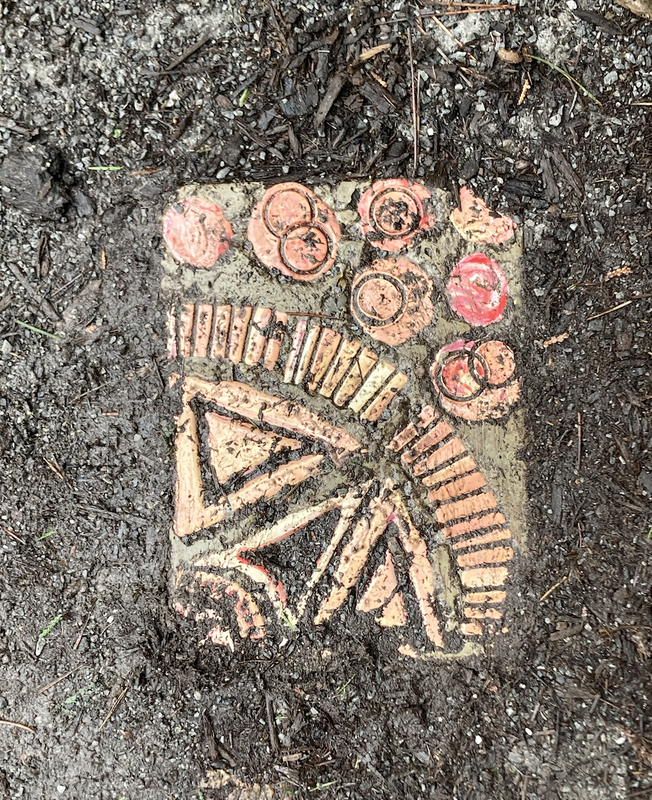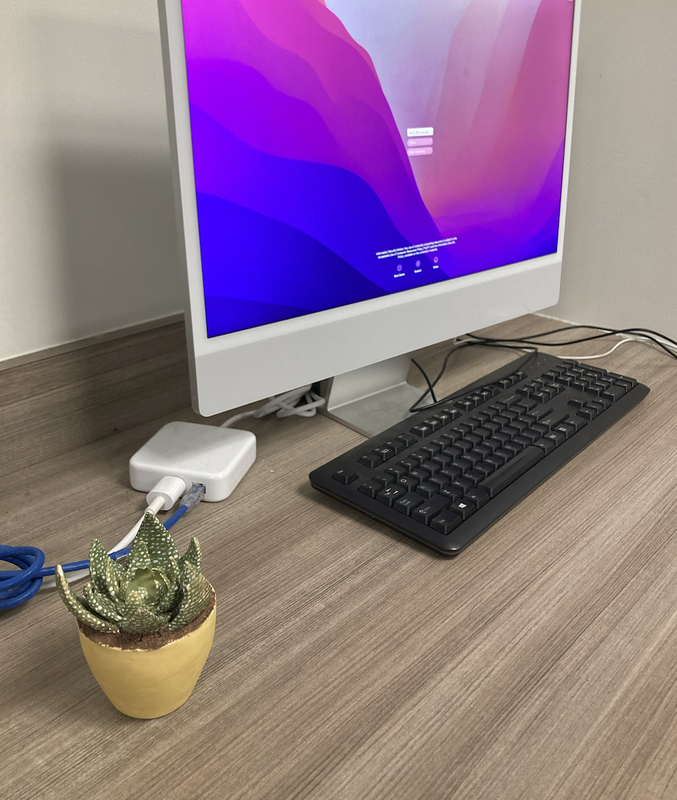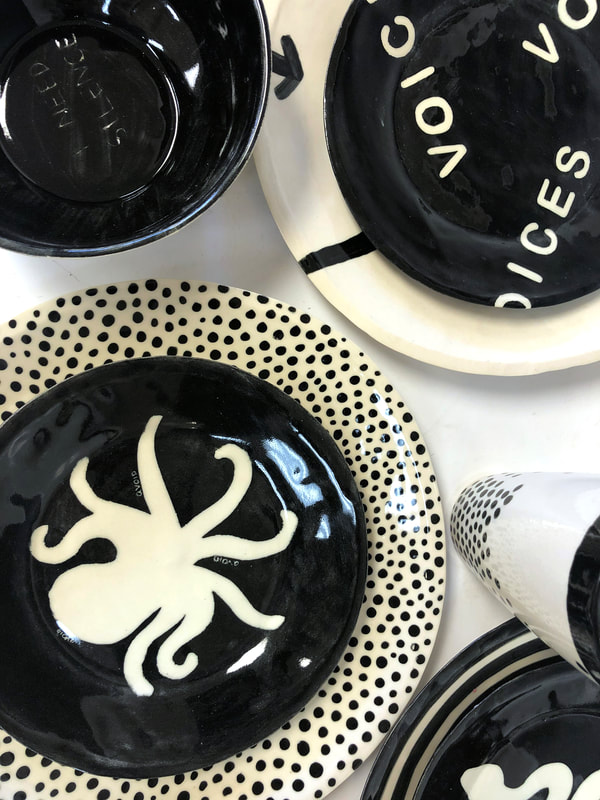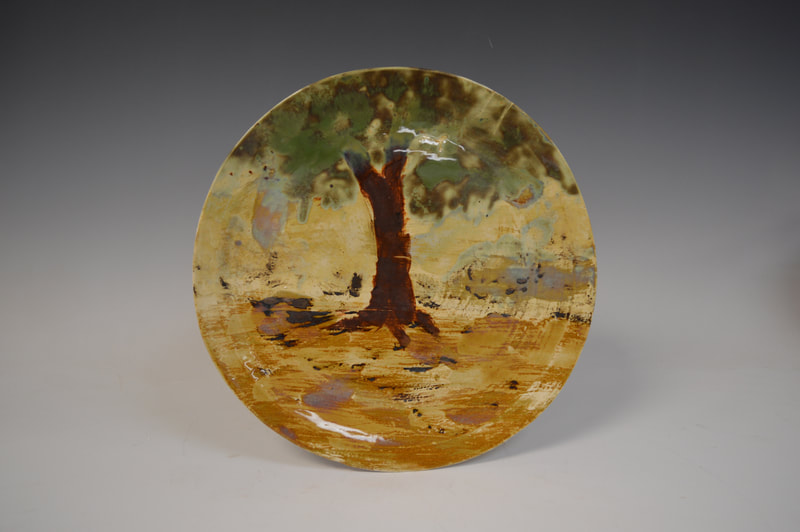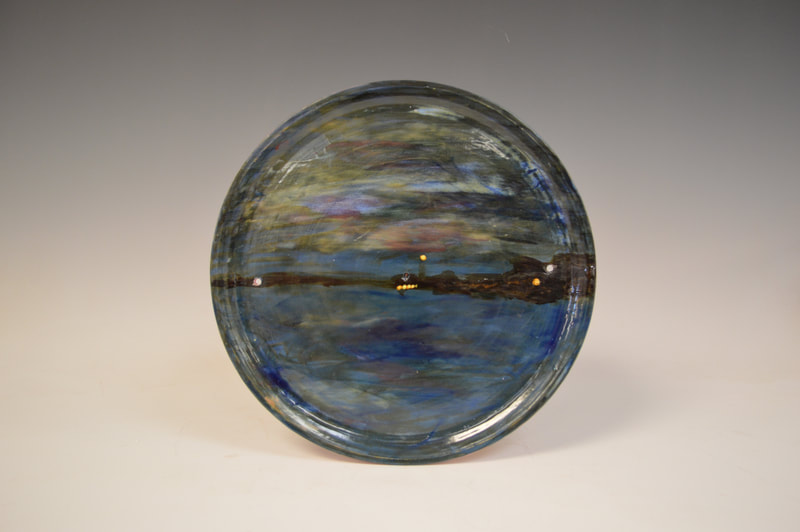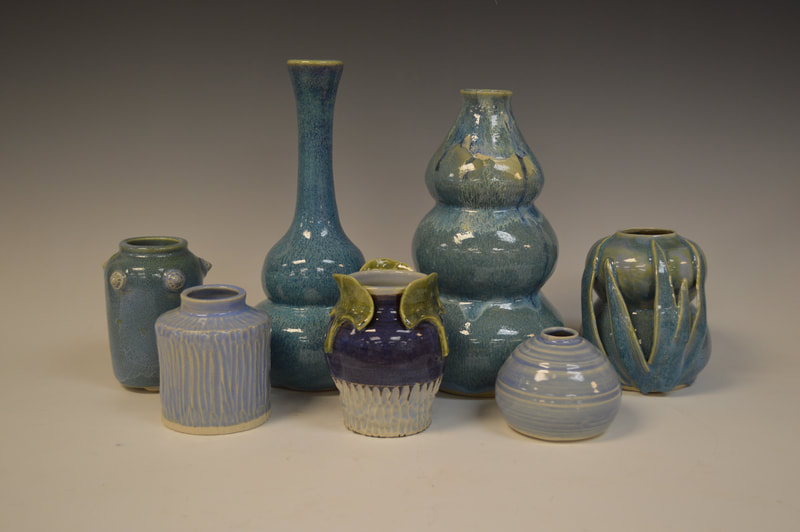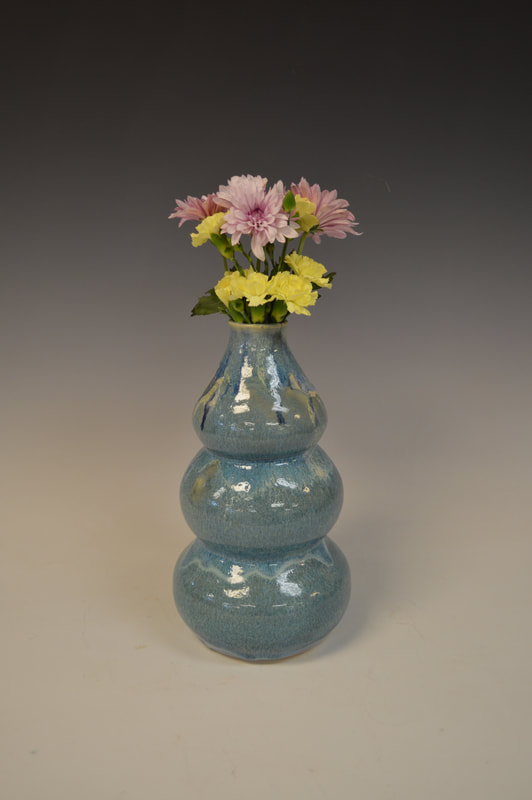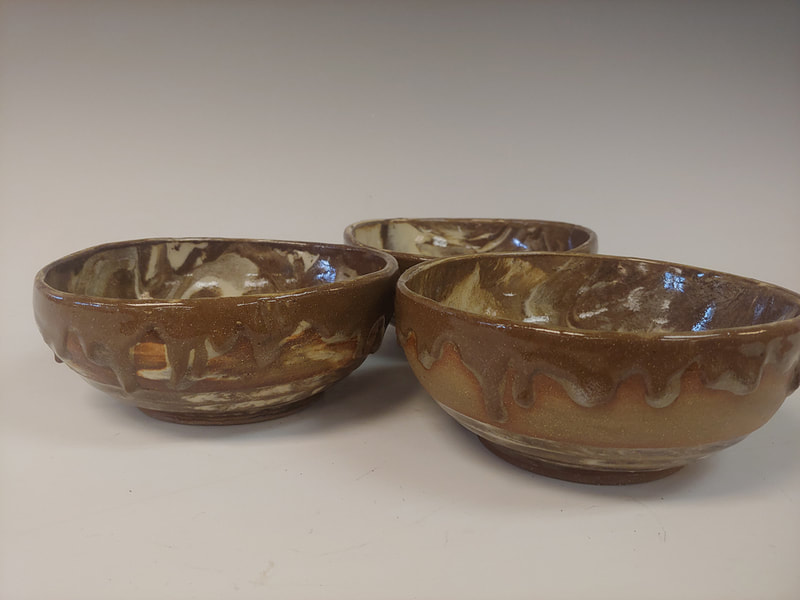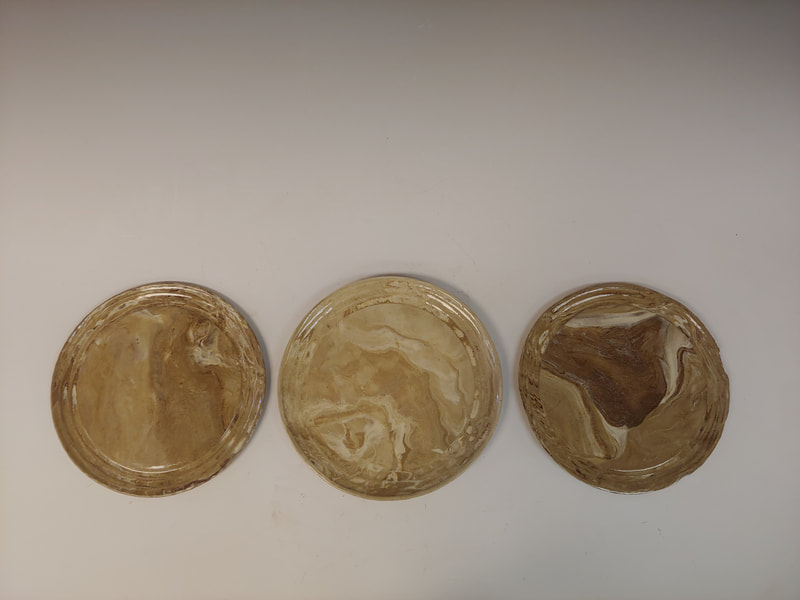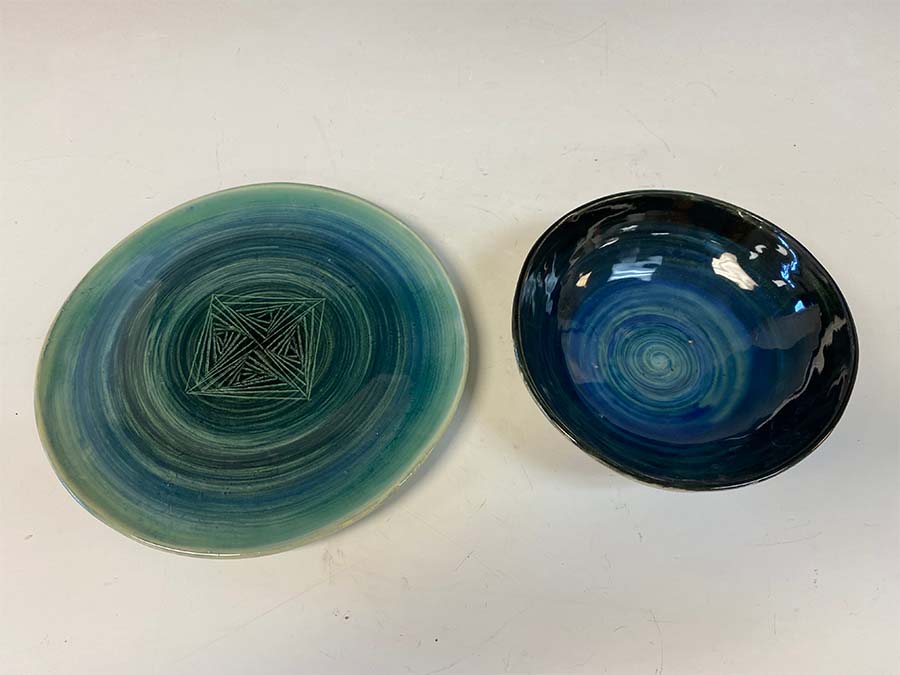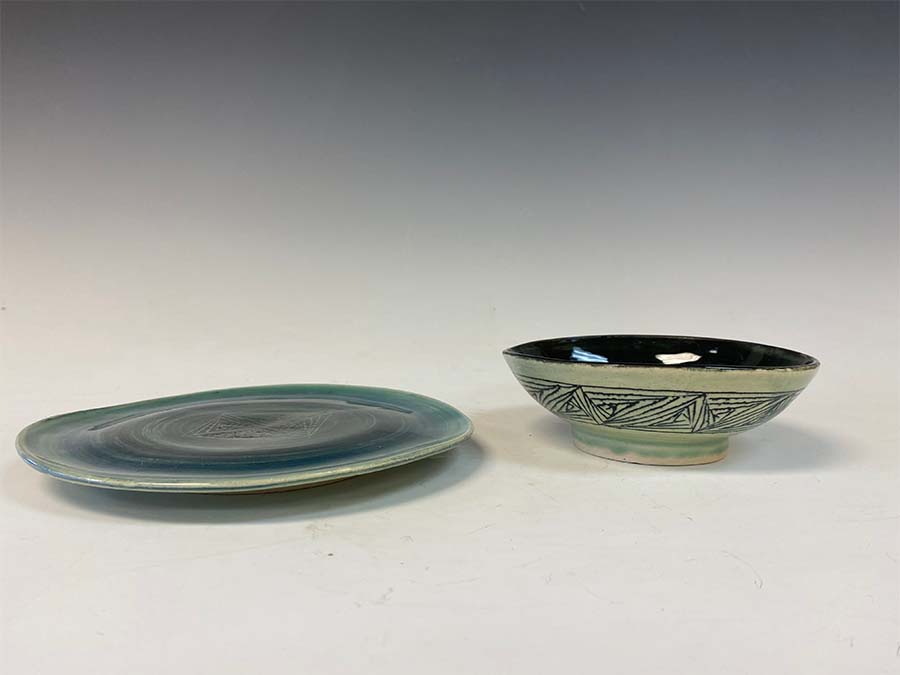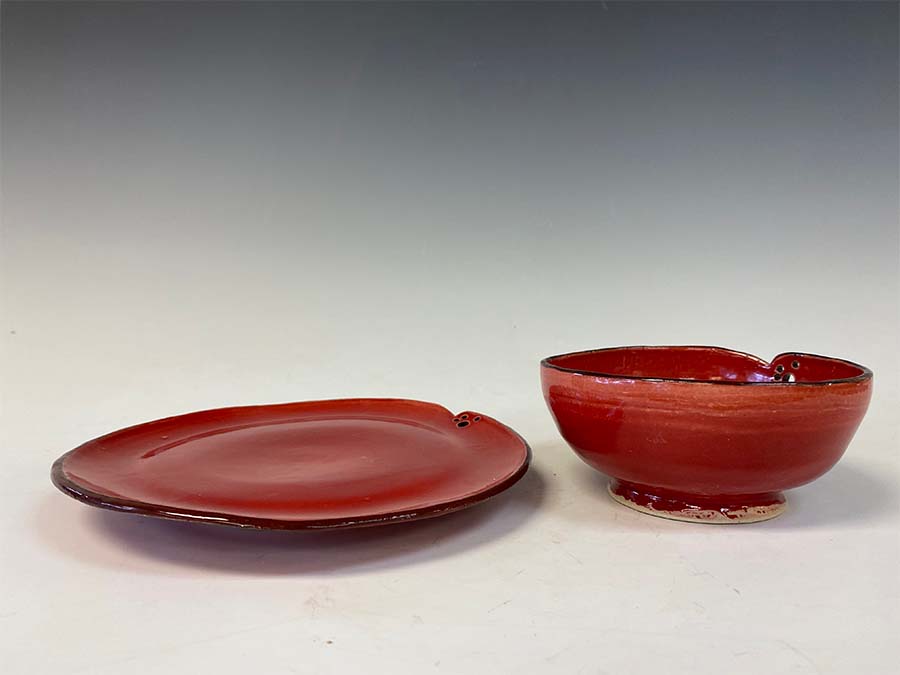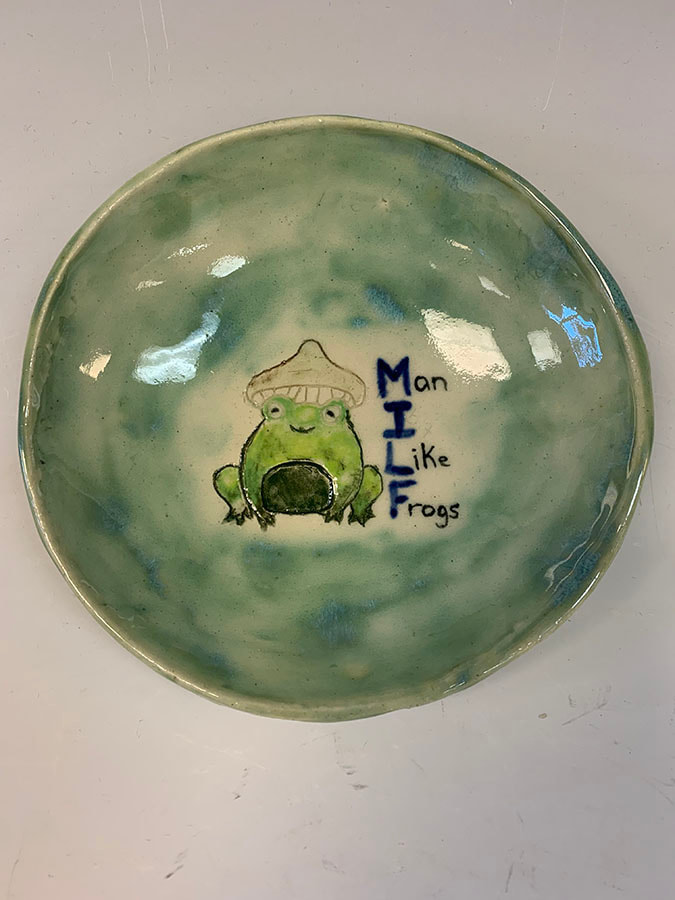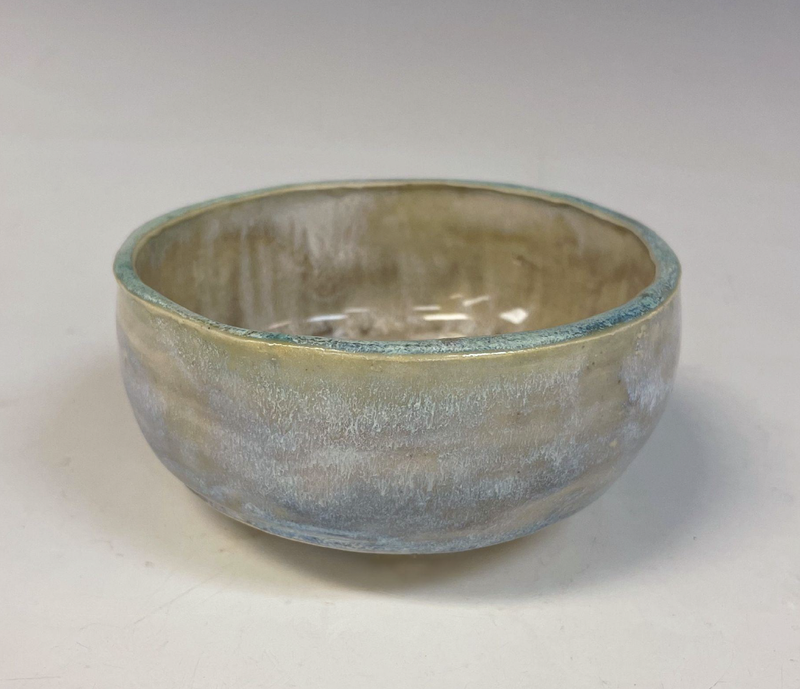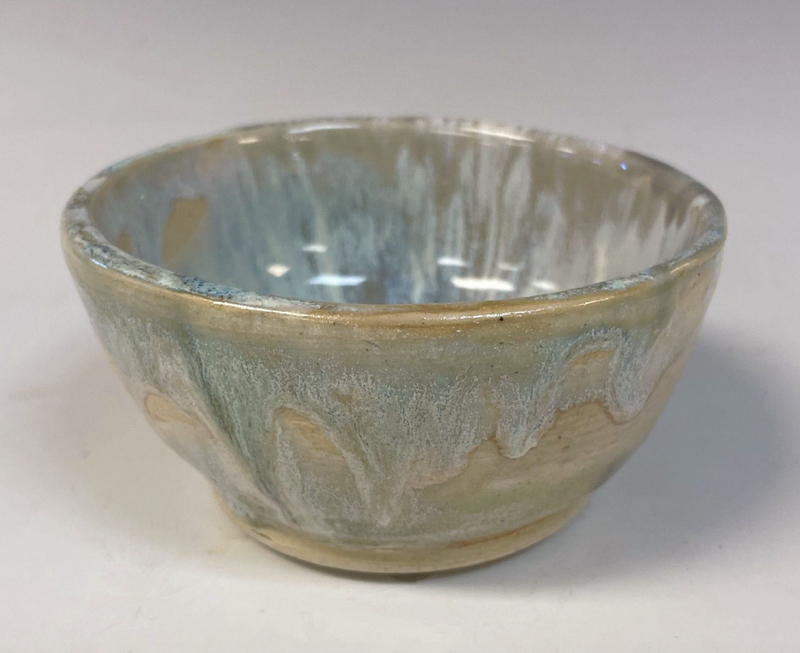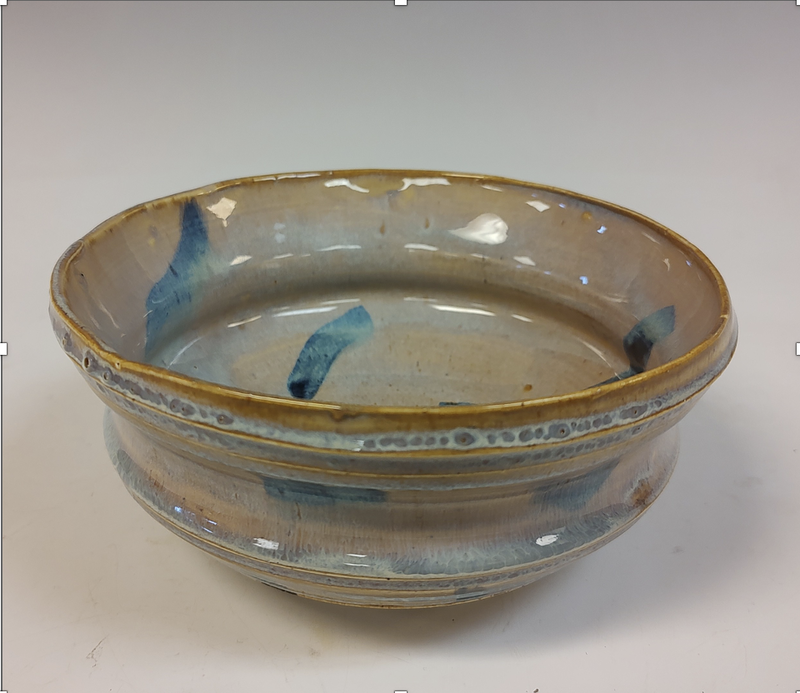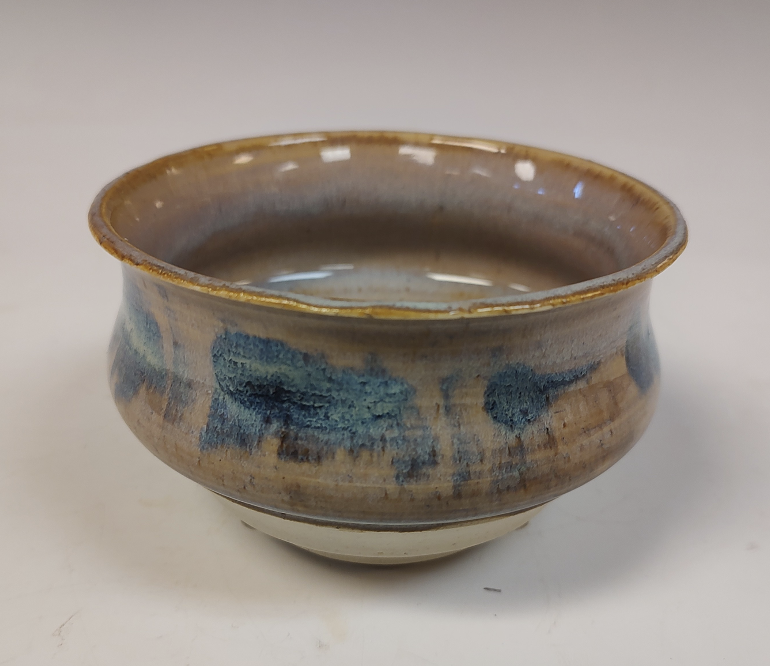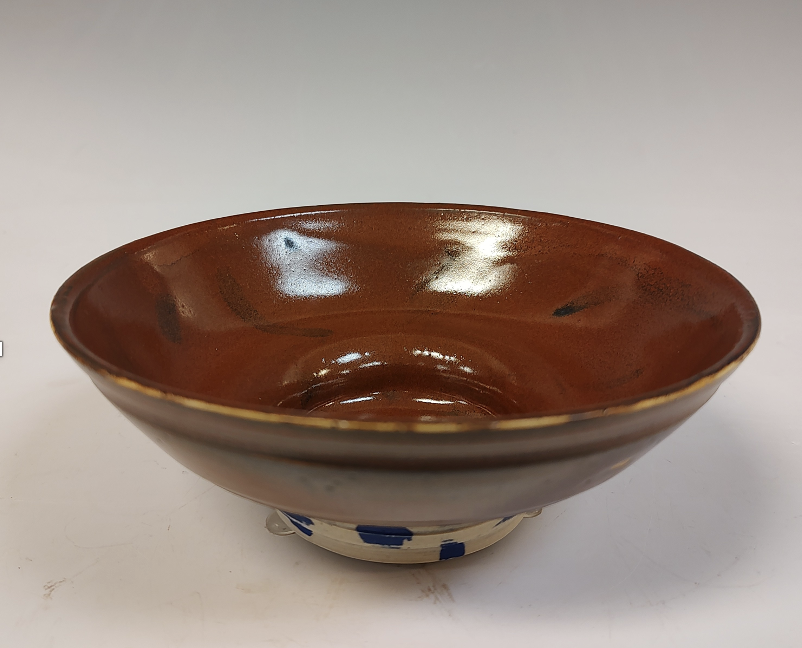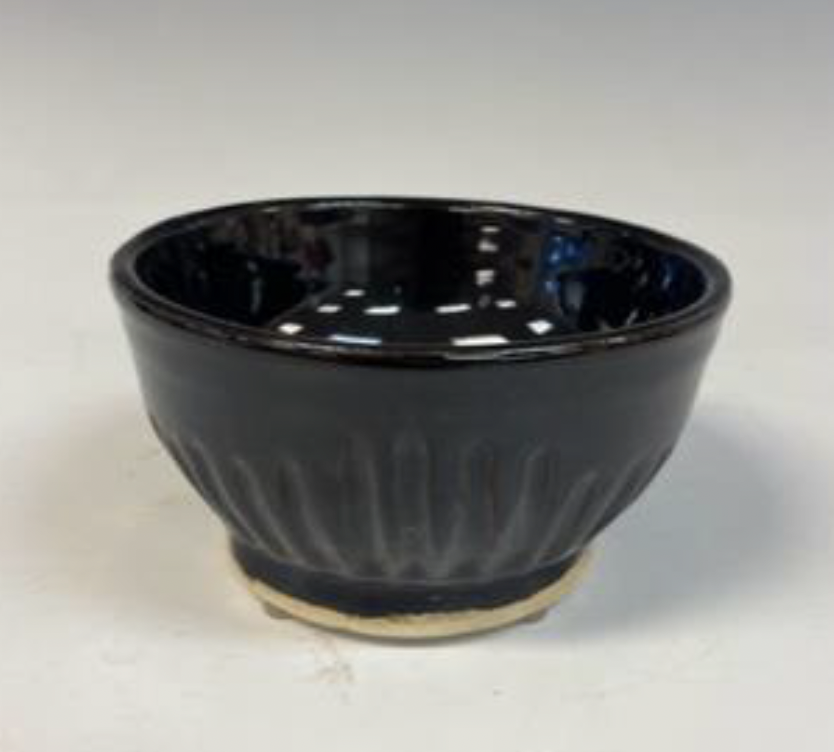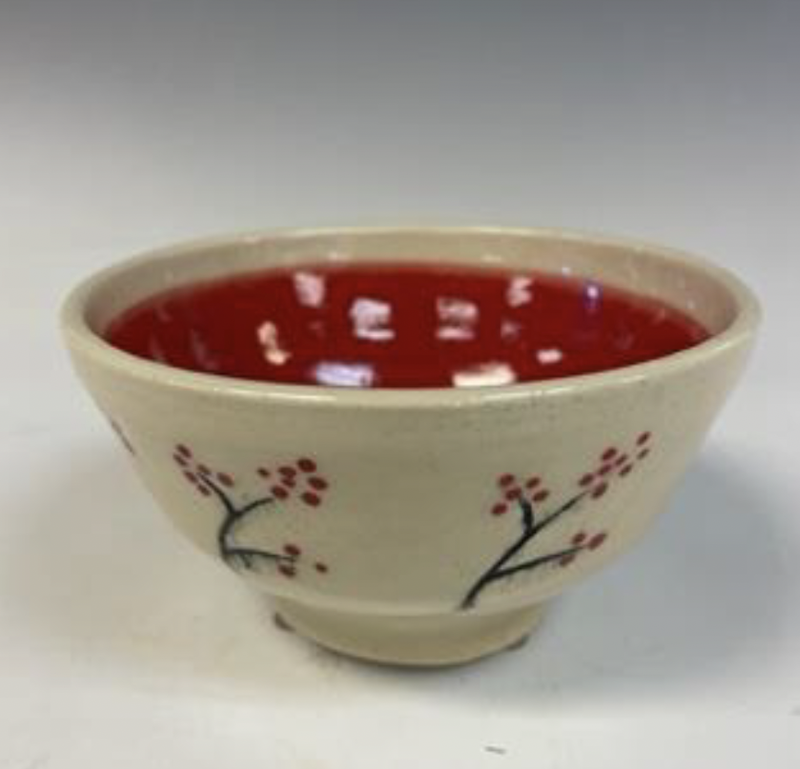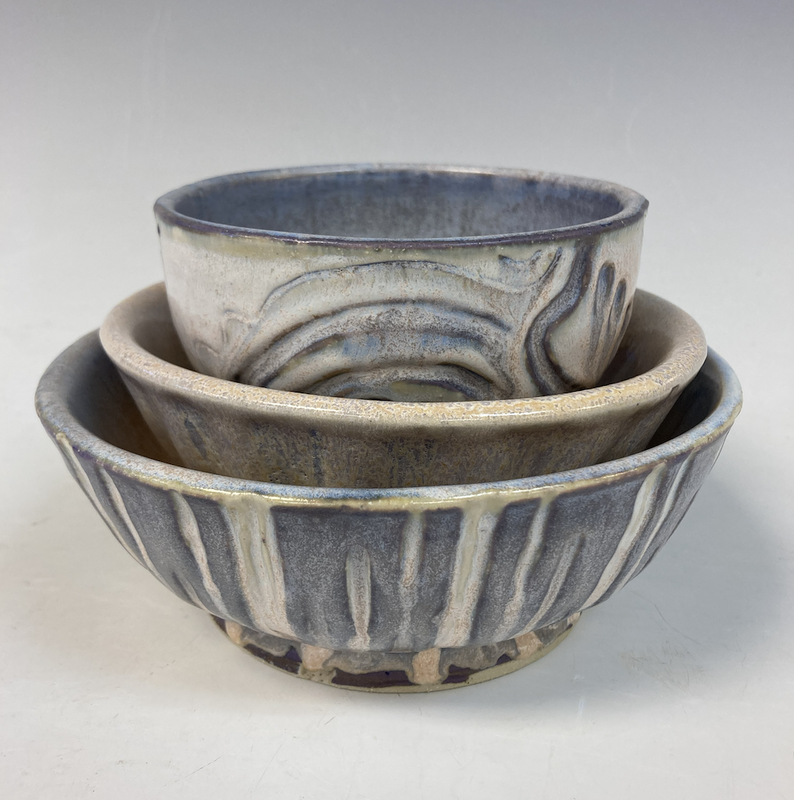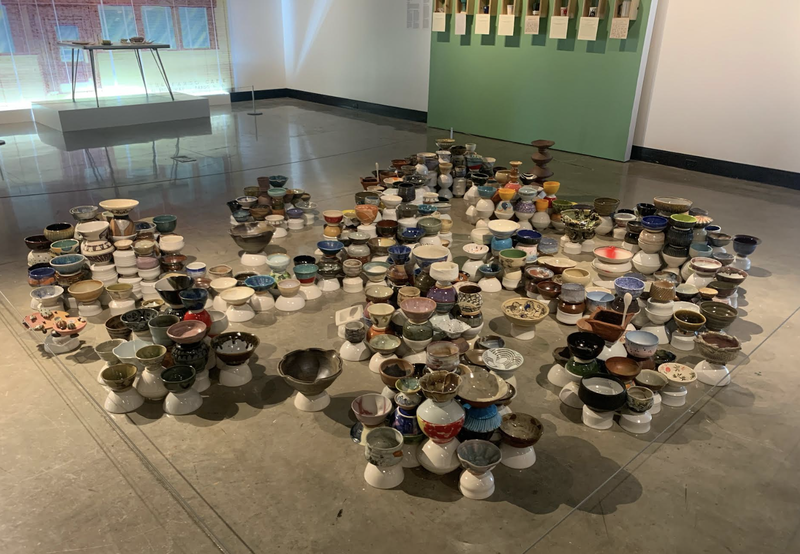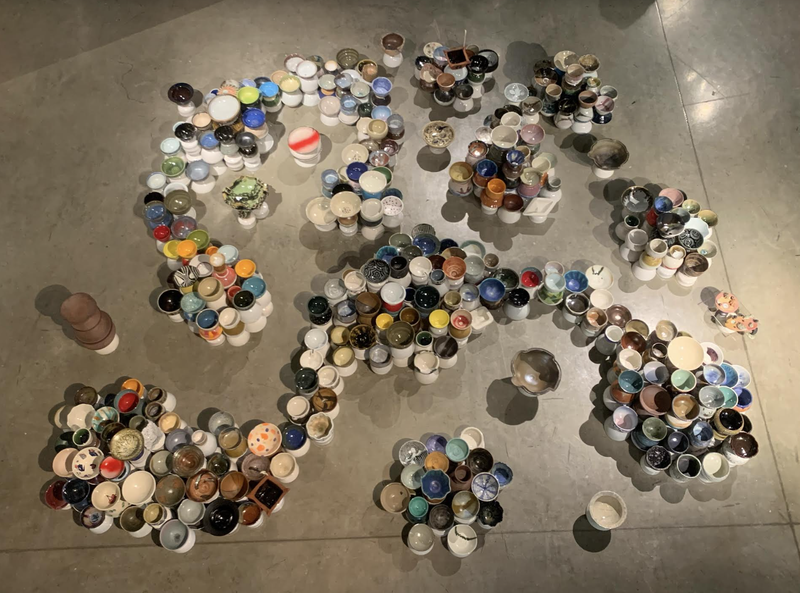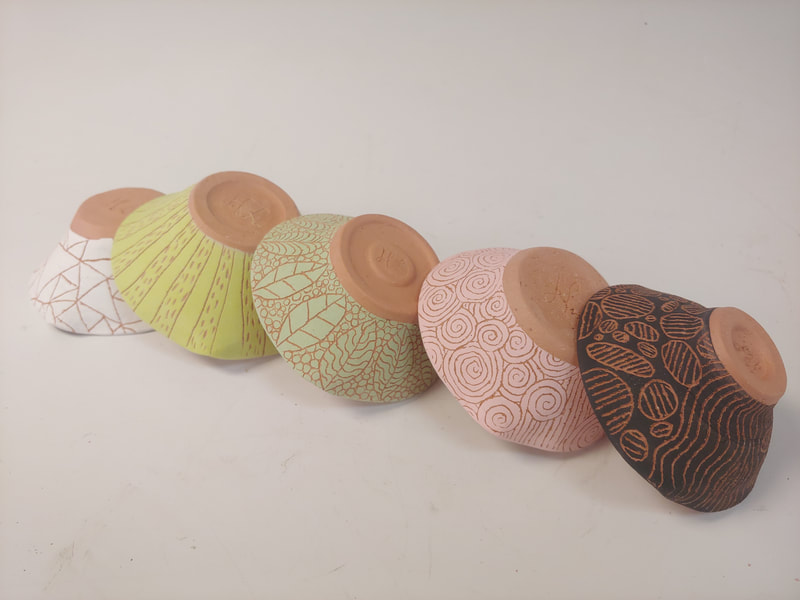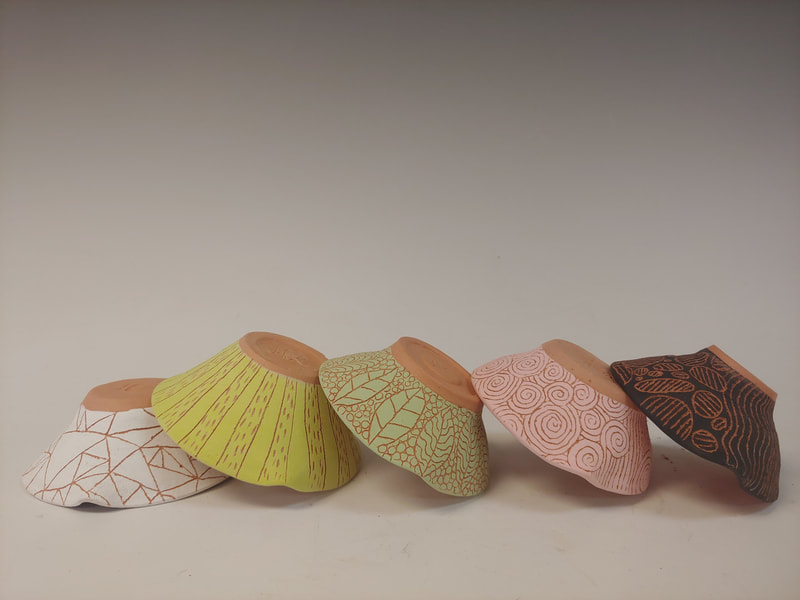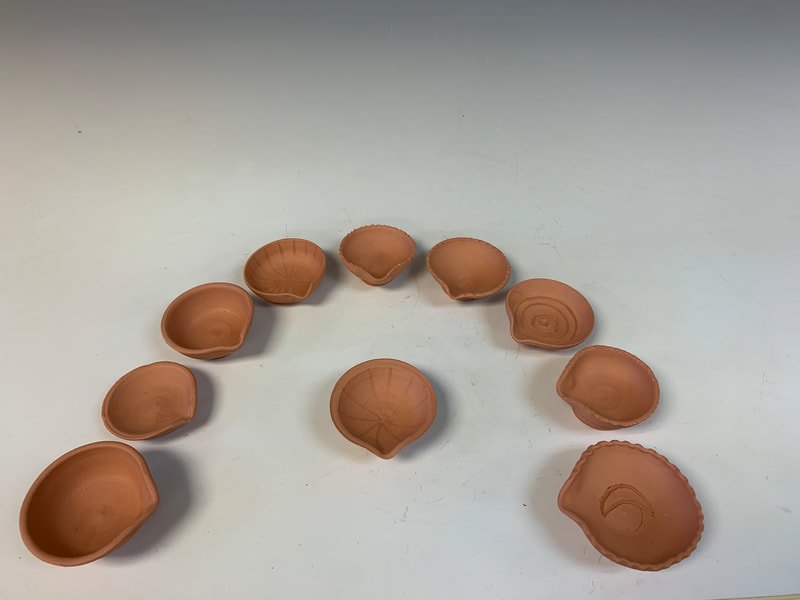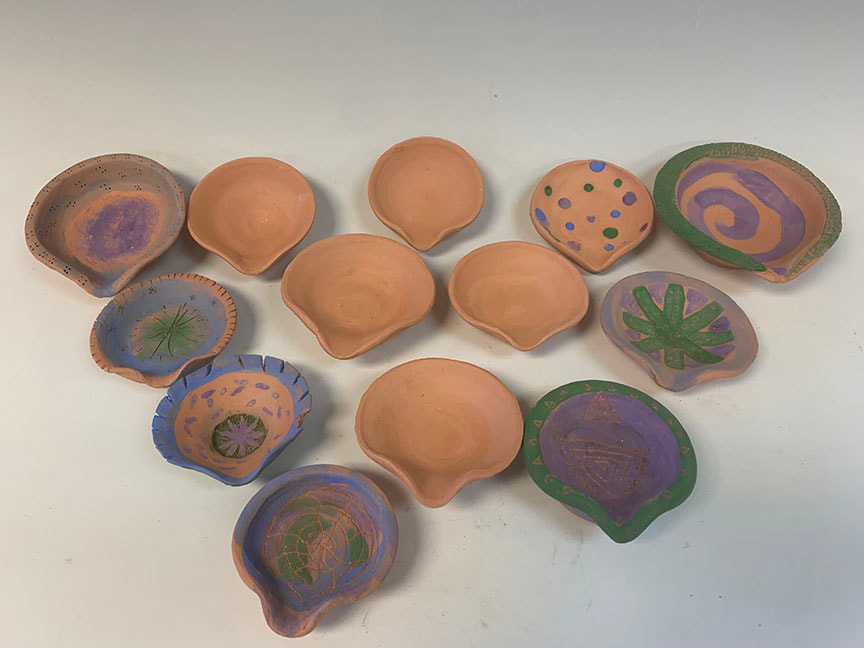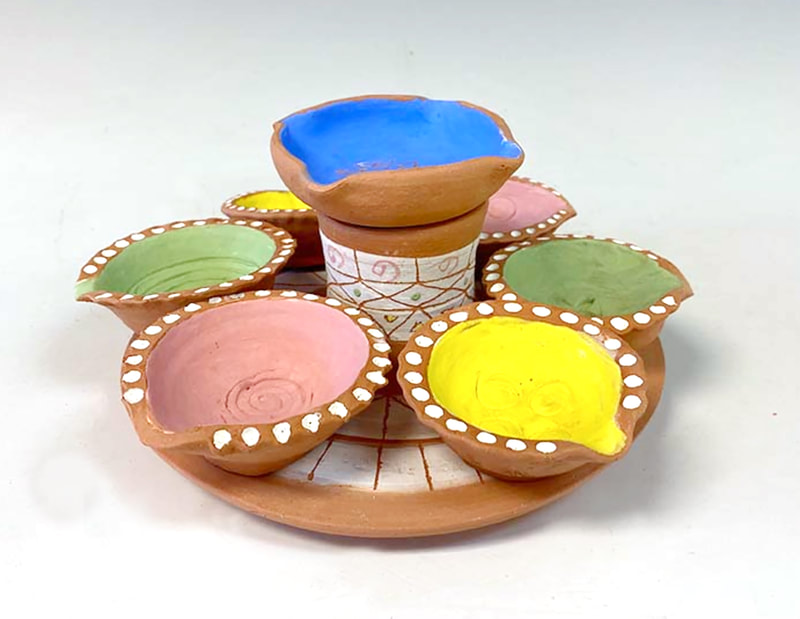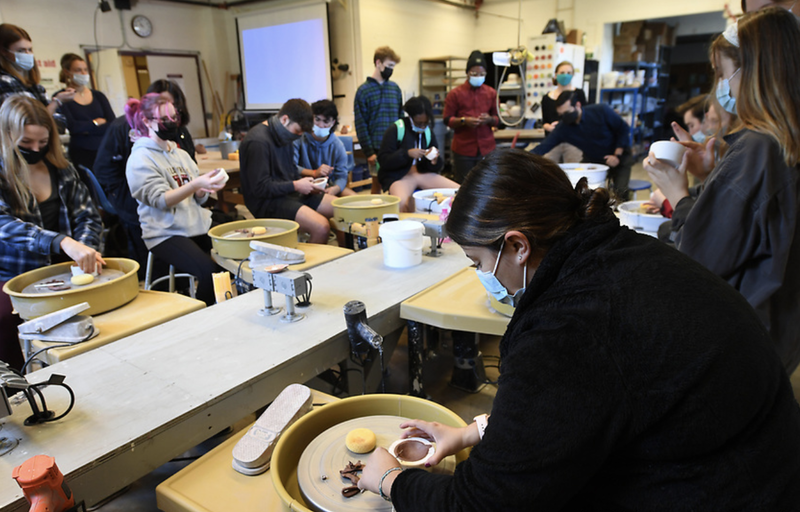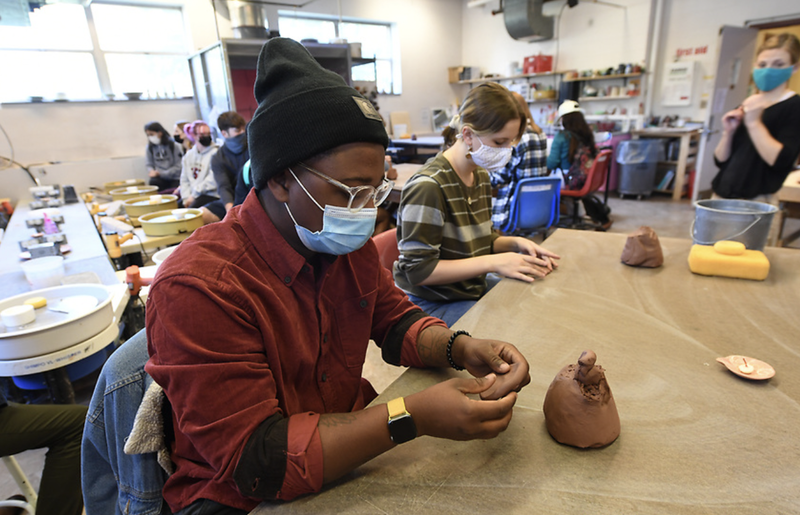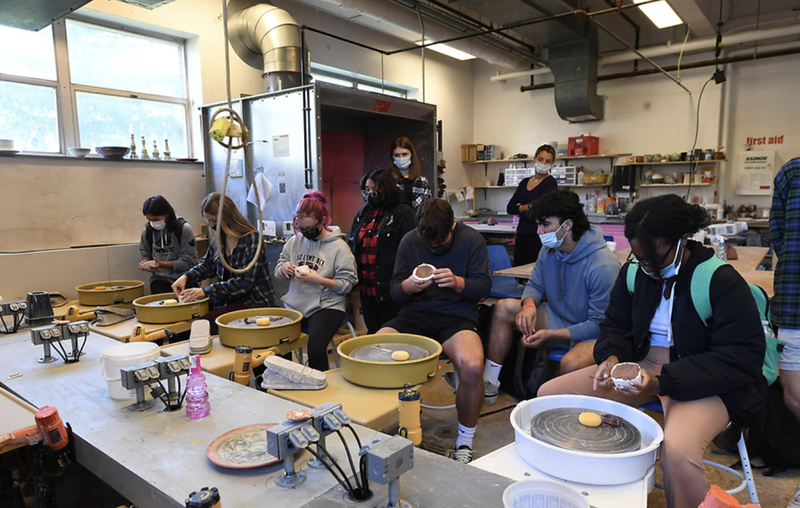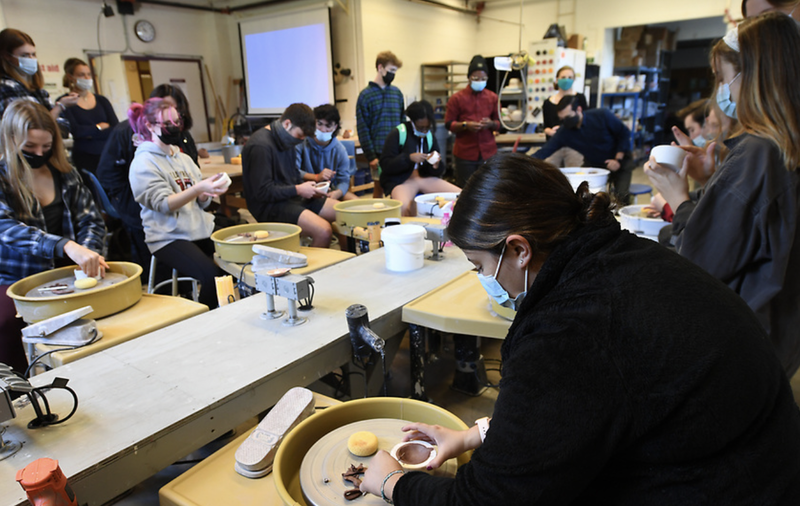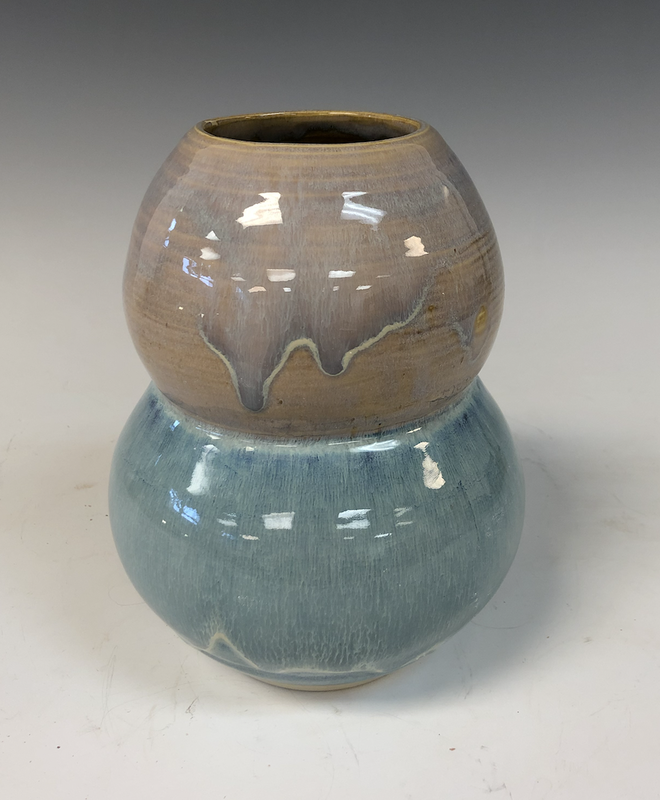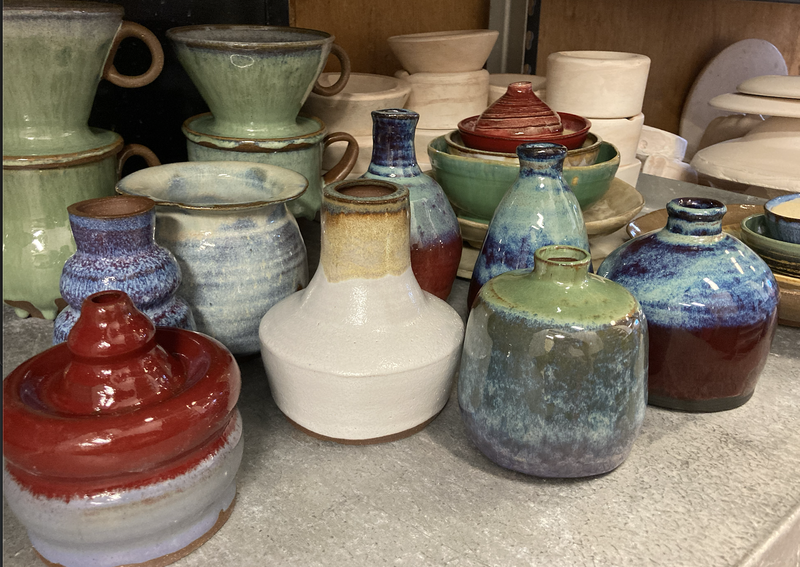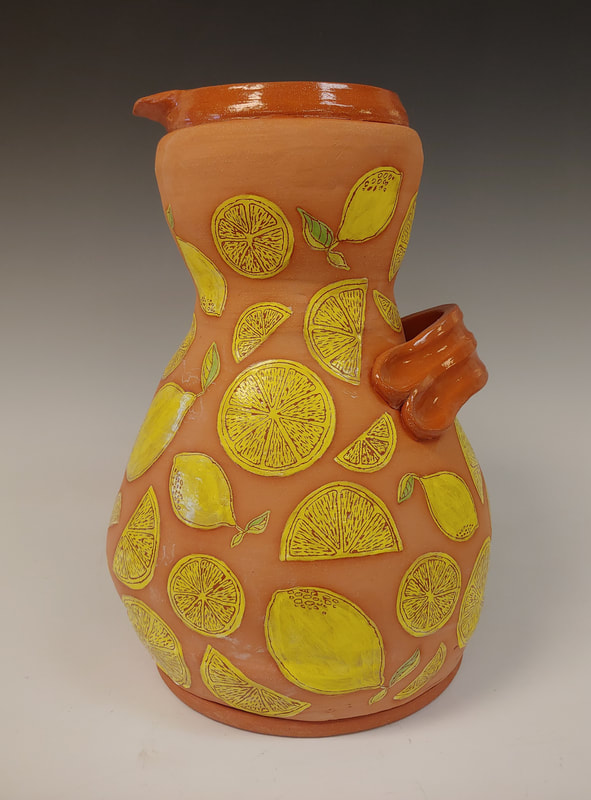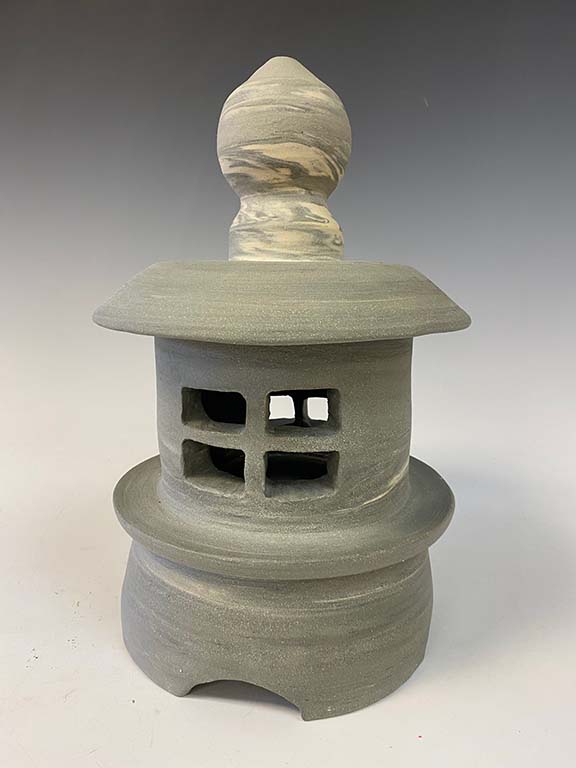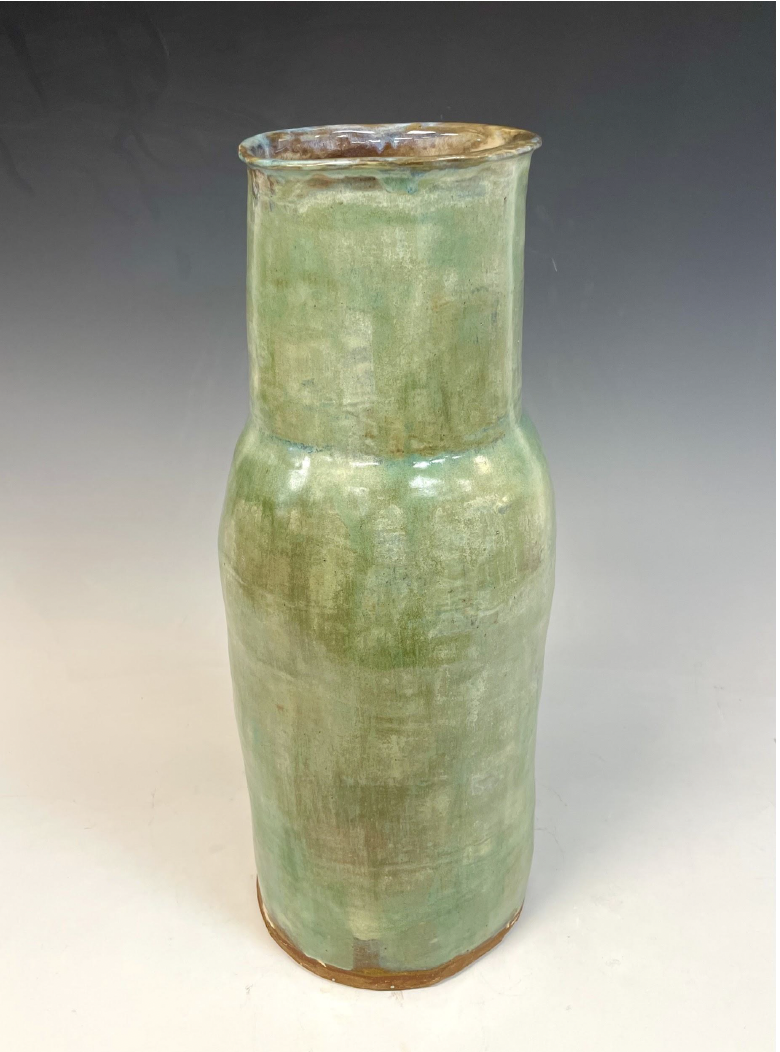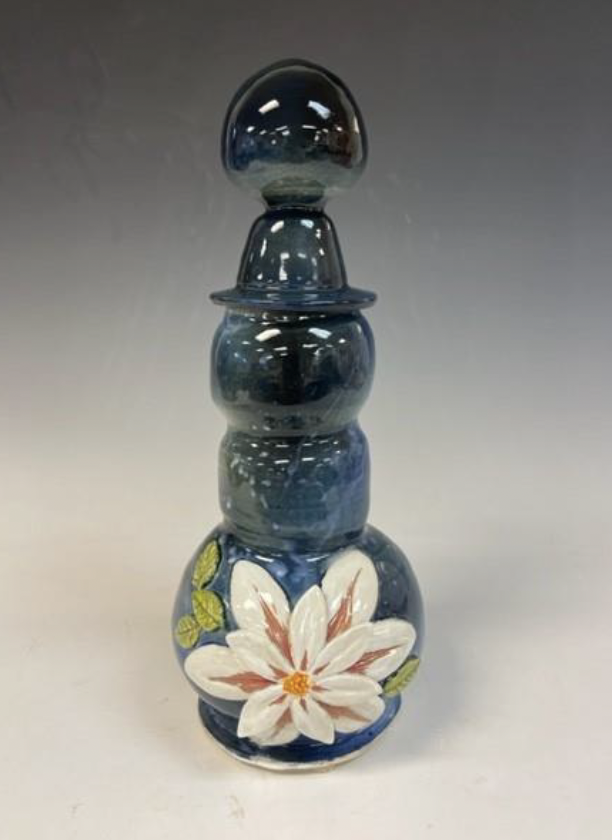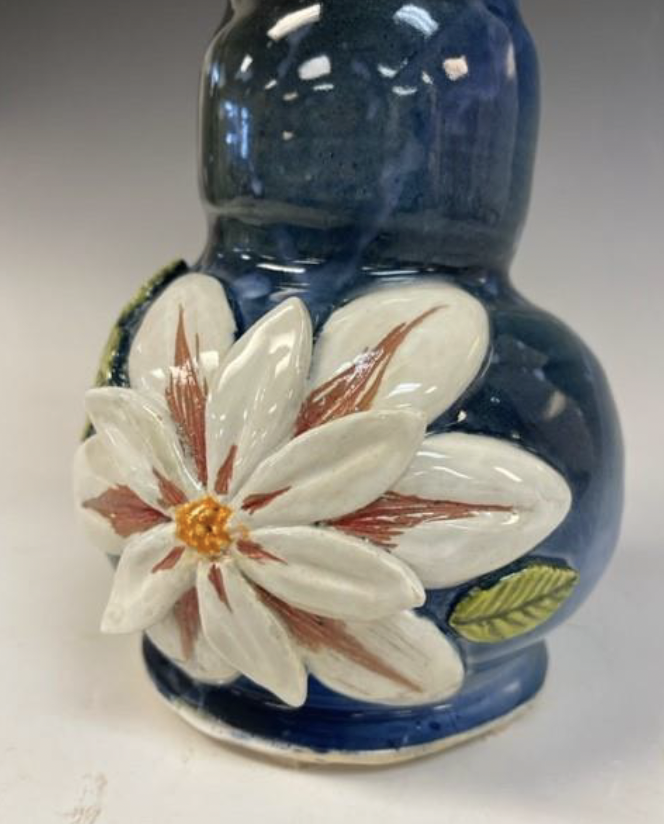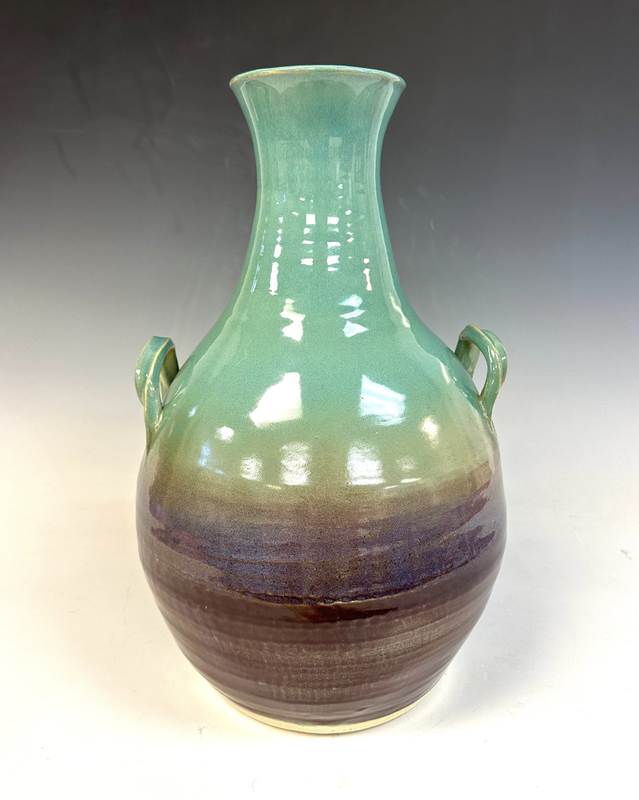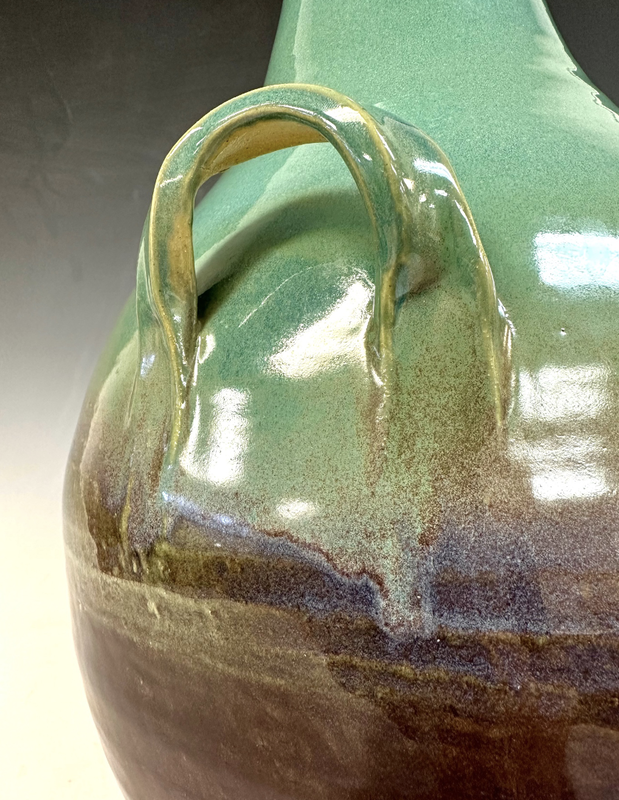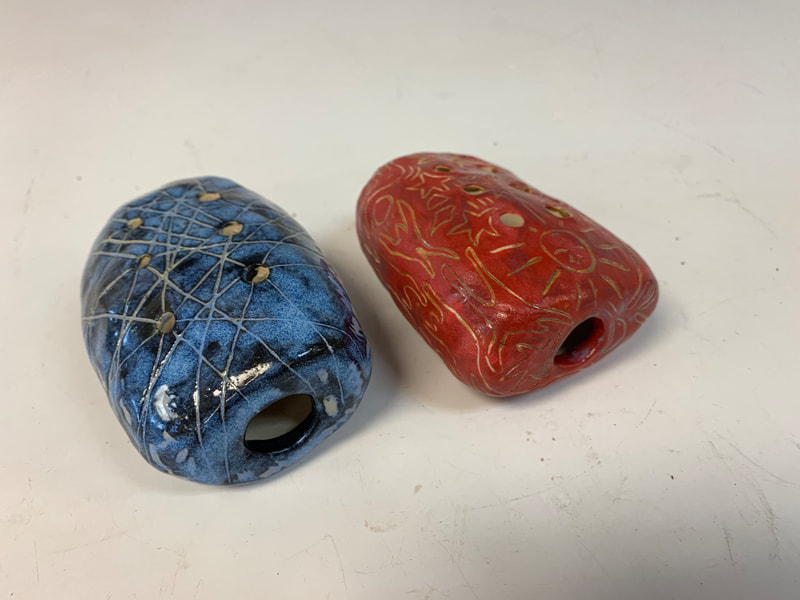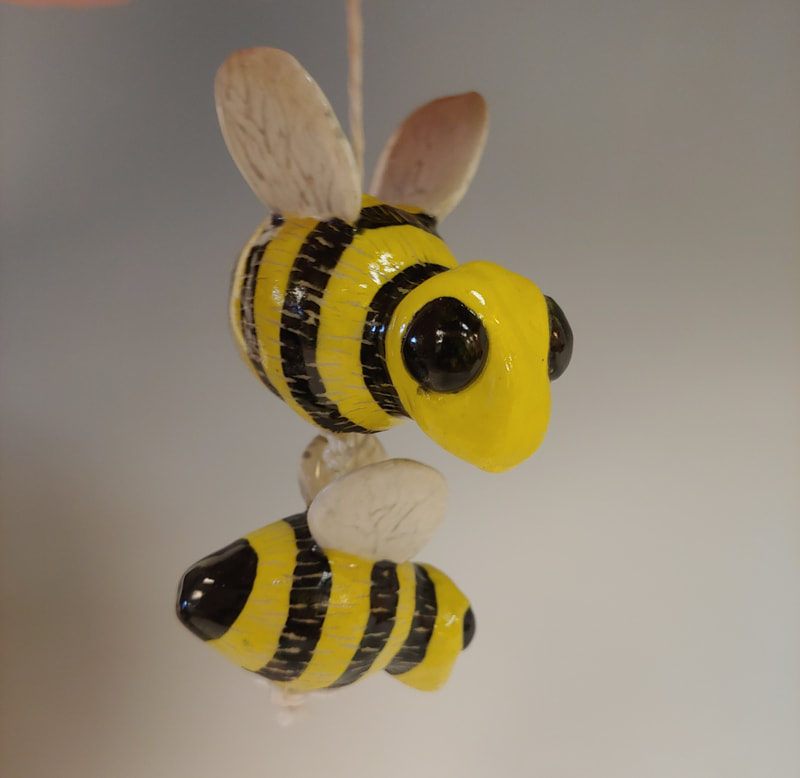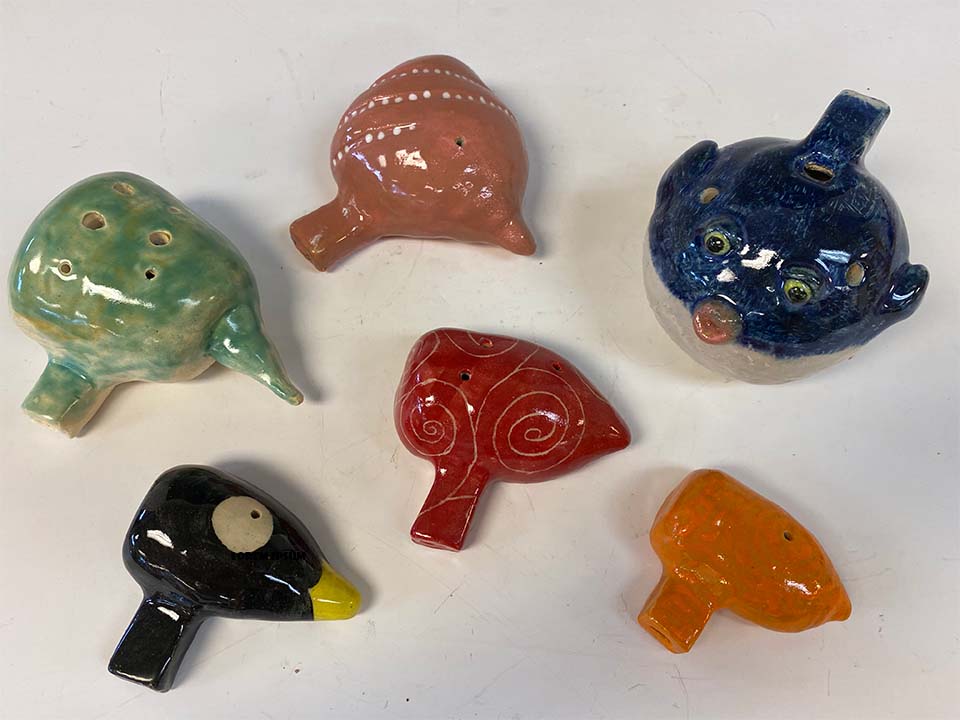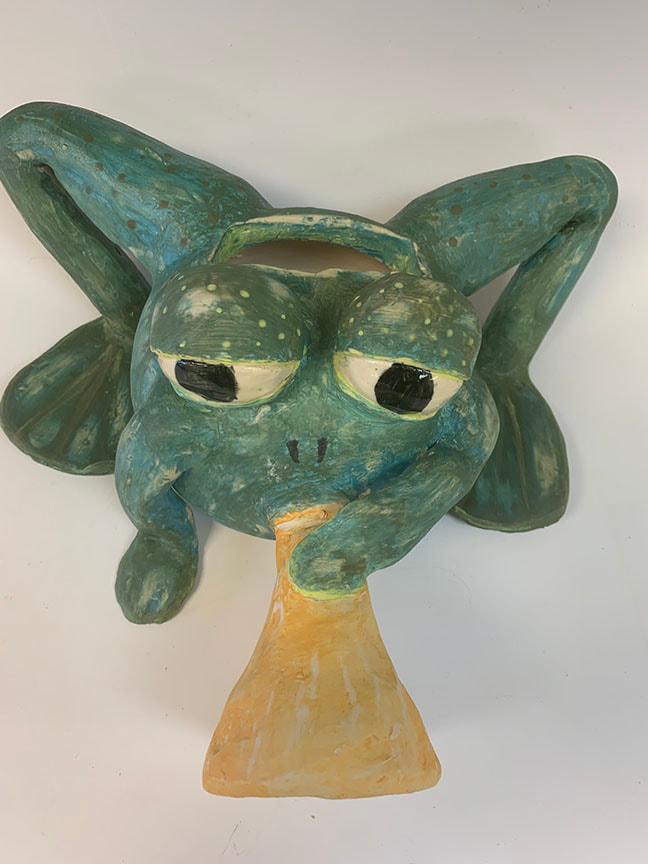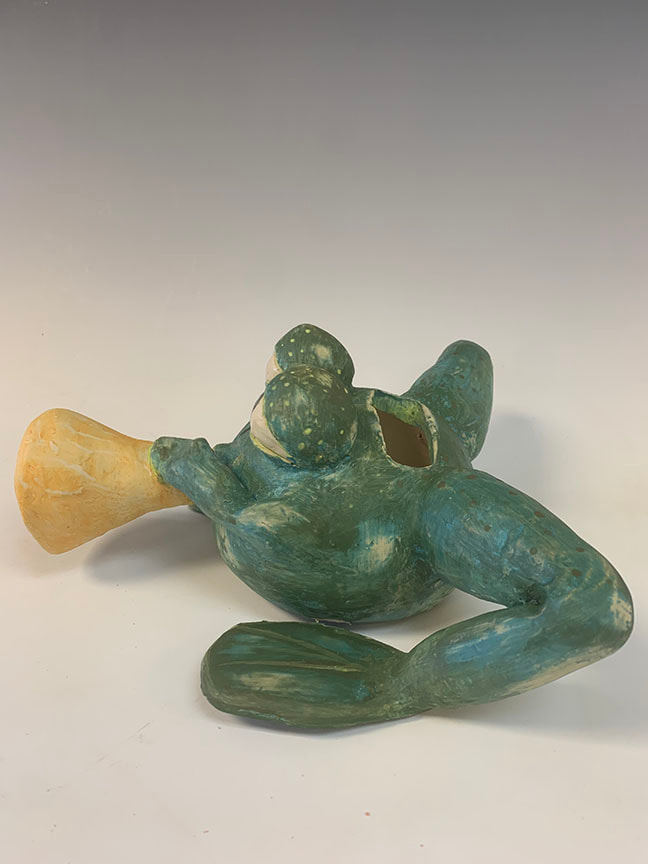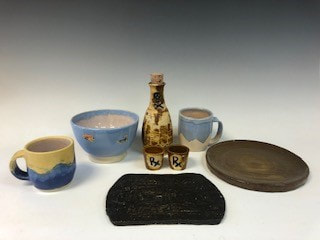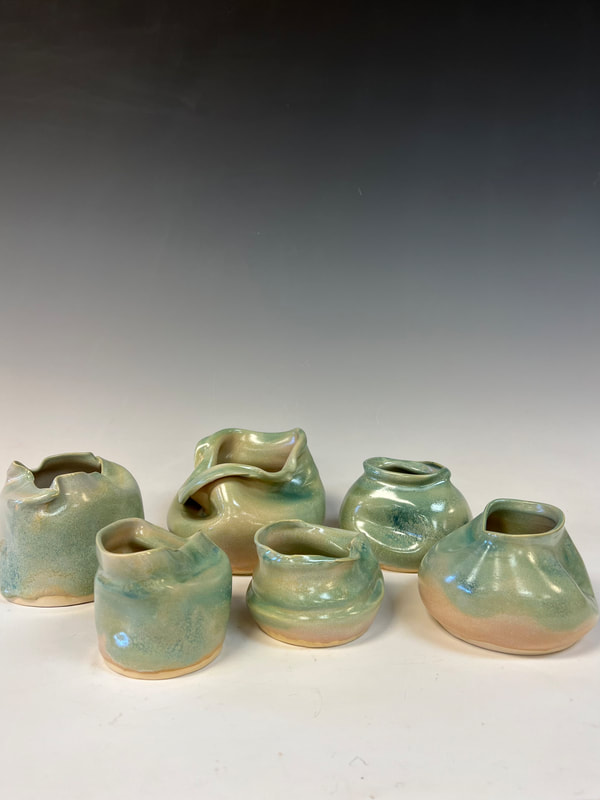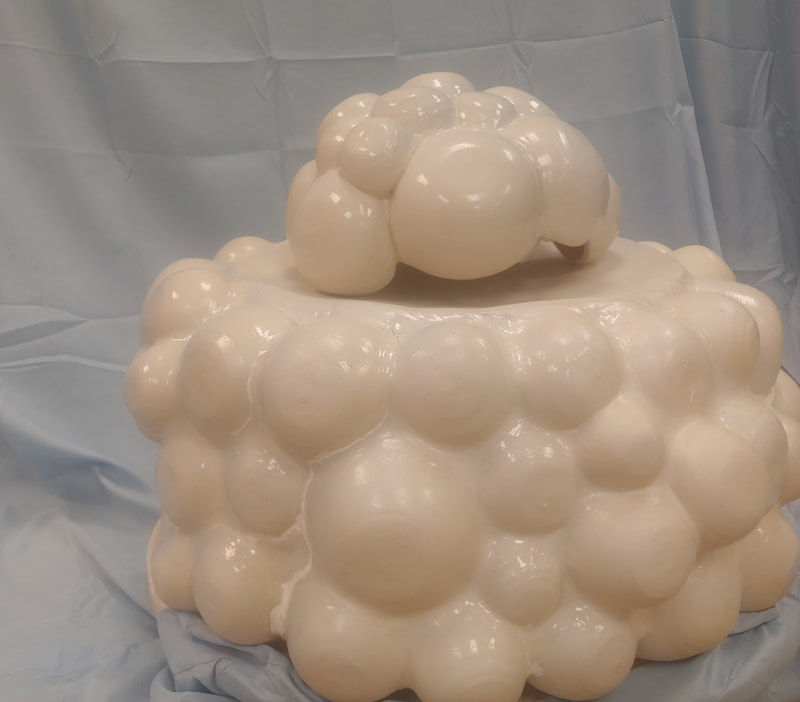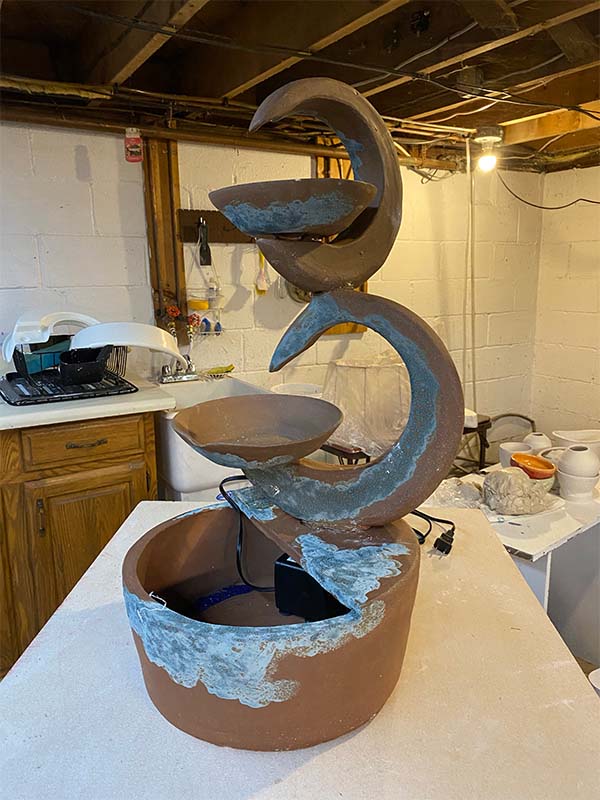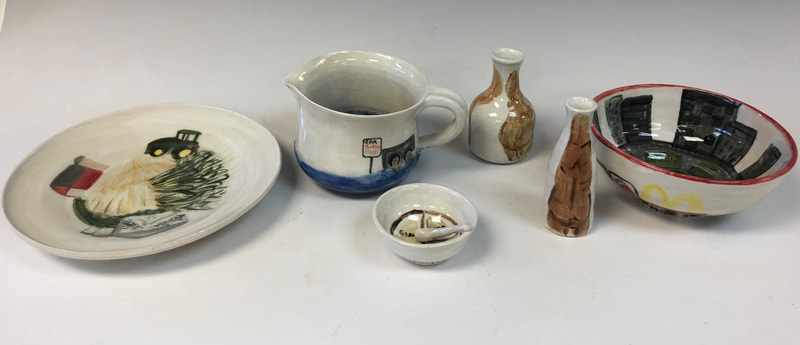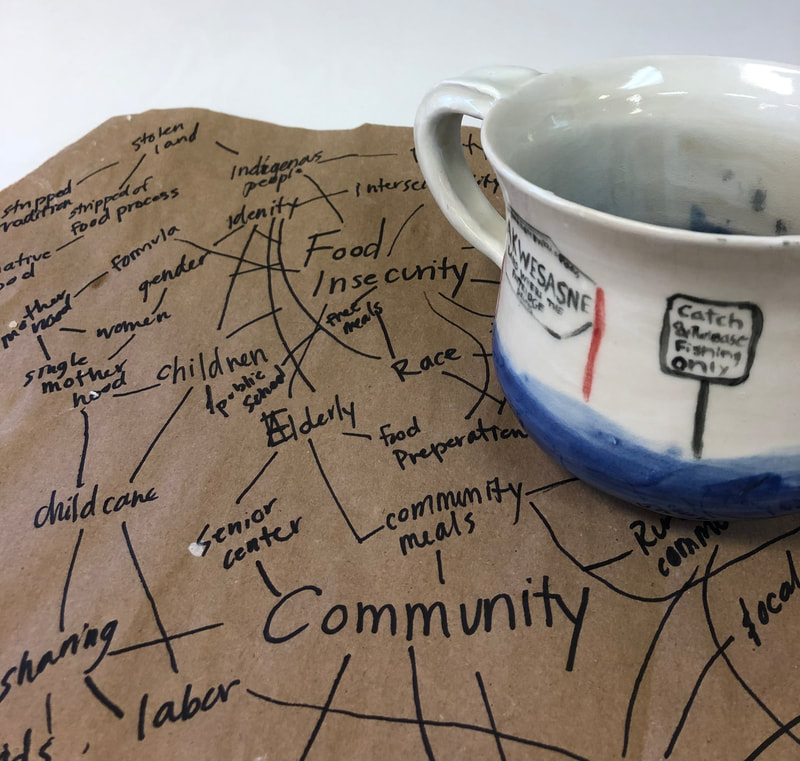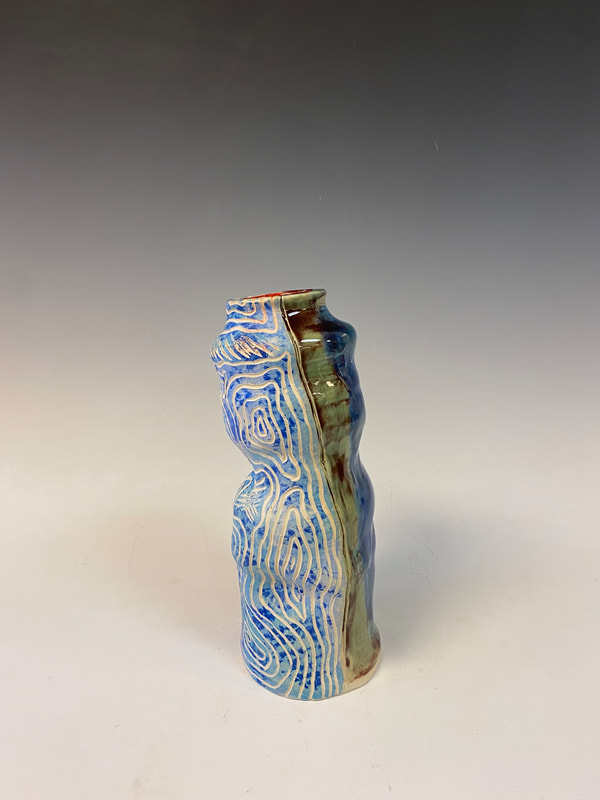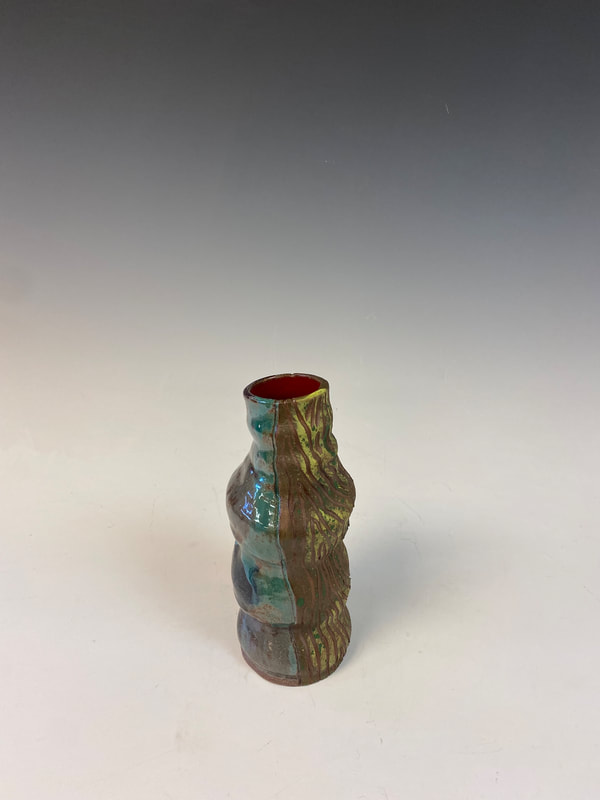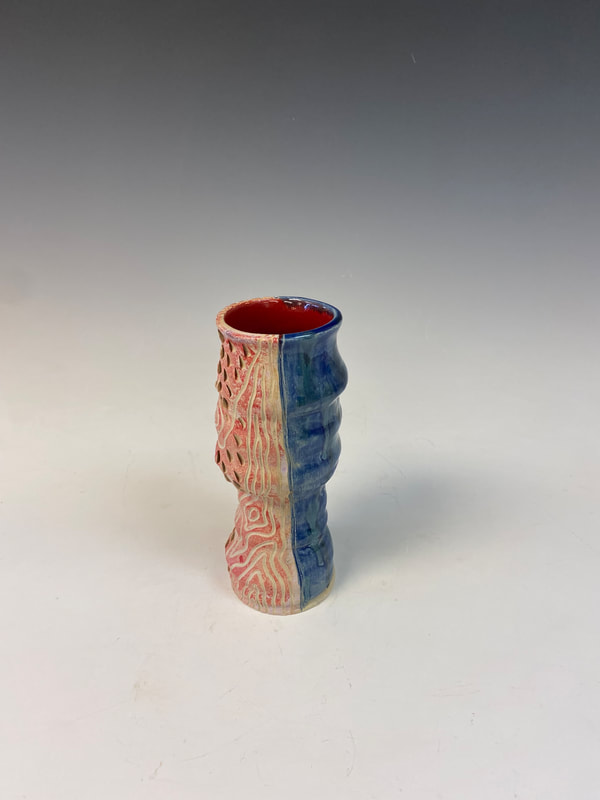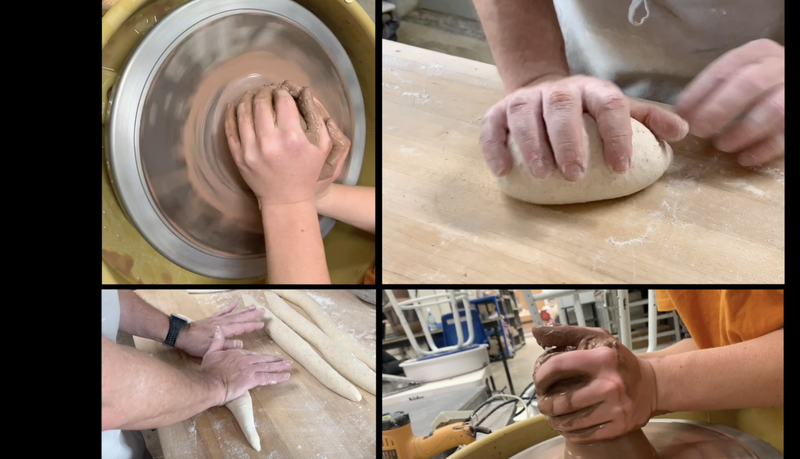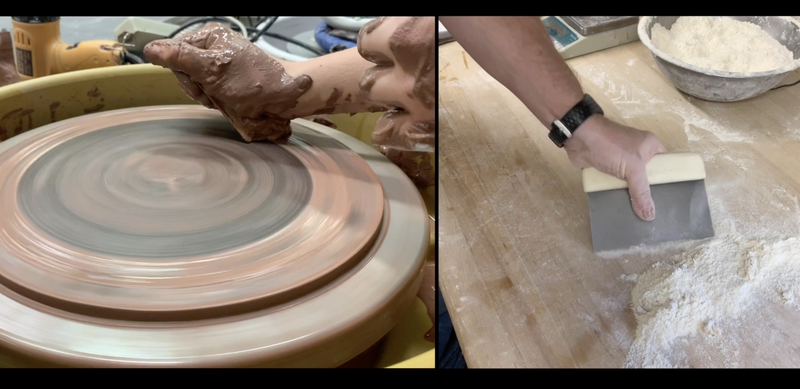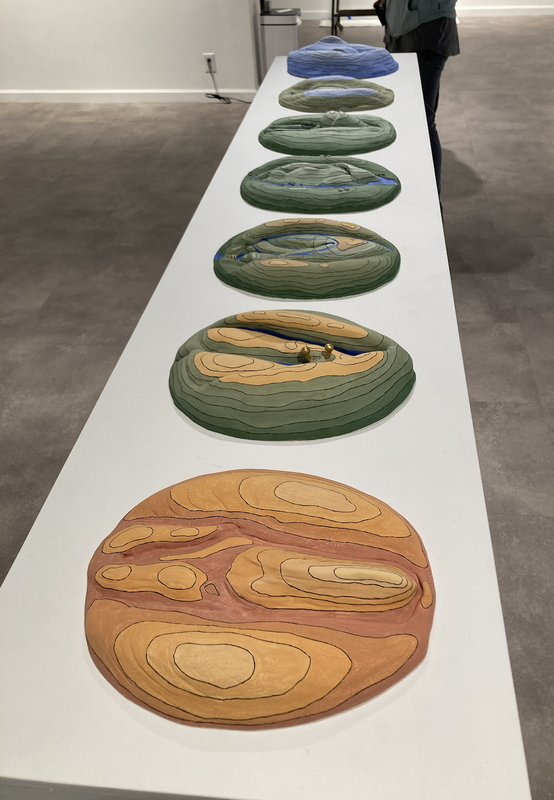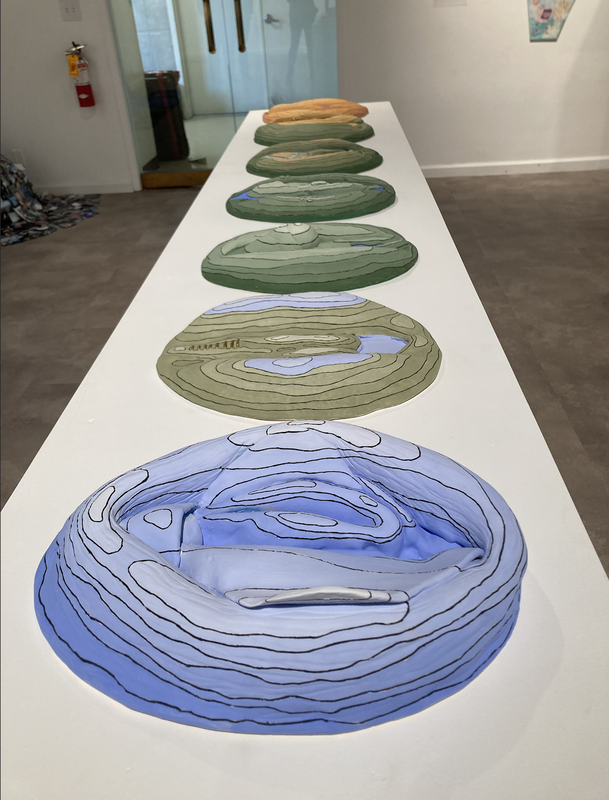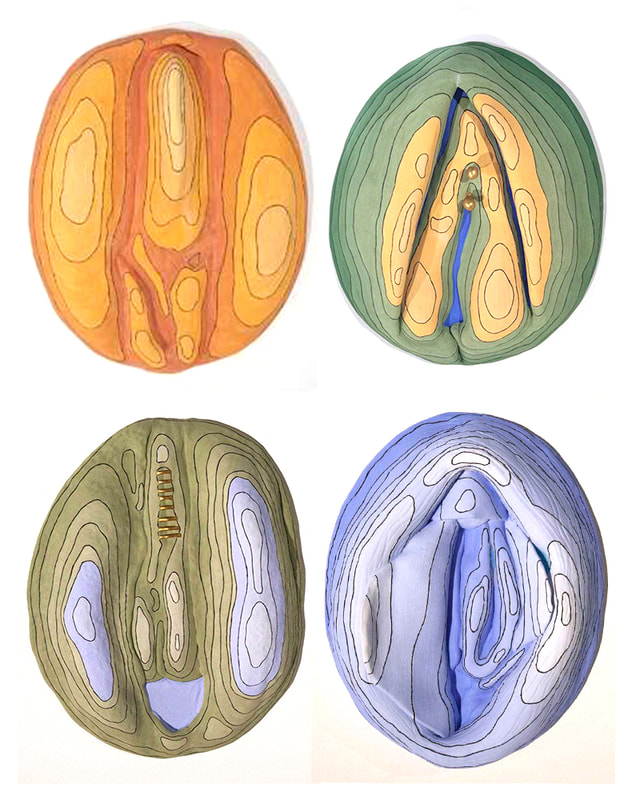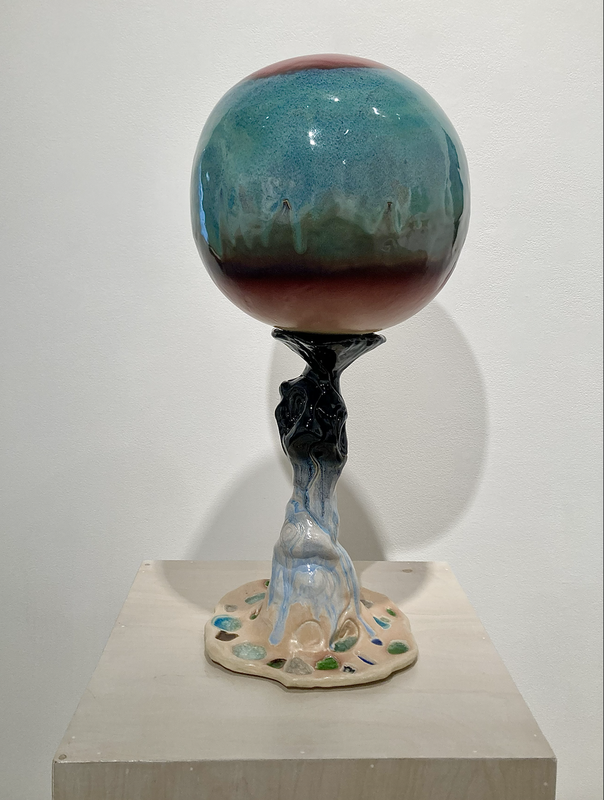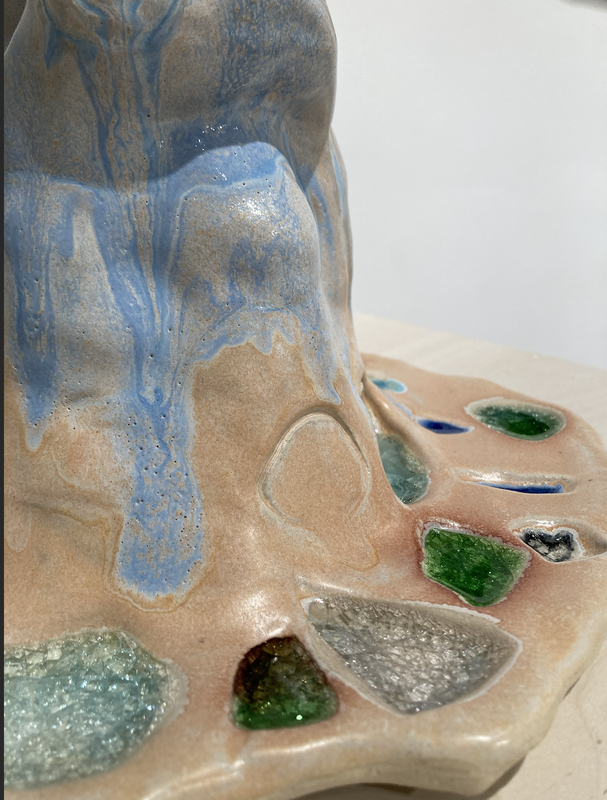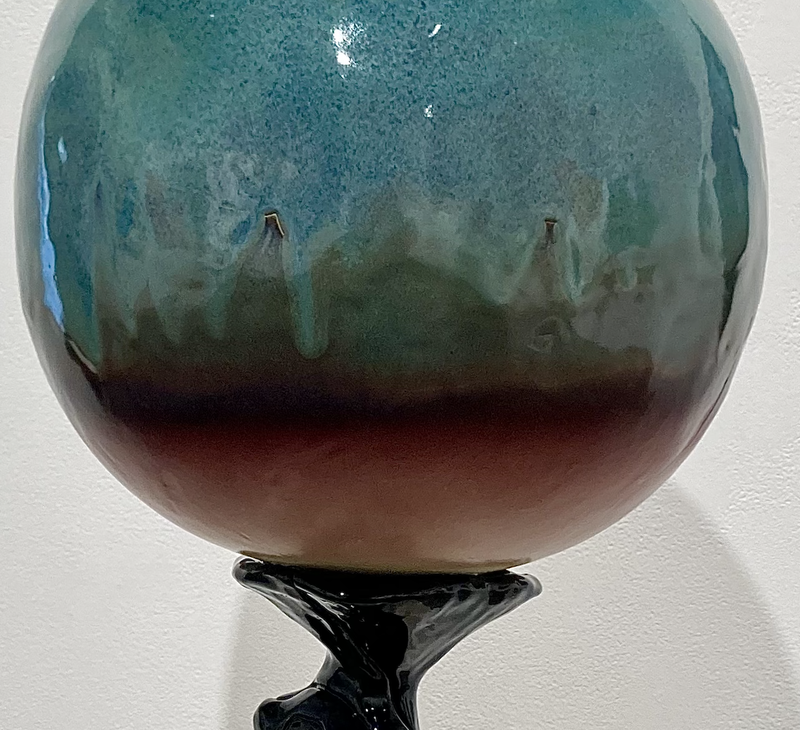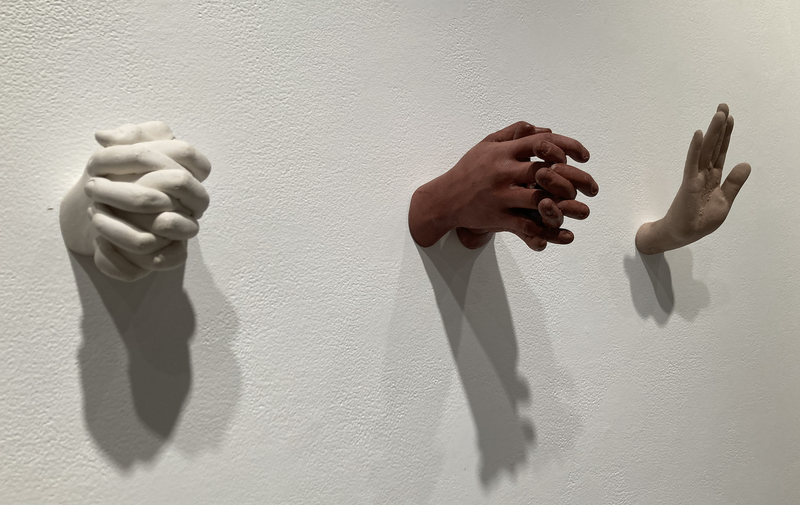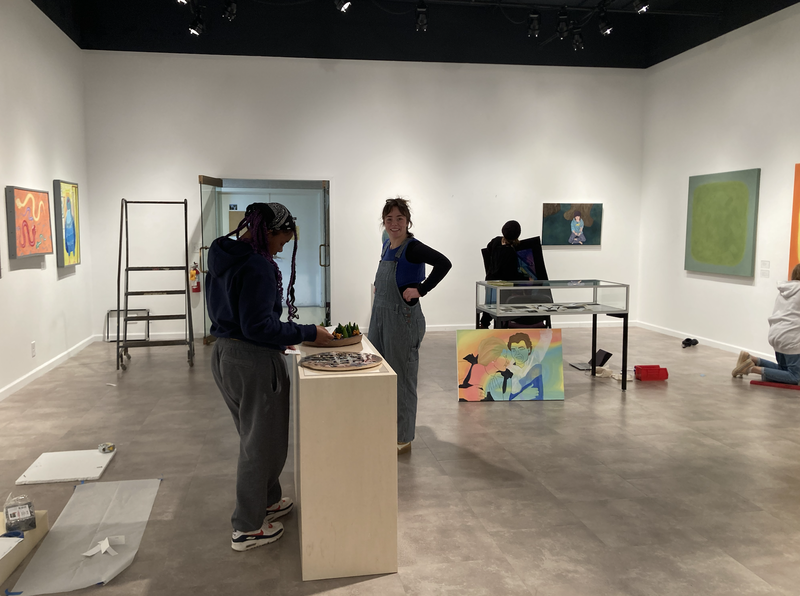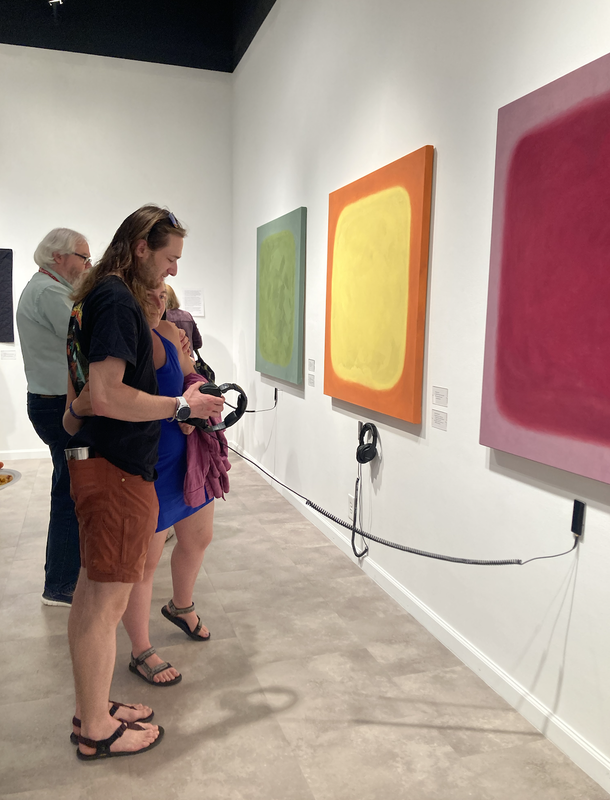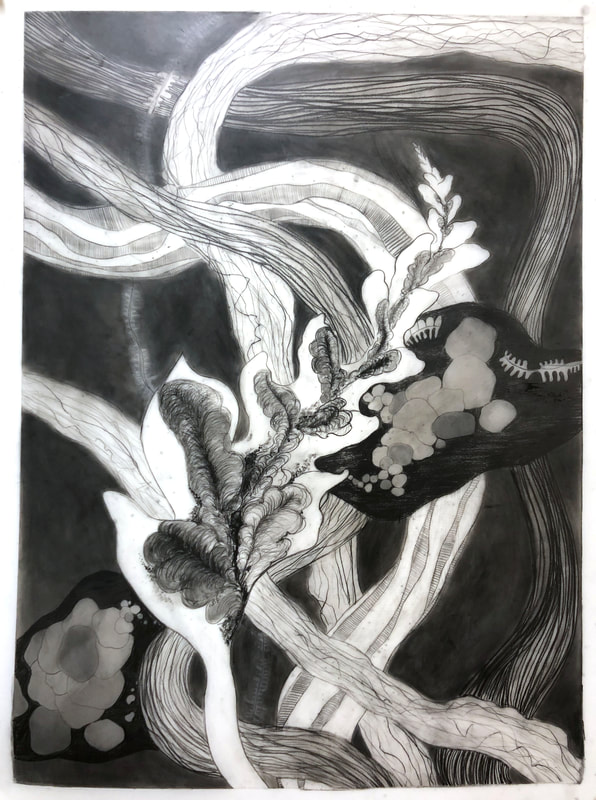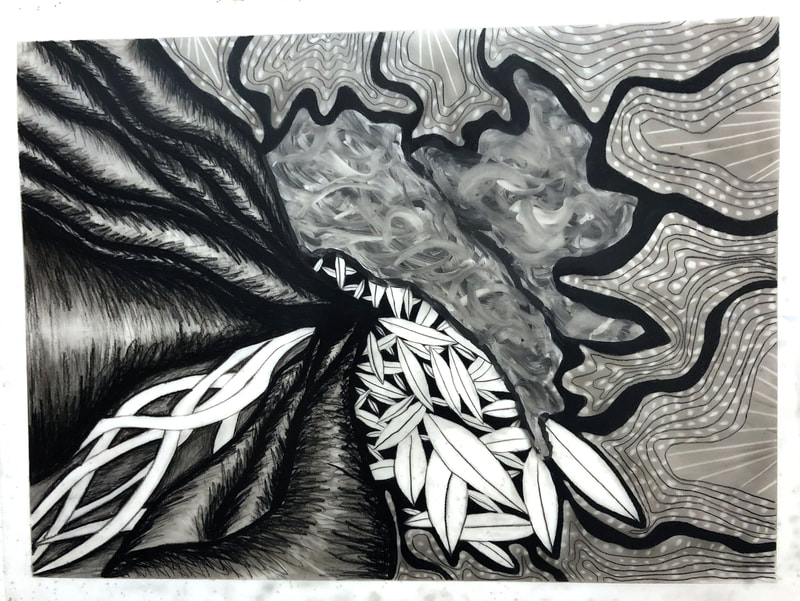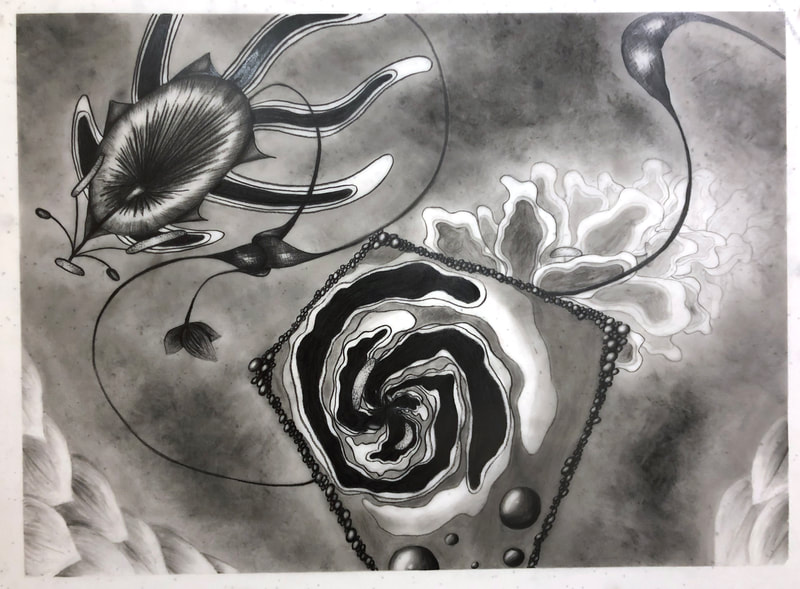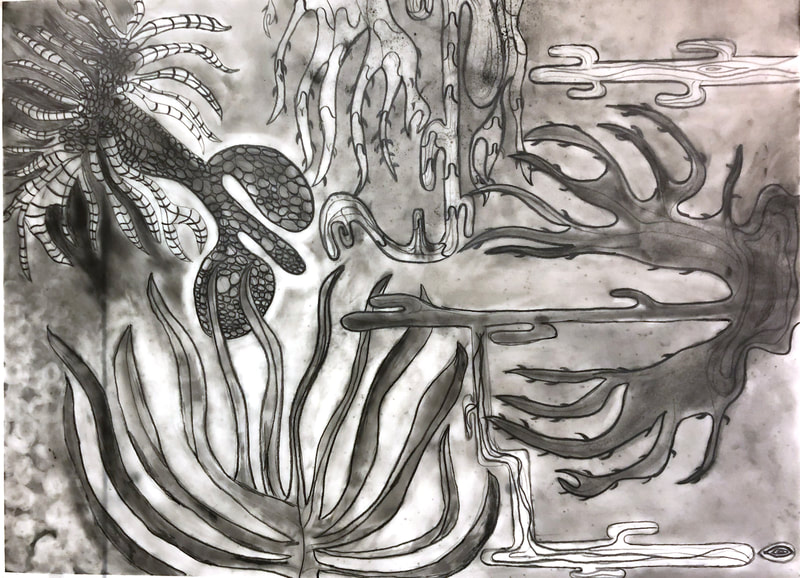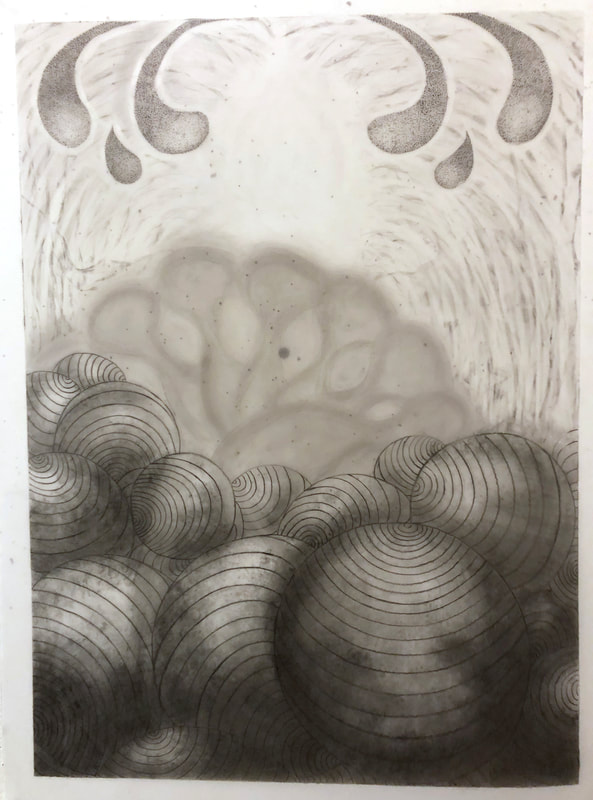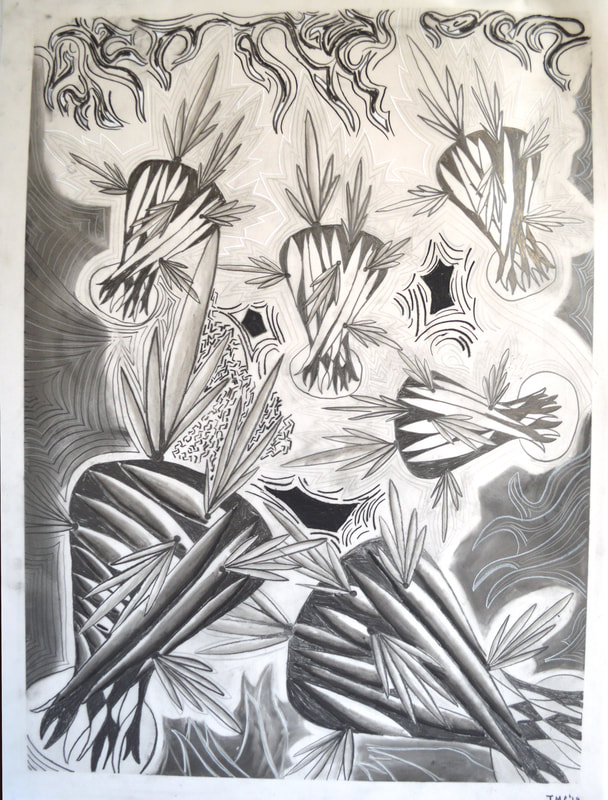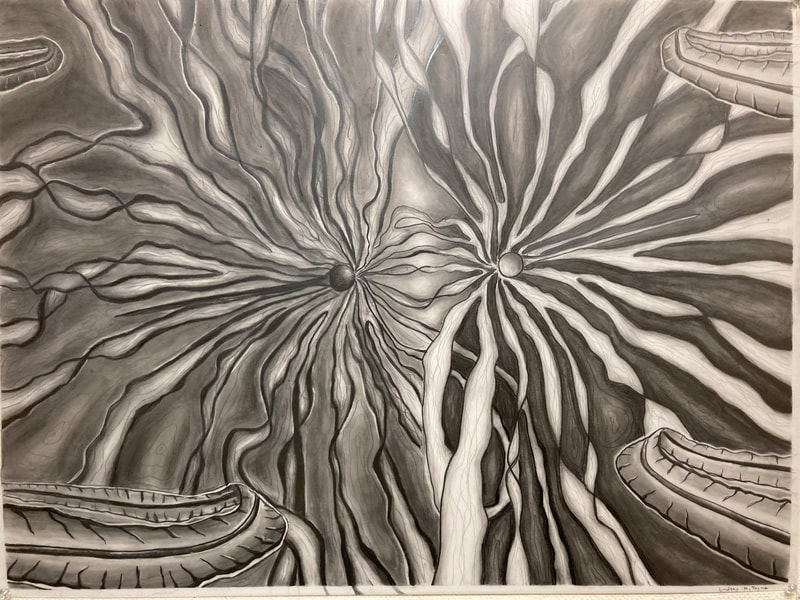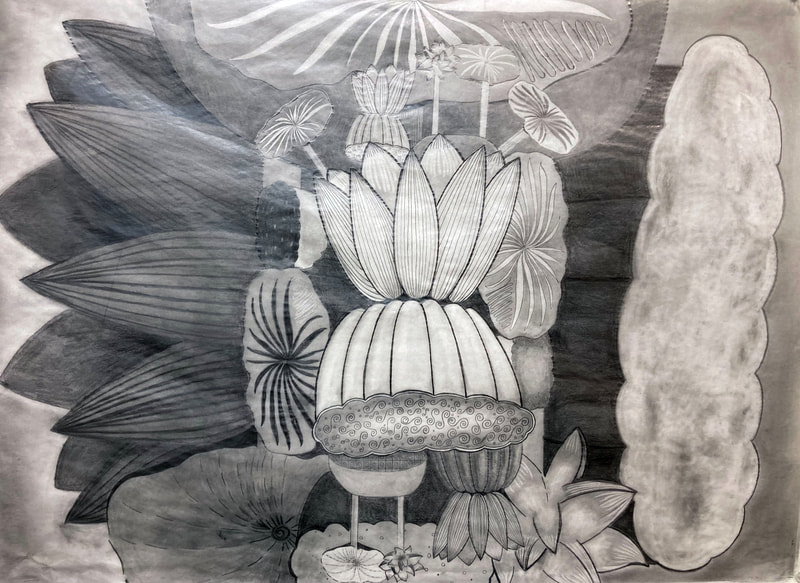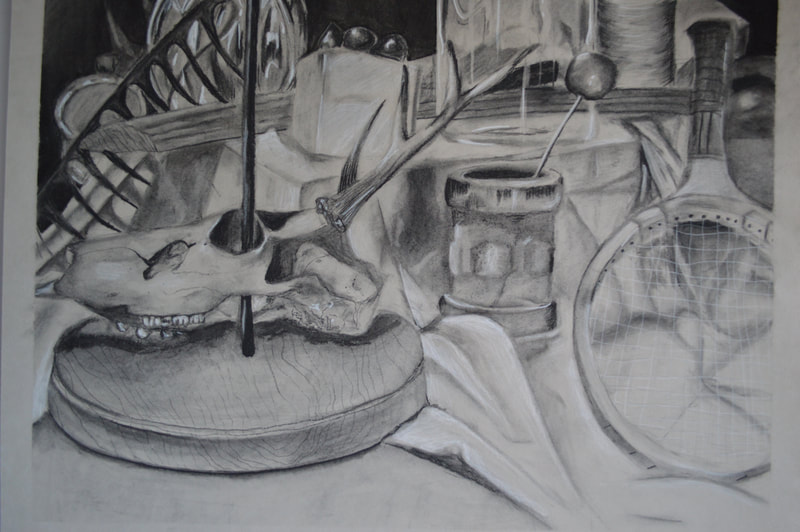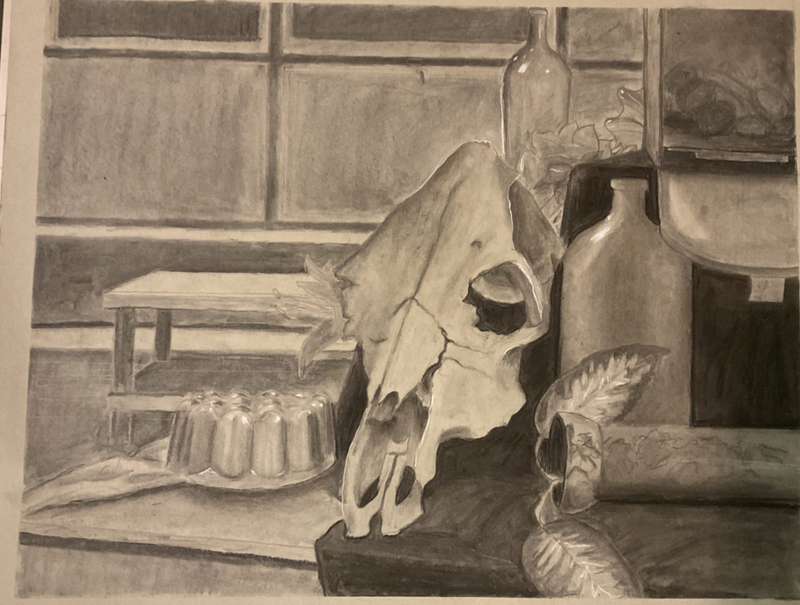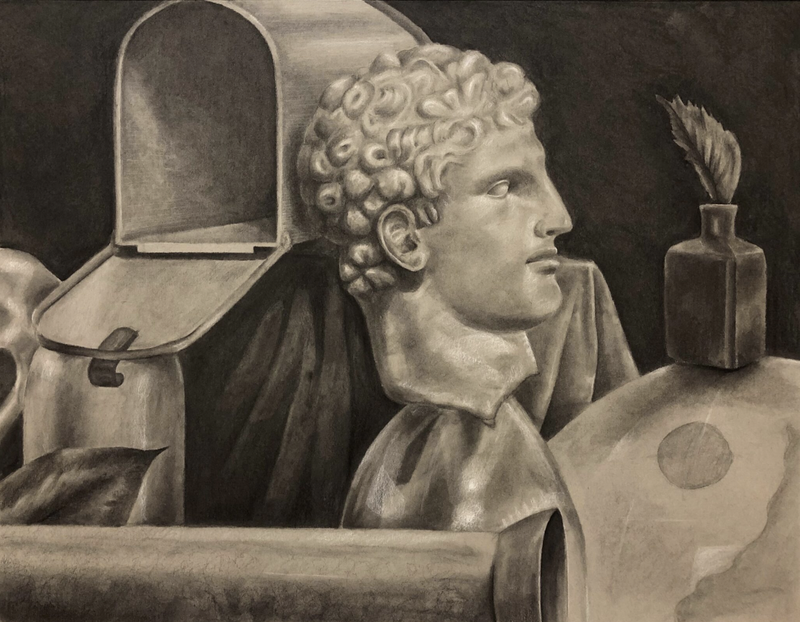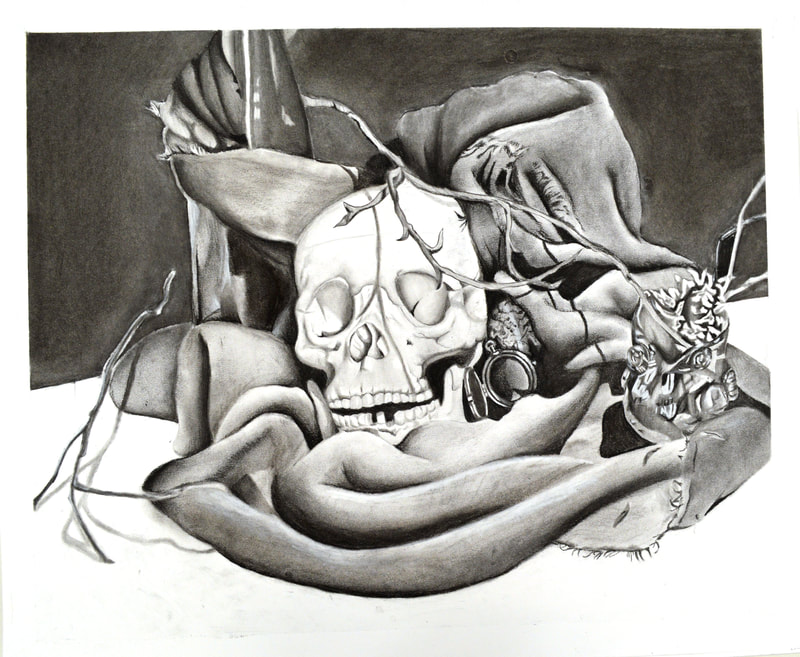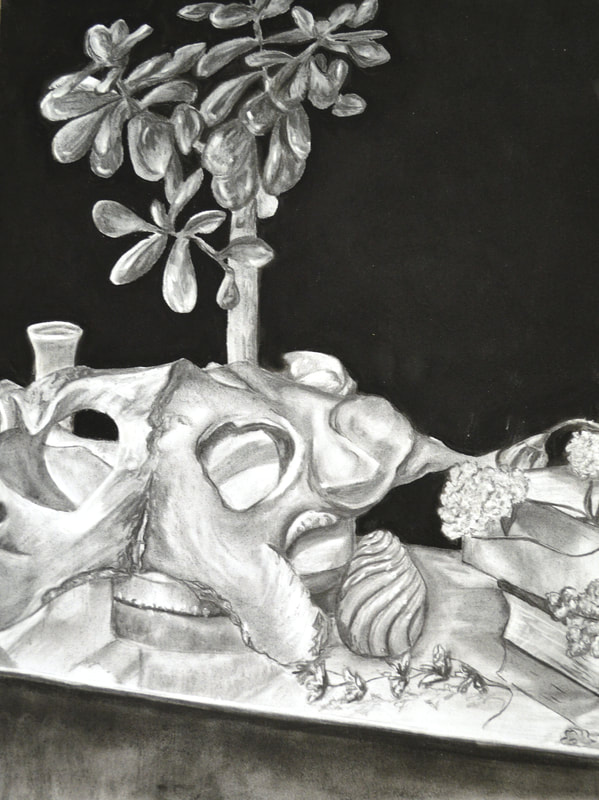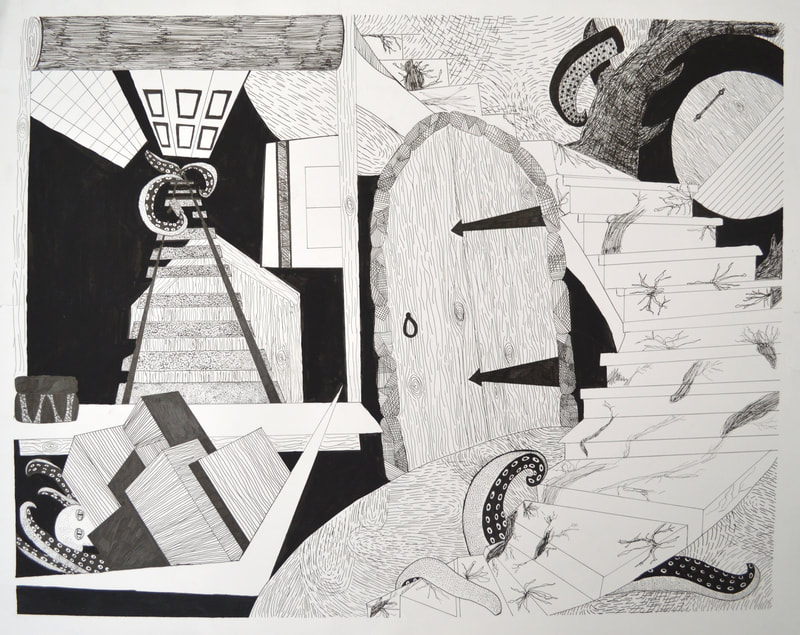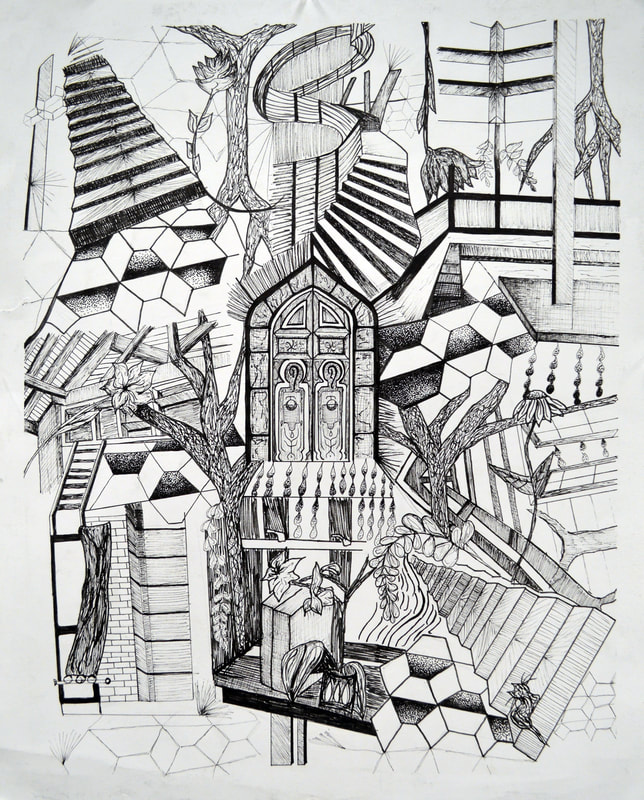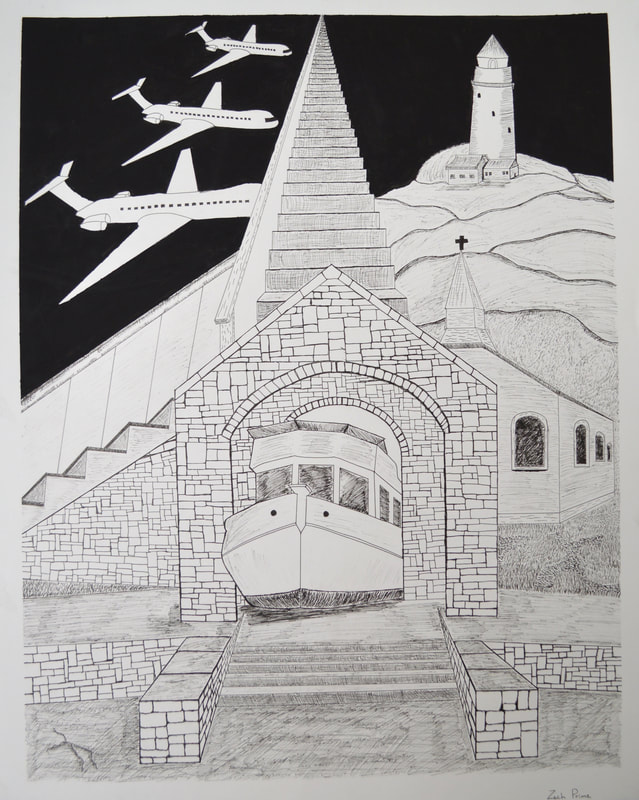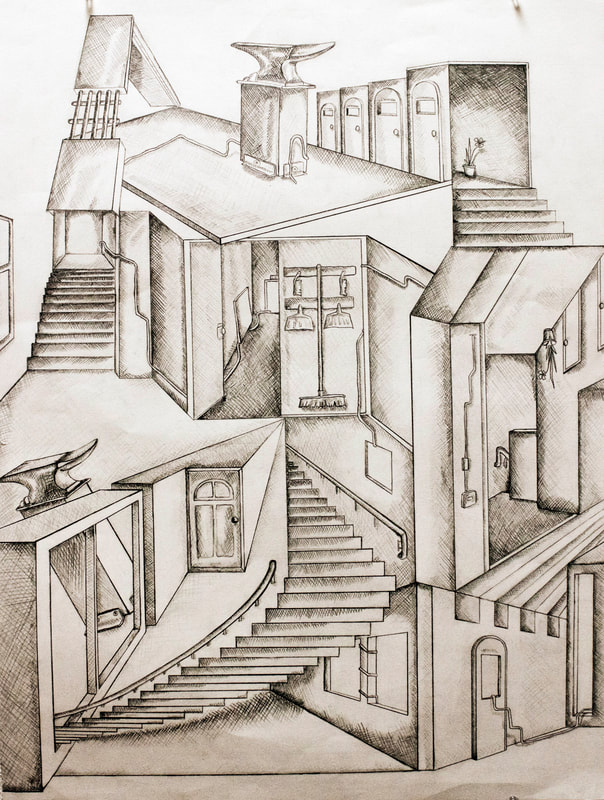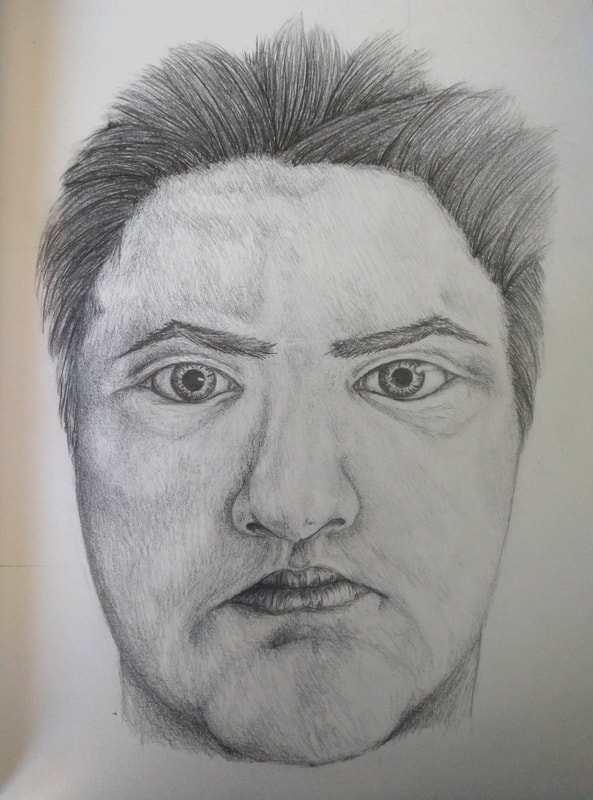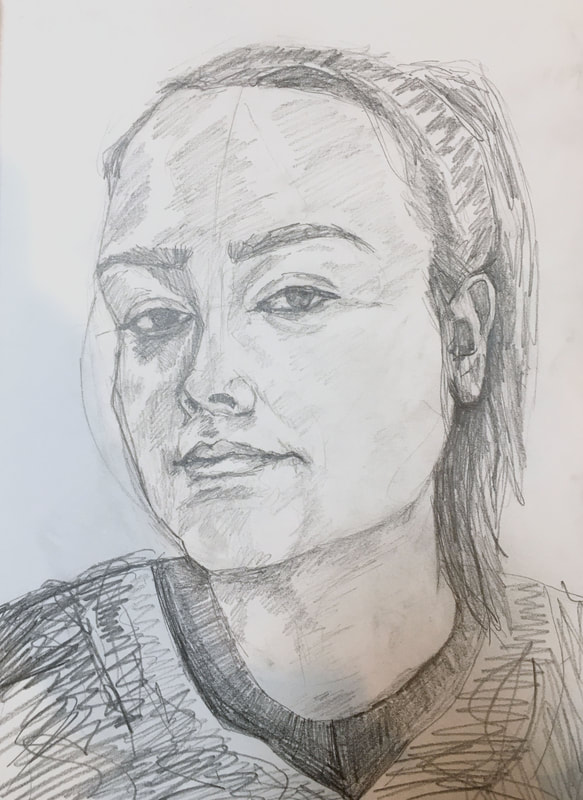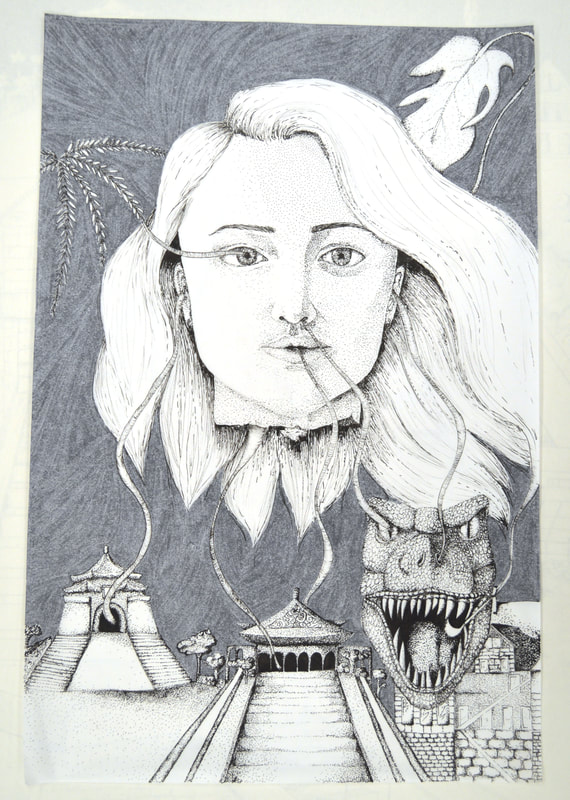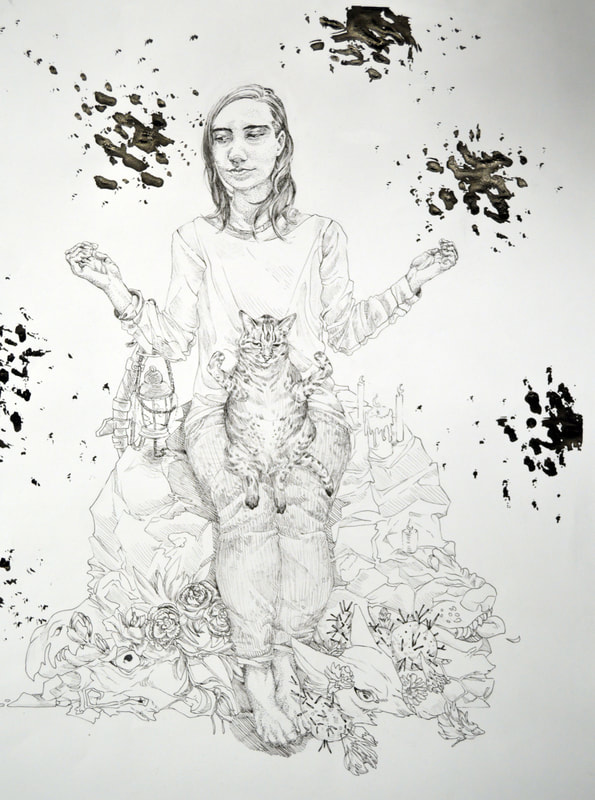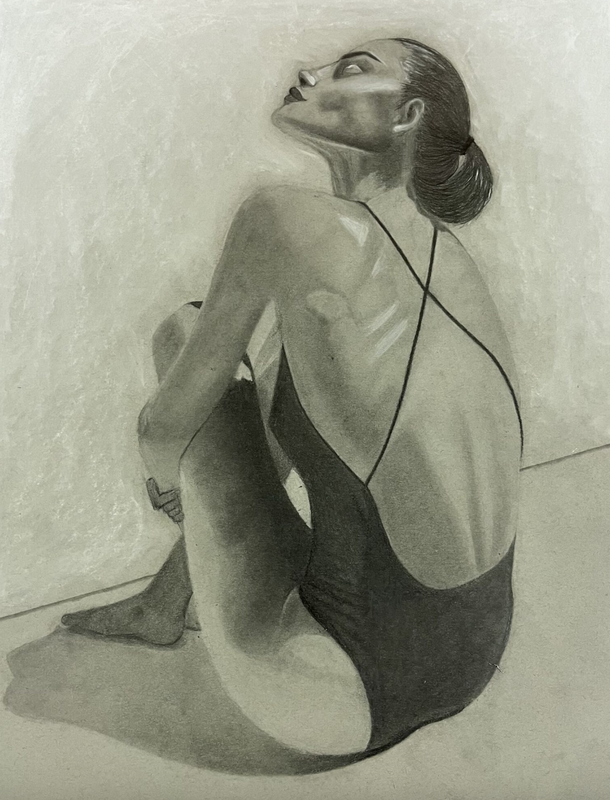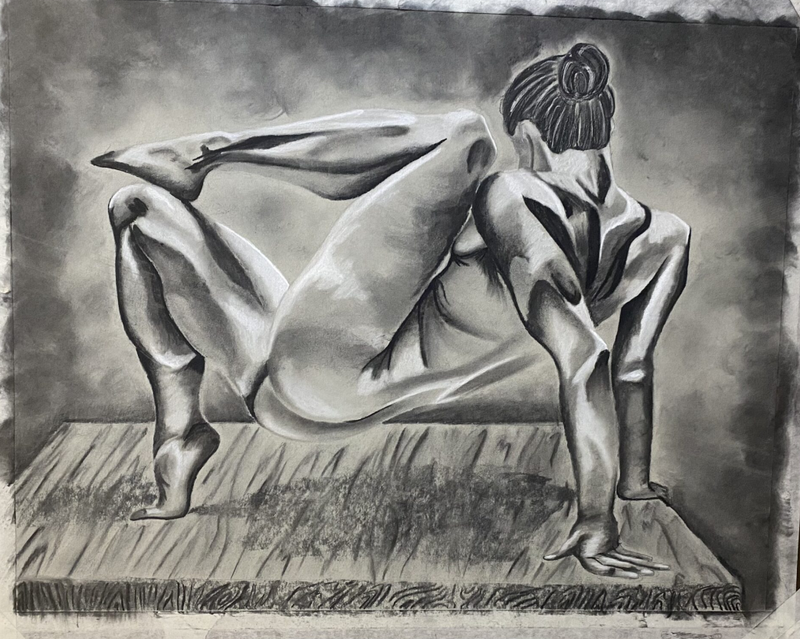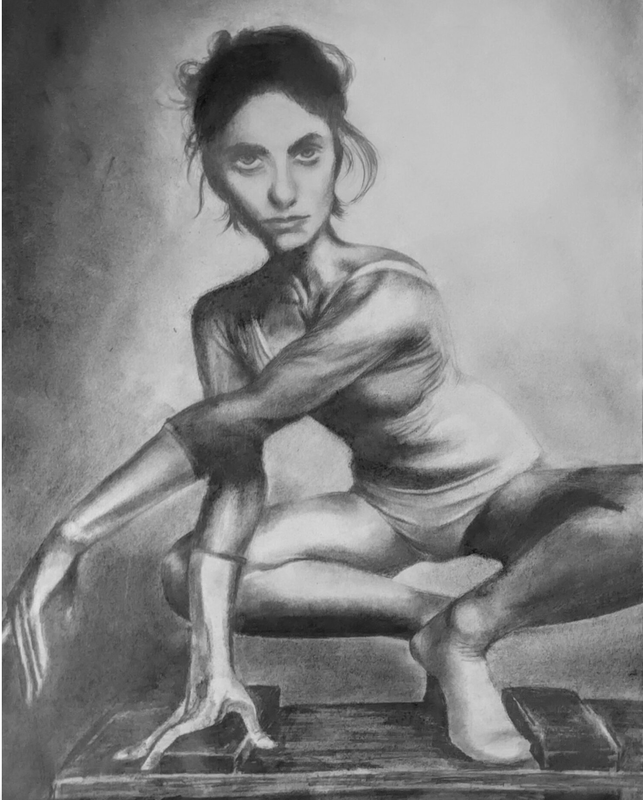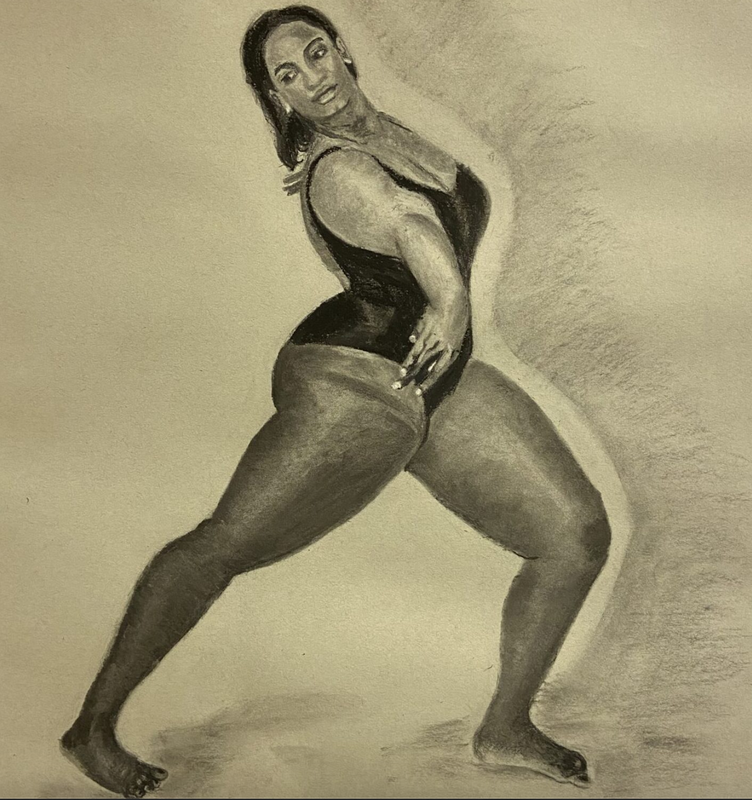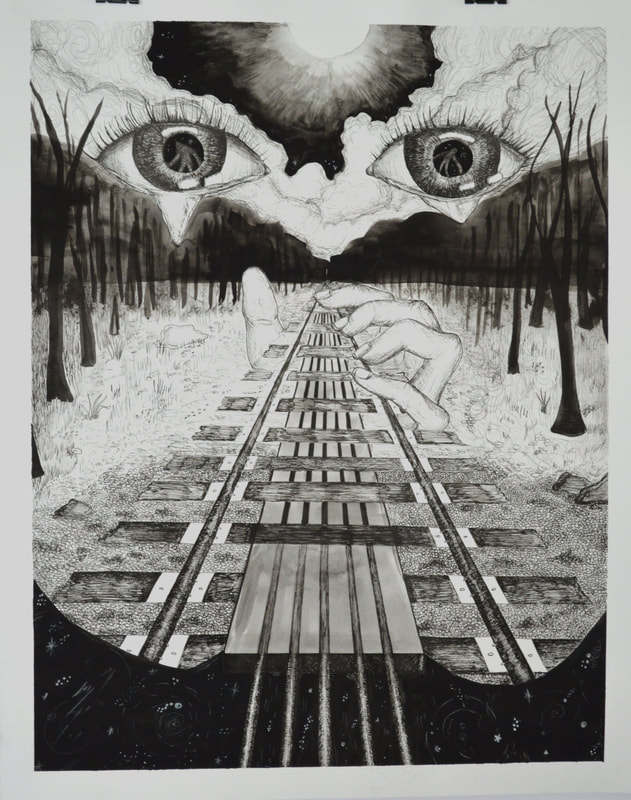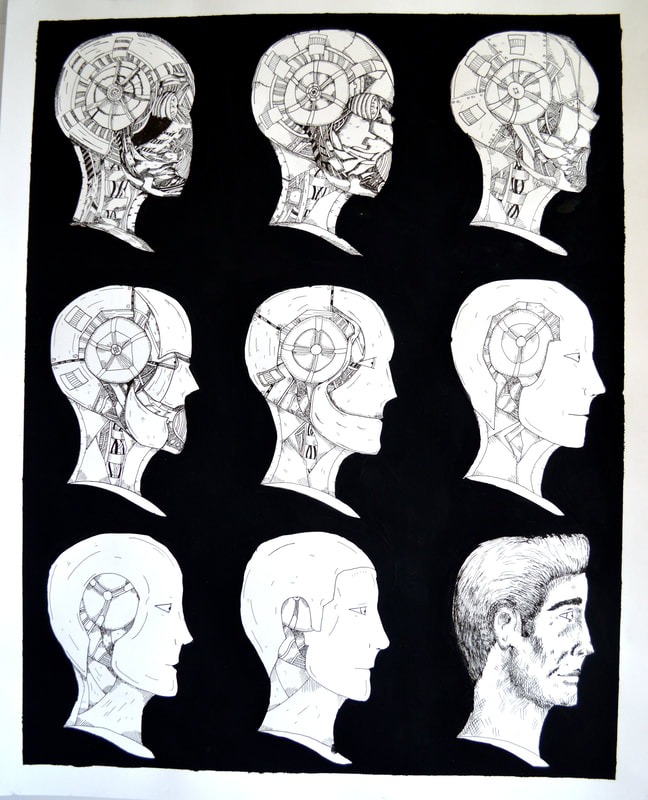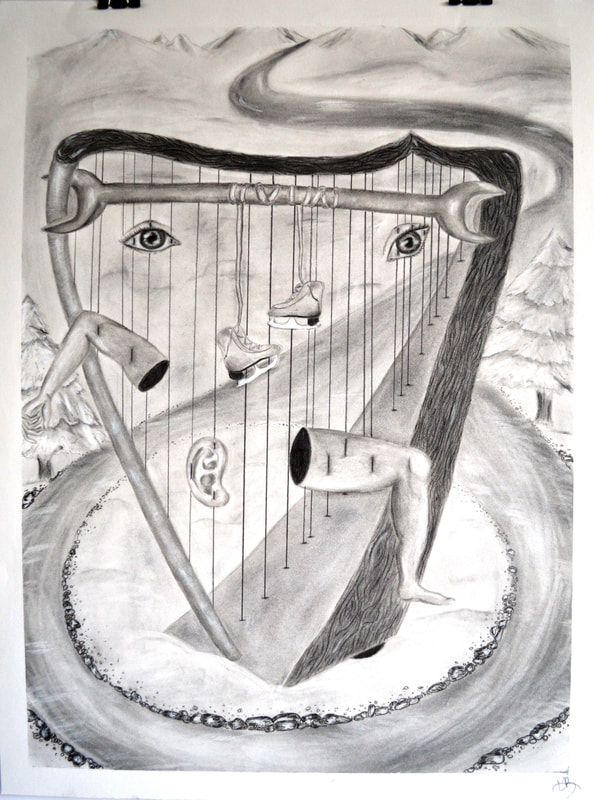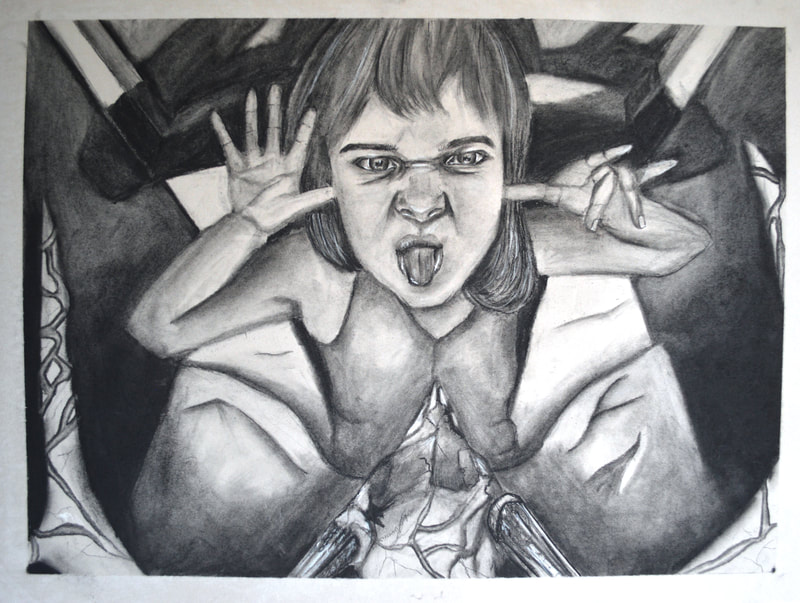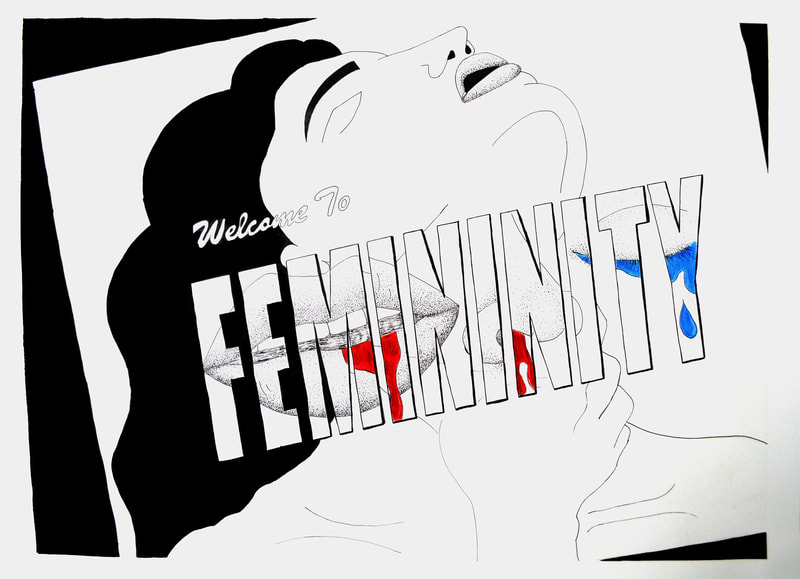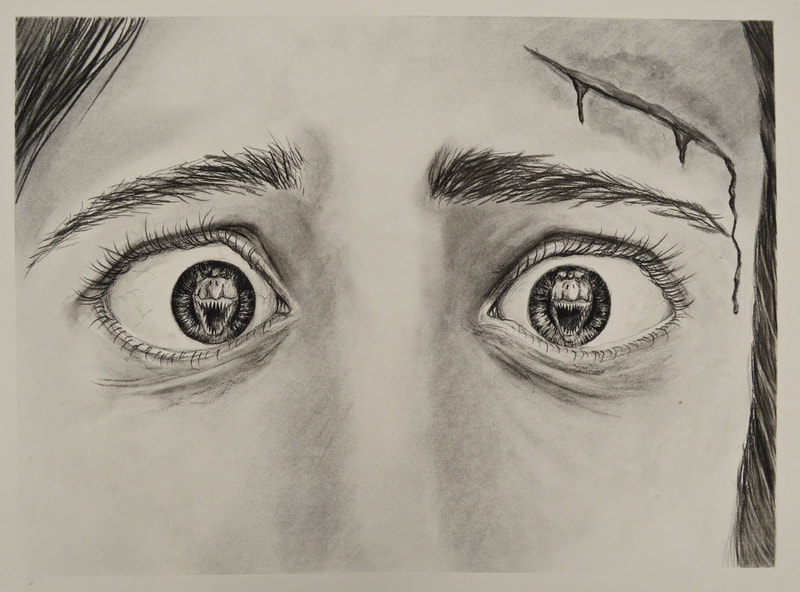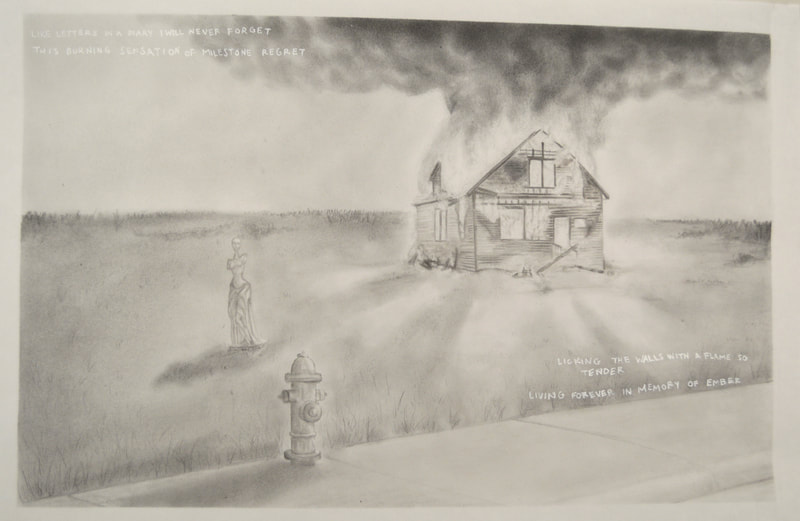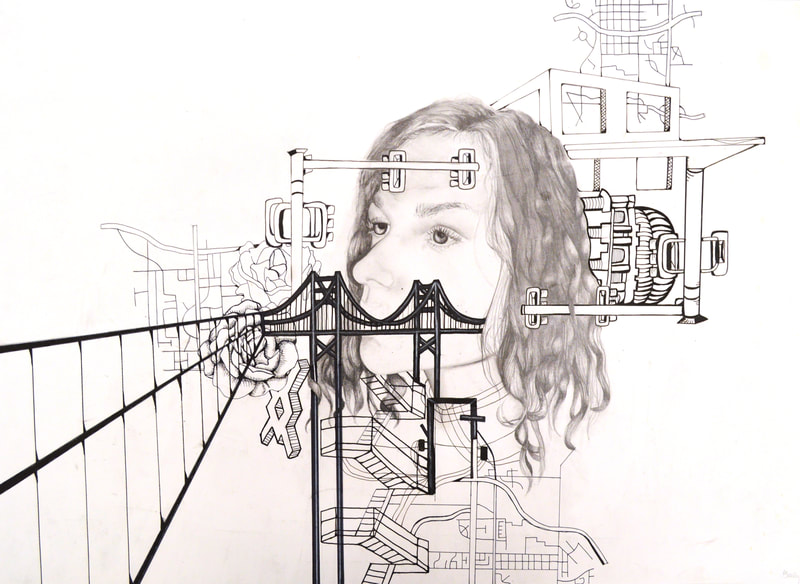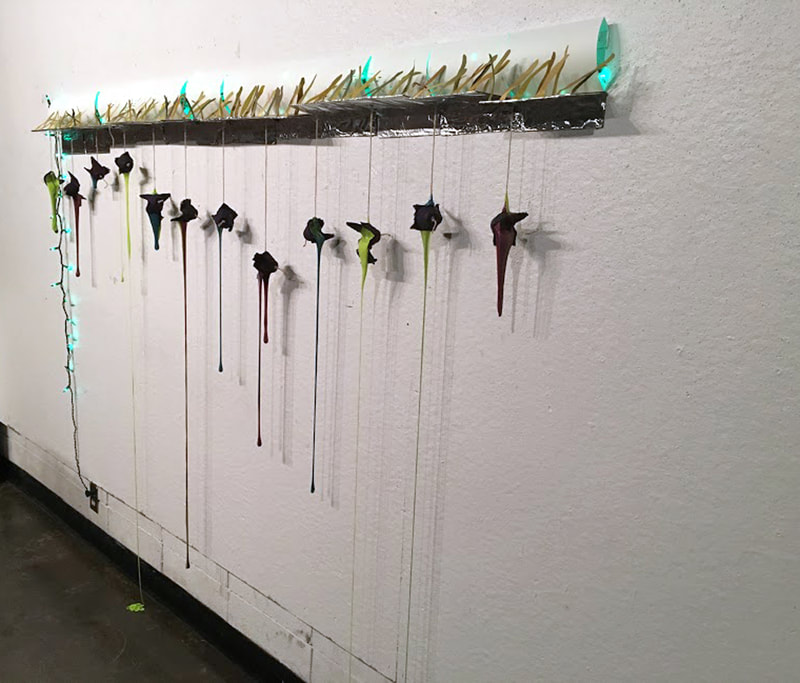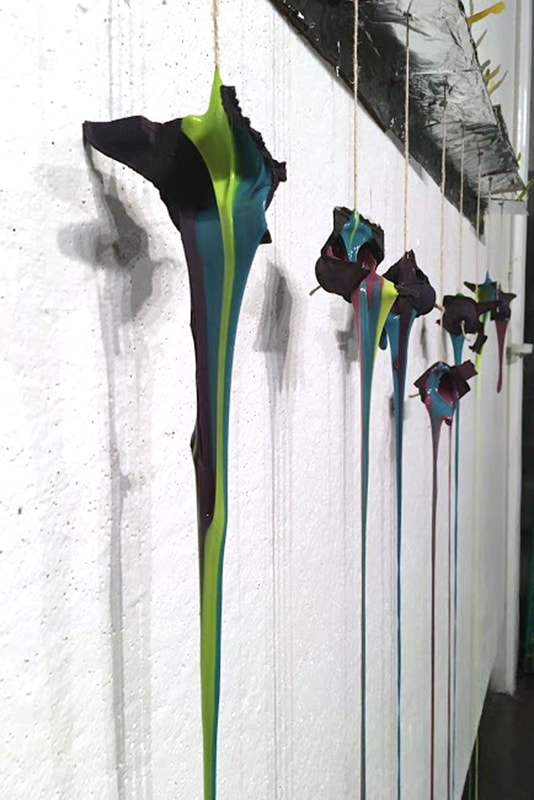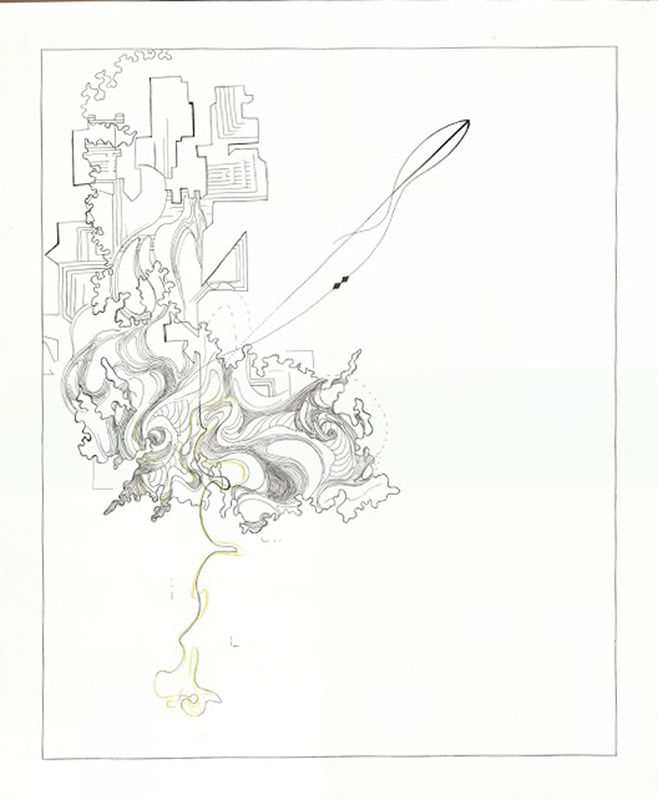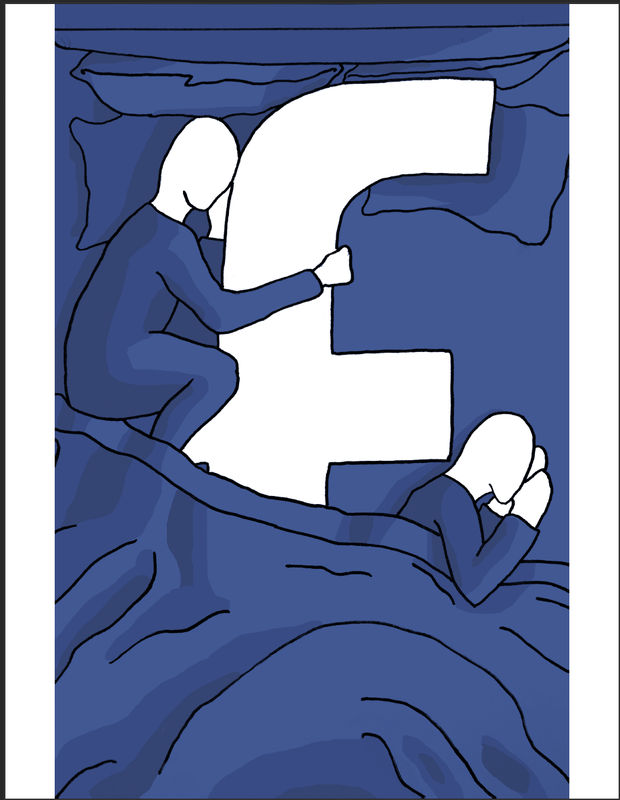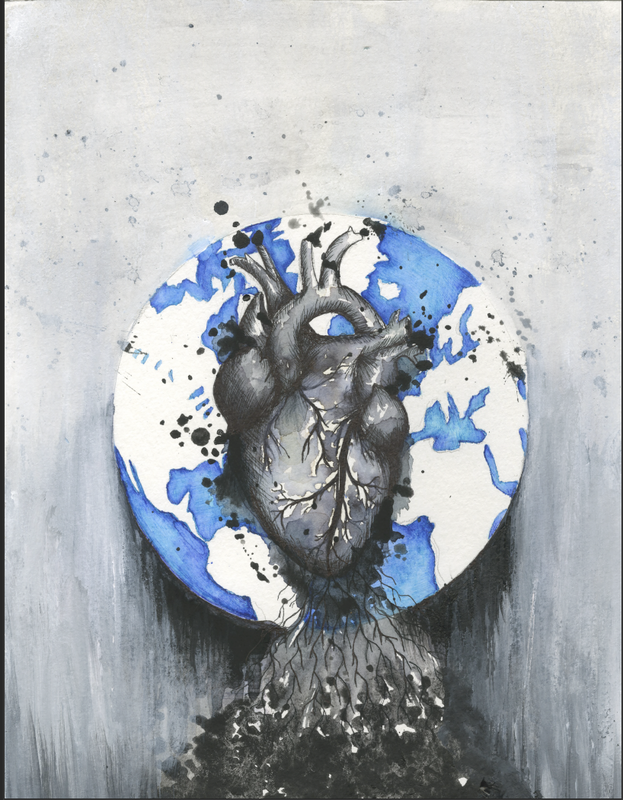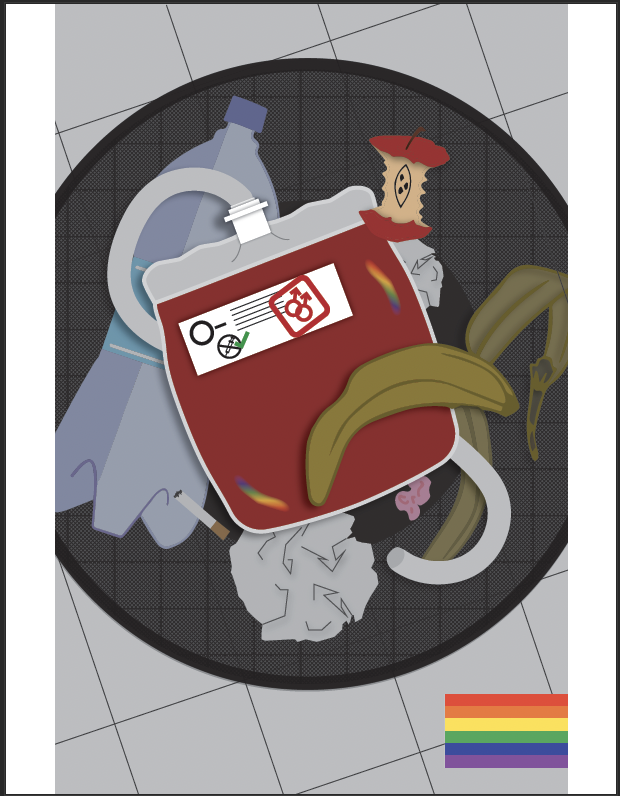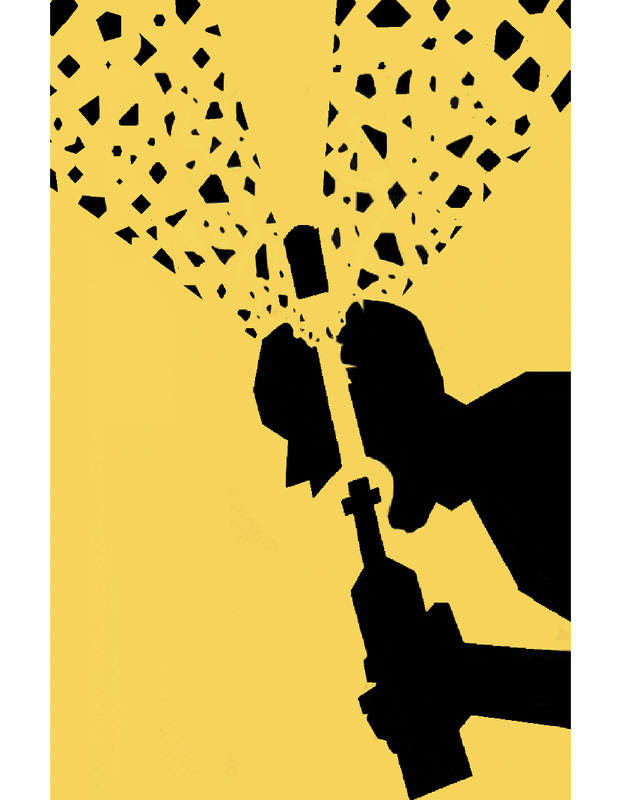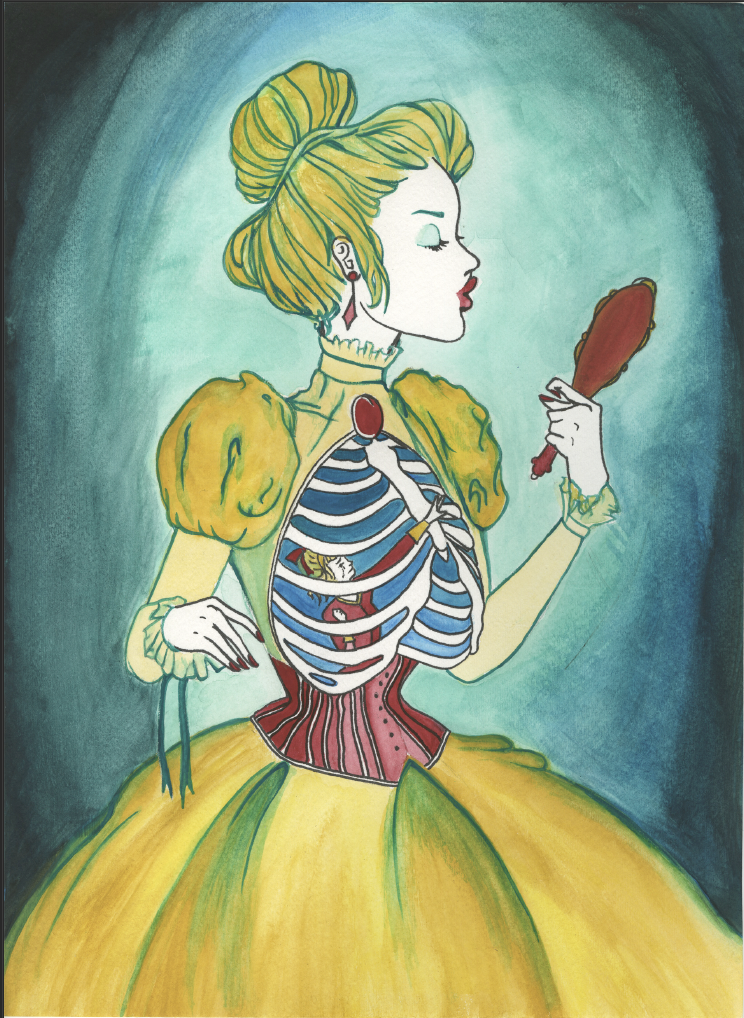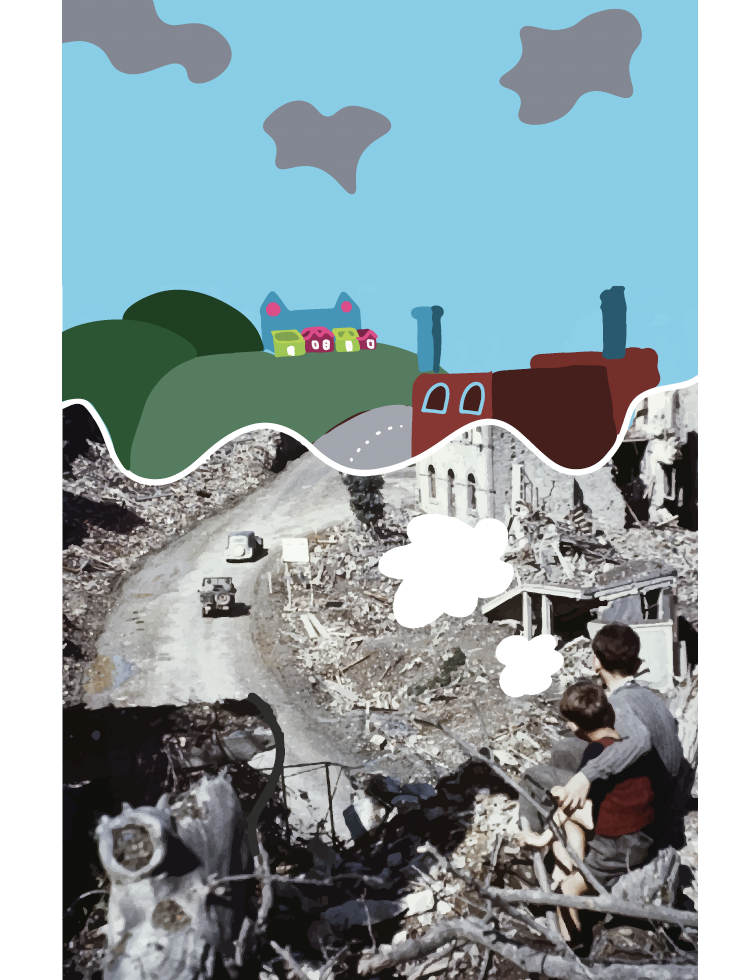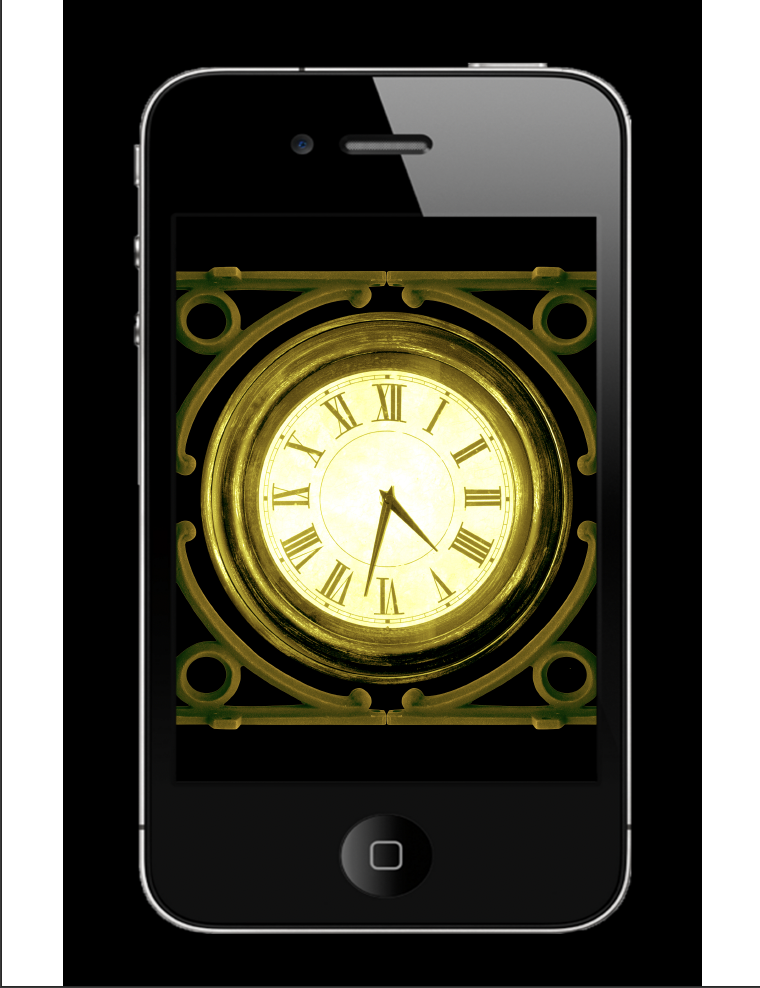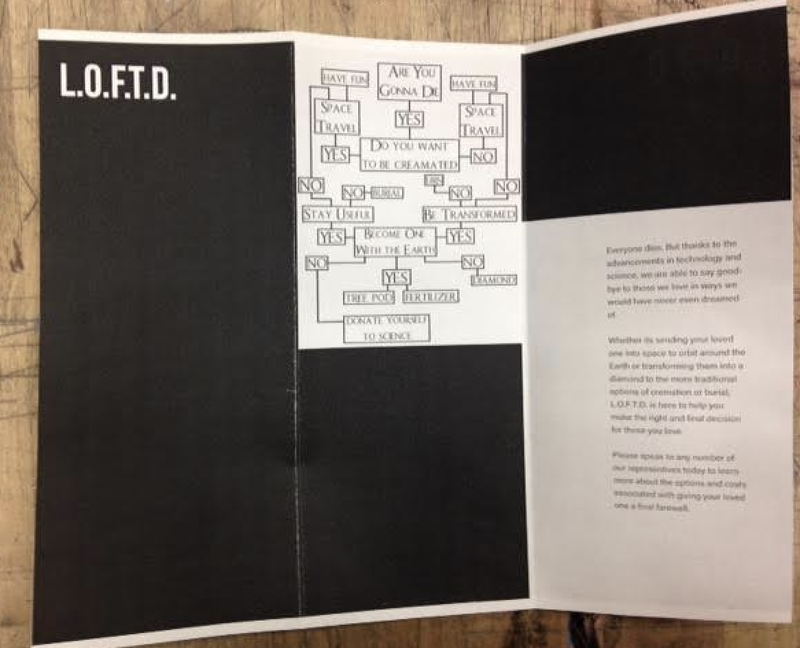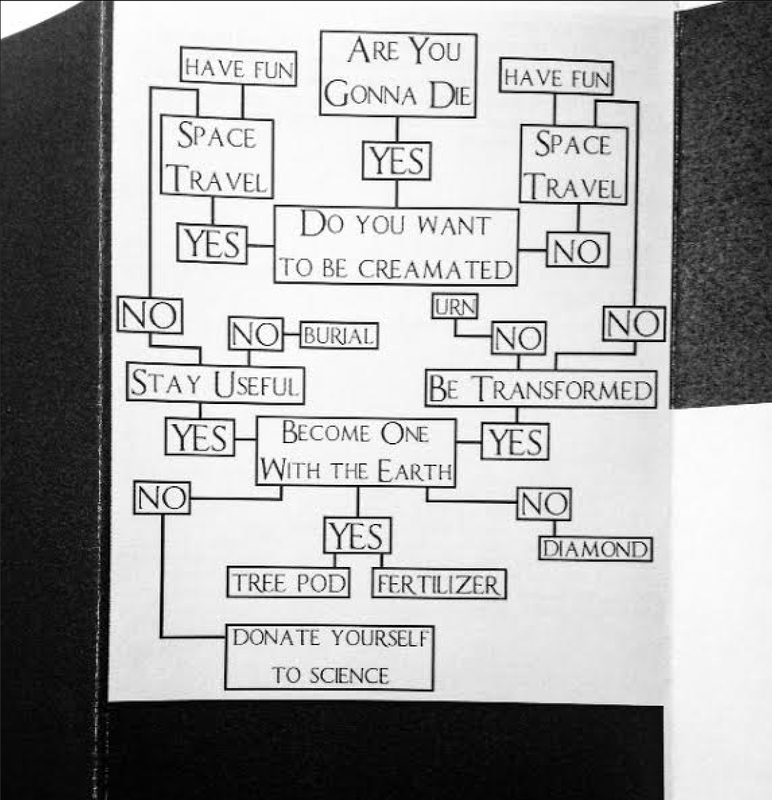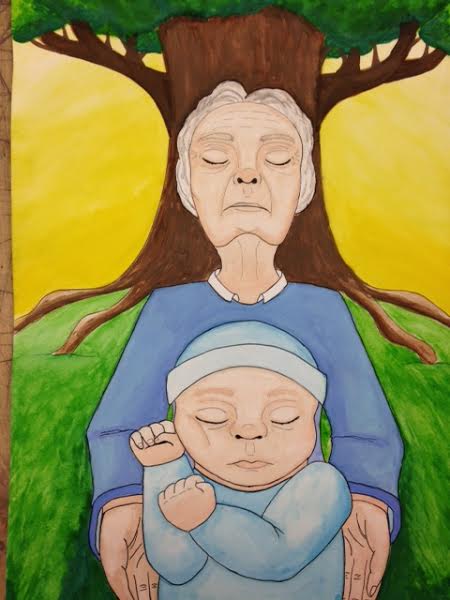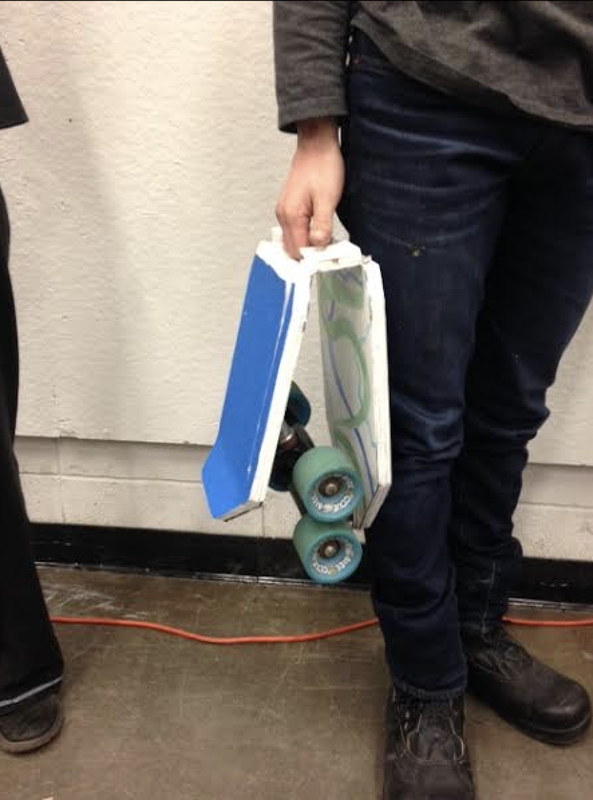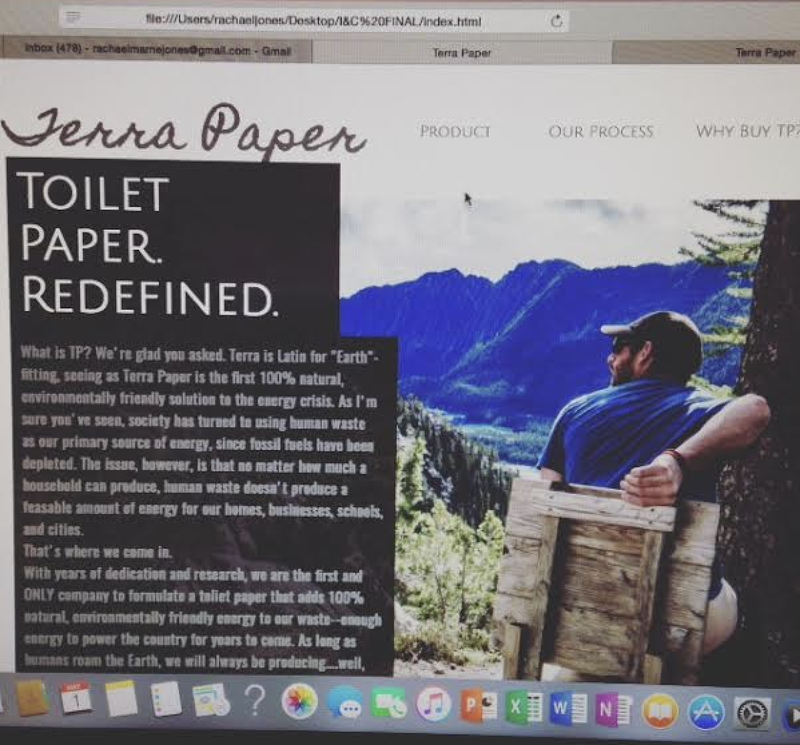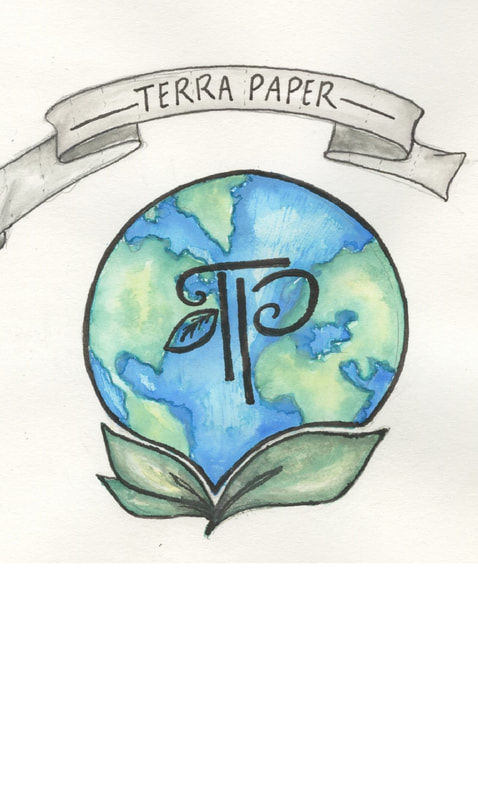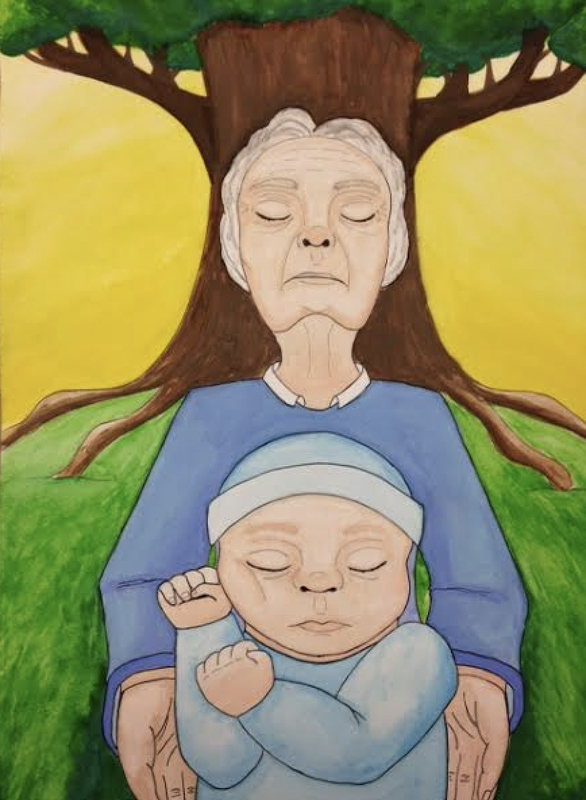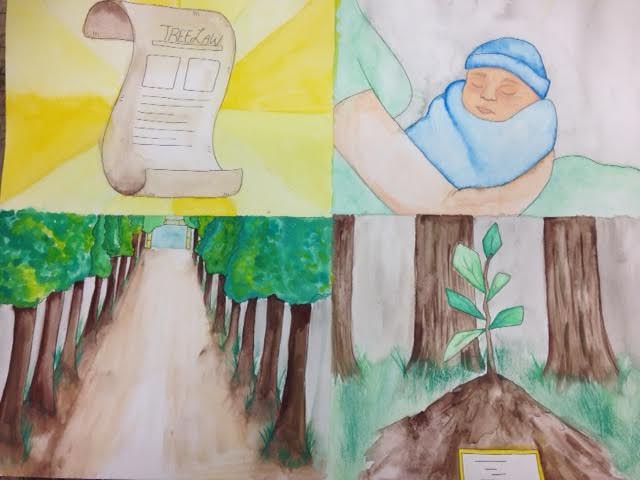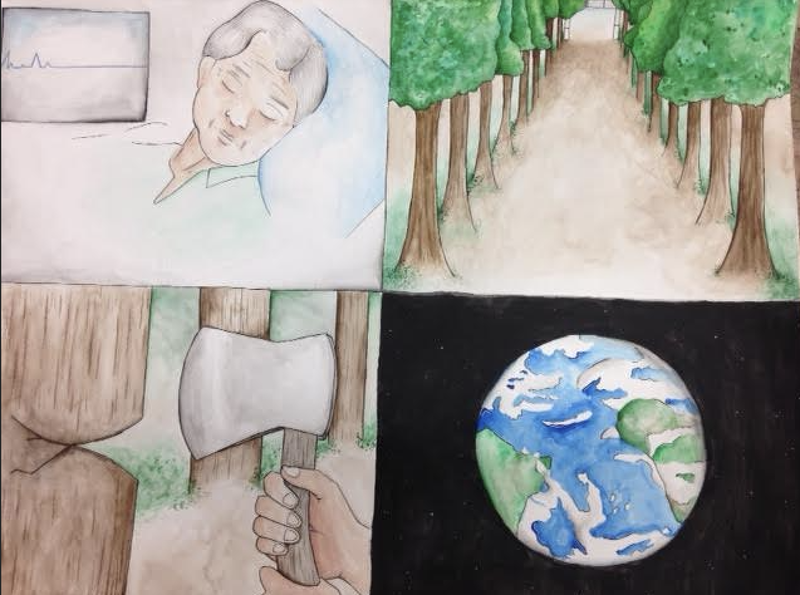Prompt: The Intimate relationship between Clay & Agriculture:
Pueblo/Hopi seed Vessels, pit-firing & the intrinsic ties between
humankind, plants & the environment
Objective: Learn about the deep and intrinsic connection that humankind has had with clay since time immemorial through Pueblo/Hopi Seed Vessels. Discover how humans and plants have embarked on a journey of agricultural use through phenotypic trait selection (choosing the seeds of plants with visibly desirably traits to germinate the following year) and utilized the unique properties of earthenware and terracotta to create a perfect environment for seed saving (minimal light, controlled humidity and moisture atmosphere). Also learn about contemporary examples of Seed saving efforts (Methuselah, the 1900 year old seed germinated from Elaine Solowey of the Arava Institute for Ecological Studies, as well as Svalvard Global Seed Vault in Norway).
Through demonstrations, learn about the premiere forms of hand building (pinching/pinch pot, slab, coil construction) as well as various surface treatments (mishima, scraffito & paper resist). Incorporate all of these methods into the shaping and surface work of your form. Carefully consider the relationship between the form and surface, and how the surface work expresses your own personal relationship with your environment.
Weather permitting, learn how to pit fire your vessel- the first method of solidifying ceramics through quartz inversion to create a sturdy vessel that will no longer slake back down into clay. Clay as a geologic material and how it is made through processes of degradation, the intimate relationship between clay and water, and clay and fire will be discussed.
Prompt: Historical Vessel/Contemporary Surface
Objective: Taking a Global perspective, learn about the rich and vast history of the Vessel throughout cultures around the world. Embark on your own journey to research the meaning of a form you found interesting (what did it hold? How did the function influence the form? What was the relationship between the form and surface? What is the artifactual quality of the piece/ What can you glean from it about the culture it was made from? What does it say about daily life, religion or ritual within that time period and culture? Expand on your hand building skills, and possibly incorporate molded slab construction. Consider the relationship between how and why this piece was made with contemporary issues or related functions.
Prompt: Form VS. Opposing Surface Sculpture
Objective: Looking at contemporary makers, and how this technique can be the first steps to understanding three dimensional abstraction. Practice building techniques (slab, coil, additive and retractive methods) to construct a complex object, and use critical thinking skills to compose a didactic surface that has an oppositional, or surprising relationship to the form of the sculpture. Through careful consideration of aesthetic choices, the artist should create a dialogue or "push/pull" relationship between form and surface, exposing new information or ideation about the subject.
Prompt: Portrait Still Life
Objective: To create a grouping of sculptural or functional objects out of clay that hold personal meaning to you, and when paired together, create an symbolic portrait of you and your life or a portrait of a place that holds deep meaning for you. By exploring the narrative quality, and the history of your relationship with objects and/or place, students will practice how to use specific form as metaphor as part of their on-going explorations in defining their own artistic voices.
Prompt: Trompel'oeil Sculpting Nourishment Sculptural Wall Piece
Objective: Learn about the deep history between clay, cooking, nourishment and representation ("Who gets a seat at the Table?"). Also learn about the origins of the term Trompel' oeil, and how it was used to expand the illusion of time and space in Roman and Greek Villas through frescos, and then emerged as a prominent technique in still life Dutch still life paintings of the 17th century. Move into contemporary times by seeing how artist Dirk Stasche has taken the technique to a whole new level in realistic, 3D rendering, and consider the works of Judy Chicago's Dinner Party in understanding how the meaning behind what is rendered can become powerful commentary on contemporary society. Also look at the works of contemporary ceramic artists Sarah J. Conti (environmental activism and plating with her response piece to Judy Chicagos work) Anna Barlow, Christina Margarita Erives, Susan Nemeth, Jae Yong Kim, Genesis Belanger and Mechelle Brounpraseuth (cultural identity and story telling through food). Learn how to utilize the best technique for your form/ability, while paying close attention to detail and proportion through realistic replication. Either by choosing your favorite meal, or using food as a metaphor, hone your artistic voice through your aesthetic decisions (how you choose to interpret the form) and guide how the viewer makes meaning through intentional compositional choices (how you arrange the different elements of your piece together). Students are guided through a research packet and artist statement workshop for this project.
Prompt: Conservation In Clay: Collaboration with ceramics 1 students & Professor Kris Hoffman's Herpetology Students, supported through a Mini-Hearst Grant & Nature Up North
Objective: This collaboration between my ceramics 1 students and Professor Kris Hoffman's Herpetology students wove together art, science and environmental awareness. Her students taught my students how to conduct scientific research on their chosen New York Native Amphibian or reptile species, and then my students taught her students how to sculpt their chosen species into a hollow vessel sculpture, that, once opened, revealed a clue about the species relationship to their ecology or how the activities of humankind were adversely affecting their habitat. The collaboration culminated in an exhibition of each students' work, at the Launders Science Library, and each student presented an artist/scientific talk about their chosen species. Many thanks to Nature Up North, St. Lawrence University, The Launders Science Library staff and the mini-Heart Grant. Through collaboration and peer learning, students gained valuable research skills alongside refining their observational and sculpting skills. By exhibiting, presenting and speaking about their work to the public, they learned about craftspersonship, exhibition installation and curation, and honed their public speaking skills.
Prompt: Ceramics 1 Final-Waffle Bar Brunch!
Objective: As a celebration of the culmination of the semester, each student will utlize either the wheel, or their hand building skills to build a double set of tableware for our Waffle Bar Brunch. Professor Jones makes the waffles (gluten free and vegan options available), and students bring a topping, side or drink to share (which influences what kind of "complex" serving form they make). Students are required to make 2 large plates, 2 small plates, 2 bowls, 2 mugs and 2 serving vessels. From the double set, they choose the best of each form to bring to the brunch final.
Ceramics II (Intermediate Ceramics)
Glaze & Clay making/testing, Larger scale solid/hollow construction, Slip Casting & Mold Making & Installation/Mixed Media
Prompt: Materiality-Glaze and Clay Formulation
Objective: To take a deeper dive into clay and glaze formulation, using raw materials, oxides and mason stains to further student's ability to sharpen their aesthetic choices with ceramic material. Students learn about safe material handling practices (PPE, contamination hazards, and food safe vs. non food safe glazes and oxides) and where the materials in our glaze lab come from, how far they are shipped to us, and cultivate a sense of material responsibility. We also learn a bit more about the history of different clay bodies, where they come from how they are geologically formed, and which cultures traditionally have used them. Discussions of clay bodies as cultural signifiers, colonial prescribed material hierarchies as cultural suppression methods in the arts, as well as the politics of digging local clay bodies are considered. Students then choose whether they want to make 3 glazes, and do layering tests, a tinted clay line blend or make their own clay body. For the rest of the semester, students can then choose to use shop clays/glazes or make their own for their artwork.
Prompt: Animated Animal Bust
Objective: To explore the idea of integrating emotion, historical or cultural mythology and/or personal memory or experience into a wall mounted animal bust. By choosing an animal and then exploring a subjective or abstracted interpretation of its features, students will practice building solid, additive and retractive building methods as well as allowing the process to guide the outcome. Look at the works of Shelsea Dodd, Beth Cavener & Kelly E. McLaughlin George Rodriguez, Lindsey Pichaske, Russell Wrankle. Learn how to build solid figures/objects and then hollow out the form. Consider the technicalities of display through each stage of the building process (How Will I hang this thing on a wall? What hardware will I need to do so when it is finished? What connection points do I need to consider in the wet stage to make this a safe connection to the wall?) Explore different textural techniques for the surface of your chosen animal. Integrate subjective content into the form, surface and facial features of your chosen animal .Consider a potential narrative through a mythological or historical connection between the human species and the species you have chosen. Practice color matching or consider an alternative color pallet that supports your chosen subjective (emotional) or historical/mythological content. Artist statement and research packet is mandatory for this project.
Prompt: Making Meaning Through Multiples: Slip casting & Mold Making
Objective: To learn how to make drop mold, or slumb/hump one part mold, and 2 part molds using a found object to conceptually explore function and constructing meaning through the replication of “found” forms and textures through the construction of a set of 6 functional pieces, or 1 sculptural work.
- Become Proficient in measuring, mixing and pouring plaster to make plaster molds that can be either slip cast or press molded.
-Practice safety & hazard mitigation when working with plaster; wearing dust mask & gloves, proper plaster disposal & clean up, take measures to avoid studio contamination of plaster, etc.
-Learn about the history of mold-making in the Ceramic Arts & the Ceramic Industry
- Expand your understanding of constructing meaning by allowing the process/form to dictate the meaning,
or by first choosing the concept and allowing the concept to dictate the form
- Further hone your ability to use basic principles of design such as repetition, variation, proportion, color etc.
to construct interesting compositions (either sculpturally or functionally).
- Become Proficient in measuring, mixing and pouring plaster to make plaster molds that can be either slip cast or press molded.
-Practice safety & hazard mitigation when working with plaster; wearing dust mask & gloves, proper plaster disposal & clean up, take measures to avoid studio contamination of plaster, etc.
-Learn about the history of mold-making in the Ceramic Arts & the Ceramic Industry
- Expand your understanding of constructing meaning by allowing the process/form to dictate the meaning,
or by first choosing the concept and allowing the concept to dictate the form
- Further hone your ability to use basic principles of design such as repetition, variation, proportion, color etc.
to construct interesting compositions (either sculpturally or functionally).
Prompt: FINAL- Guerilla Art Installation (Expanded Media + Clay)
Objective: To create a work of art that responds to the specific nature of a chosen space, taking into account through aesthetic choices, the spaces’ structure, how people interact and move within or through the space, and any emotive qualities felt within it. The chosen space could be inside either the Griffith or Noble Art Center, or outside the buildings. The installation can have a proposed idea inspired by the viewers interaction or could be a purely abstract representation of the phenomenological qualities of the context in which it exists.
Learning Outcomes:
- Research the specific nature of human interaction within a specific space, considering how the chosen space can influence behavior
- Translate phenomenological research (using your senses to perceive information and formulate a response to your environment) into aesthetic (visual) representations
- Consider the viewers’ interaction with your work, and hone in on your ability to use art as a language to translate an idea or concept
- Integrate the elements of space and time within your work (duration, temporality/degradation, etc.)
- Utilize the best ceramic technique for your proposed concept
- Consider the complex nature of how your work will physically exist within a space (how will your piece need to be hung, attached or held together within the space?) Considering the installation process before you begin making the work
- Incorporate repetition, point of emphasis, variety, rhythm & continuity to create an interesting composition within your installation
- Possibly integrate mixed media within the installation and consider how the materiality of each component works together to visually describe your concept.
- Consider possible ramifications or affects your artwork may have on the space. Contact the appropriate authorities to ask permission for permanent installation and negotiate the terms of the installation.
- Design and execute safe installation methods to ensure the artwork does not pose a hazard to the public (check with your professor before you install).
-Collect information of responses to your public art.
Learning Outcomes:
- Research the specific nature of human interaction within a specific space, considering how the chosen space can influence behavior
- Translate phenomenological research (using your senses to perceive information and formulate a response to your environment) into aesthetic (visual) representations
- Consider the viewers’ interaction with your work, and hone in on your ability to use art as a language to translate an idea or concept
- Integrate the elements of space and time within your work (duration, temporality/degradation, etc.)
- Utilize the best ceramic technique for your proposed concept
- Consider the complex nature of how your work will physically exist within a space (how will your piece need to be hung, attached or held together within the space?) Considering the installation process before you begin making the work
- Incorporate repetition, point of emphasis, variety, rhythm & continuity to create an interesting composition within your installation
- Possibly integrate mixed media within the installation and consider how the materiality of each component works together to visually describe your concept.
- Consider possible ramifications or affects your artwork may have on the space. Contact the appropriate authorities to ask permission for permanent installation and negotiate the terms of the installation.
- Design and execute safe installation methods to ensure the artwork does not pose a hazard to the public (check with your professor before you install).
-Collect information of responses to your public art.
Ceramics III & Independent Study Work:
(Advanced Ceramics & Guided Bodies of Work)
Wheel Throwing Intensive:
A Global Perspective On Rotary Motion & its' Influence on Human evolution
(Taught as an upper division research and respond method course)
Prompt: History of the Wheel-Multiples, Efficiency, & Cultural and Economic Mobility
Objective: Follow the very beginnings of rotary motion through spindle rods for fire starting, different iterations of the ceramic pottery wheel, and it's transformation by the industrial revolution to incorporate Jiggers, Jollies and mold production to expedite the process for mass consumption. Make a set of bowls and plates on the wheel using slump and hump molds, and your own arm and rib as the jigger and jolly.
Prompt: Empty Bowls Project- Collaboration with Steve Hilton to be Exhibited in "The Practice Is the Point" Exhibition at the Plains Museum in Fargo North Dakota (Bowls sold to fight food insecurity in the US/Turtle Island) Fall 2023
Prompt: Make 8 bowls, the best 5 of which will be donated to the Empty Bowls Project, initiated by Steve Hilton, who invited Professor Jones and her students to participate. The project was also part of an exhibition at the Plains Museum in Fargo, ND titled, "The Practice Is The Point", which is taking place in the fall of 2023. After being exhibited, the collection of over 1300 bowls will be distributed as seed bowls throughout the US into local communities for artists who want to start their own Empty Bowls initiatives. During an "Empty Bowls" event, bowls are sold with a simple meal, often soup or chili, and the proceeds are donated to combat food insecurity in the local community in which the event is taking place. My students joined over 100 other artists from over 30 states and 4 countries to raise a pledged amount of $62,000 for food insecurity around the US/Turtle Island.
Students learn about national food insecurity, the power of social practice and community, craftspersonship, professional communication skills, documentation, cataloguing their work for an exhibition, and proper packing and shipping procedures.
Students learn about national food insecurity, the power of social practice and community, craftspersonship, professional communication skills, documentation, cataloguing their work for an exhibition, and proper packing and shipping procedures.
Prompt: Hindu Religious Materiality: Clay, Light & Ceremony
(previously incorporated a collaboration with Dr. Arun Brahmbhatt's Hinduism course)
Prompt: Make a set of diyas, or a sculptural Image of a God or Goddess that holds importance for you, constructed out of thrown parts. Guest Lecturer, Professor Arun Brahmbhatt explains the importance of materiality within HIndu religious ceremonies, and how clay has held an integral role in production of diyas (small ghee/oil burning lamps) and sculptural Images of the specific gods and goddesses in the Hindu Religion. Diyas, in particular, bring light into the lives of those who celebrate Diwali, the festival of lights, which is a celebration of "light over darkness, good over evil and knowledge over ignorance". This festival occurs during the Hindu solar months of Ashvin and Kartika (between mid-September and mid-November) when day light begins to dwindle. Another example is when Images of Ganesh are sculpted from clay, and then brought to the sea (or a body of water) to dissolve back to which they came during the last day of Ganesh Chaturthi Festival in a tradition called Ganesh Visarjan or Ninajjanam. Hist students come to the ceramics studio to create Diyas using pre-fabricated press molds, while my ceramics wheel throwing intensive students throw a set of at least 10 on the wheel and decorate them. They are then donated to the annual Diwali Festival hosted by the ASIA student club for other students to paint and take home. .
Prompt: Black Erasure & Representation through the Vessel
Prompt: Through the readings of John Outterbridge's "Black Potters of LA" (Studio Potter, 1981), the Interview with SImone Leigh in "Hear Me Now-The Black Potters of Old Edgefield, NC" and Jori Finkles " The Enslaved Potter whose Pottery was an Act of Resistance" by Jori Finkel students ground themselves in a deeper understanding of the how racism, representation, resistance and community building shape the lived experience of Black ceramic artists in the US/Turtle Island. By looking at the works of contemporary ceramicists Paul Briggs, Malcom Mobutu-Smith, PJ Anderson, Osa Atoe, Khalil Irving, and Victoria Walton, as well as the Weed Pots exhibition of Doyle Lane, students are exposed to how lived experience, identity, representation and resistance can influence specific aesthetic choices and how to direct work to a specific audience.
What can a vessel hold? How does the surface either conflict with, conceal or celebrate what is being held on the inside? How does the presence of the form speak to the viewer? What does it represent within the maker? They are then prompted to either create a set of their own intimate small "weed" vases, or a free form that represents their own identity.
What can a vessel hold? How does the surface either conflict with, conceal or celebrate what is being held on the inside? How does the presence of the form speak to the viewer? What does it represent within the maker? They are then prompted to either create a set of their own intimate small "weed" vases, or a free form that represents their own identity.
Prompt: Large Form: Korean Onggi Jars, Fermentation and Food Storage
Prompt: learn about the history of, and how traditional Onggi Jars are still being made in Korea through a recorded demonstration by Jin-Gyu, looked at the beautiful work of Grace Han, and learn all about the science of fermentation.
Students choose their large form that has to be at least 16” high when wet, (can be functional or sculptural) then choose their method (throwing in parts and attaching, coiling on the wheel like Jin-Gyu, or a combination method). We discuss the importance of ergonomics when handling large amounts of material, and choosing the method that’s best for each student's body and ability. body and ability.
Students choose their large form that has to be at least 16” high when wet, (can be functional or sculptural) then choose their method (throwing in parts and attaching, coiling on the wheel like Jin-Gyu, or a combination method). We discuss the importance of ergonomics when handling large amounts of material, and choosing the method that’s best for each student's body and ability. body and ability.
Prompt: Clay & Sound: Historical & Contemporary uses of the resonance of clay
Prompt: Learn about the drum makers of Gujarat, India, traditional Udu drums of the Igbo women of Nigeria, as well as contemporary makers "Sonic Mud" collective. We also learn about the closed form whistles made by Betül Gülbulak, contemporary replicas of vasijas silbadoras de agua ( whistling pots of water) made by artisan Ccahuana and his son, and artist Hans Houkes' pitch specific whistle forms, historical Peruvian pan flutes, as well as Gemma Luz Bosche's 5 Flute Ocaruno. We look at the chimes of Caroline Ceramics, and Rain Chains of Jenn Allen. Then we deep dive into how sound waves work, and why the density of vitrified clay makes such a good amplifer/speaker material and look at Mai Nguyen's "toilet phone speakers". Readings on Paulo Soleri's Bells of Arcosanti, a whistle tutorial by Kirsten Giles, and "Making Music through Clay: The instruments of Dag Sørensen" by Barry Hall are also discussed. Students are then challenged to make their own clay and sound piece.
Prompt: Wheel Throwing Intensive OPEN Final
Prompt: By either extrapolating on a previous project, or creating your own statement of inquiry, create 3-5 works utilizing the wheel that are a cohesive body of work- a functional set, sculptural body of works, a performance piece or an installation. Carefully record your research through a mind map that includes at least 1 of each of the following source materials: tactile/material, visual, literary, historical, and contemporary. Consider your intended audience and possible unintended audiences.
Senior Year Experience/
Capstone Body of Work
Prompt: Through guided mentorship, create a body of artwork that responds to your research and write an accompanying artist statement. Students are guided through contemporary art theory, professional and research practices, gallery installation methods, and professional communication etiquette. The works culminate in a group exhibition at the Richard F. Brush Gallery the spring of their Senior Year.
**DRAWING 1, 2D & 3D FOUNDATIONS AND CREATIVE IDEATION (FOUNDATIONS) EXAMPLES ARE COMING SOON! **
Drawing 1 (Foundations Gateway course)
(The first half of the semester focuses on learning the foundations of drawing in short, in class and sketchbook drawing exercises. The second half utilizes those skills in longer sustained drawings)
Prompt: Plant Abstraction Drawing (first sustained drawing)
Objective: Students learn about the history of abstraction and alternative observation through time, and how it has been used throughout cultures around the world (Ancient Greek & Roman, Egyptian, West African Vodun Art, Aboriginal dot sand drawings, Guo Xi's Floating Perspective in Eastern Ideology). We then discuss how the preference of observable (primarily visual) evidence and linear perspective influenced the Renaissance in western culture. and how these ways of knowing shaped their sense of time and relation. Students are then shown examples of subsequent art movements and how they began to integrate more perceptual haptic ways of knowing (using the senses to influence the making of, and interpretation of art) such as The Age of Enlightenment, Romanticism (and relation to environment/the land) , Impressionism, Cubism, Abstract Expressionism, Modernism and Process Art. We also discuss the influence that artists of the global south had on more well known (in western culture) artists such as Picasso(African Art)and DeGas (Central/South American Art) and how they appropriated techniques of abstraction from these cultures. We then dive into the alternative drawing processes of Mel Bochner, Richard Serra's Molten Lead Drawings, Lin Meyers large scale drawn murals, the Wire drop drawings of Richard Tuttle, Marcel Duchamp's "Joke About the Meter", Lee Lozano's Transitive Verbs, Eva Hess's sculptural drawings with light, Felt sculptures of Robert Morris, the imaginative drawings of Salvador Dali, and the Entropic Land art drawings of Robert Smithson.
Then students go through a mind map writing exercise where they choose 3 words that describe themselves, then choose 3 transitive verbs to describe each of the primary words, and are challenged to think of shapes/colors/feelings for each word. They then use these words to come up with a plant that they feel might best represent themselves and draw the plant as a botanical drawing (as much detail as possible using contour lines). They are then walked through 3 stages of abstraction for this drawing, and then use a word document to change the scale, dimensions and replicate their abstractions to begin thinking about the development of a composition that has a clear foreground, middle-ground and background. Students are given a powerpoint on how to create a composition that considers repetition, rhythm, movement, point of emphasis, spacial depth and balance of value and forms. students then create 3 different versions of their compositions and pick the best one to map on their vellum. Students then add value to their drawing, and the last stage is a "fluid response" process where they ask classmates about their interpretation of compositional flow, emphasis, spacial depth and balance of value and form and respond to their feedback. The main goal of the drawing is to focus on process over pre-determined outcome, and carefully consider overall composition as the parts respond to one another to create an overall feeling or sense of personality conveyed to the viewer through non-objective mark making, form and composition. Students get to choose whether they use graphite, charcoal or ink on vellum.
Then students go through a mind map writing exercise where they choose 3 words that describe themselves, then choose 3 transitive verbs to describe each of the primary words, and are challenged to think of shapes/colors/feelings for each word. They then use these words to come up with a plant that they feel might best represent themselves and draw the plant as a botanical drawing (as much detail as possible using contour lines). They are then walked through 3 stages of abstraction for this drawing, and then use a word document to change the scale, dimensions and replicate their abstractions to begin thinking about the development of a composition that has a clear foreground, middle-ground and background. Students are given a powerpoint on how to create a composition that considers repetition, rhythm, movement, point of emphasis, spacial depth and balance of value and forms. students then create 3 different versions of their compositions and pick the best one to map on their vellum. Students then add value to their drawing, and the last stage is a "fluid response" process where they ask classmates about their interpretation of compositional flow, emphasis, spacial depth and balance of value and form and respond to their feedback. The main goal of the drawing is to focus on process over pre-determined outcome, and carefully consider overall composition as the parts respond to one another to create an overall feeling or sense of personality conveyed to the viewer through non-objective mark making, form and composition. Students get to choose whether they use graphite, charcoal or ink on vellum.
Prompt: Charcoal Still Life (sustained drawing)
Prompt: Using visual observation, siting and linear & comparative perspective techniques to translate three dimensional objects into a two dimensional picture plane to map each object as it relates to the overall composition. Students then assign each form a value tone, and then map shadows and high lights to render volume, texture, and dimensionality based on the direction and strength of the light source (working general to specific).
Prompt: Perspective Labyrinth (Sustained Drawing)
Objectives: Having looked at the works of M.C. Escher, create an illusionistic maze-‐like “18x24” collaged drawing from ten (10) separate perspective sketches. The drawing will be completed in four (4) steps. The finished drawing will illustrate 1 & 2-‐point perspective, the illusion of space, movement, three‐dimensional form and imagination, and have a clear for-ground, middle ground and background.
Prompts: Figure Drawing & Portraiture (sustained drawing)
Prompt: First, using quick gestural line work, students map out the general forms and points of articulation of a chosen or live figure. Then, using parallel, horizontal and angled lines as well as stacked volumetric forms, begin to visualize the complex curves created by the muscular and structure beneath the skin. Using positive and negative space shapes, as well as comparing and contrasting to other parts of the body, students then begin to refine the contour edges, facial features and finish with adding value to create volume within facial features and the dips and swells of the body. For the portraiture assignment, they are able to choose to do a self portrait, of a portrait of a dear friend, loved one or family member. I have taught these assignments both from life, and working from a photograph depending on model availability and availability of mirrors for students to use.
Prompt: FINAL Narrative Drawing (sustained Drawing)
Objectives: To integrate line sensitivity, composition, spacial depth, time and implied symbolism through objects and understanding of depth of space to imply a narrative (either one from a short story website provided, or one the student wrote or found themselves). Also explore implied motion and durational time through the figure ground relationship of your composition.
2D/3D Foundations Course
(taught together as per the MSU Foundations Curriculum)
****Section in Progress****
Creative Ideation Course
(A Semiotics & Cultivating Creativity based lecture, discussion and studio foundations course)
Prompt: Social Semiotics Posters
Objective: Using your knowledge of Gestalt & Semiotics, create one poster that might change the way people think about or view a social issue and/or an ideological stance. Students learn To: explore Ideation, Gestalt, and Semiotic principles for effective ways to use images to design a compelling composition, To communicate a stance or point of view through the use of images, To utilize the concepts of Semiotics to edit, dissect, rearrange, and juxtapose images to communicate a message, To experiment with the poster “format” as a visual vehicle for message transmission.
Final Prompt: Solution-Based Creative Ideation & Product Development
Objective: After looking at the work of Patricia Johanson, Gregory Kloehn, Harvy Lacy, Susan Kare and James Bettison (1958-1997), Bert Long, Jr. (1940-2013), Jesse Lott, Rick Lowe, Floyd Newsum, Bert Samples, and George Smith of Project Row Houses, students are guided through different creative research methods, then put into groups to decide on an obstacle that humankind is currently facing (could be social, environmental, cultural, political, etc.). They then work together to conduct research and gather data on their obstacle to come up with several possible solutions. Through discussion and critical dialogue, then then decide which idea best fits the obstacle and create either a product, process or collective action. As evidence of their research, they can produce a pamphlet or a poster, a story board or a website and a proto-type of their solution.
